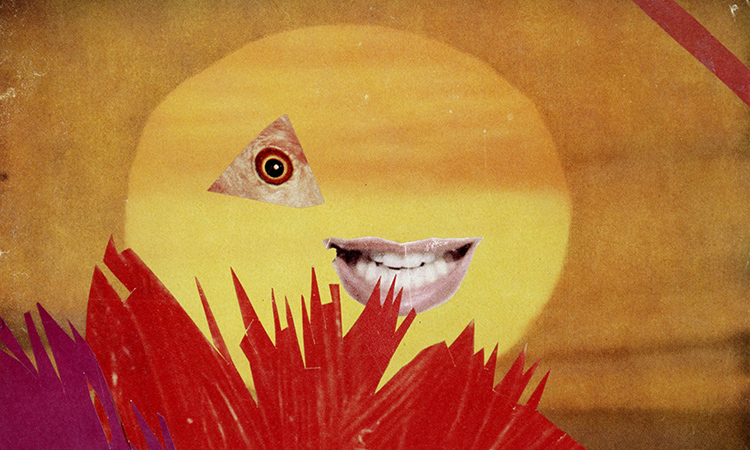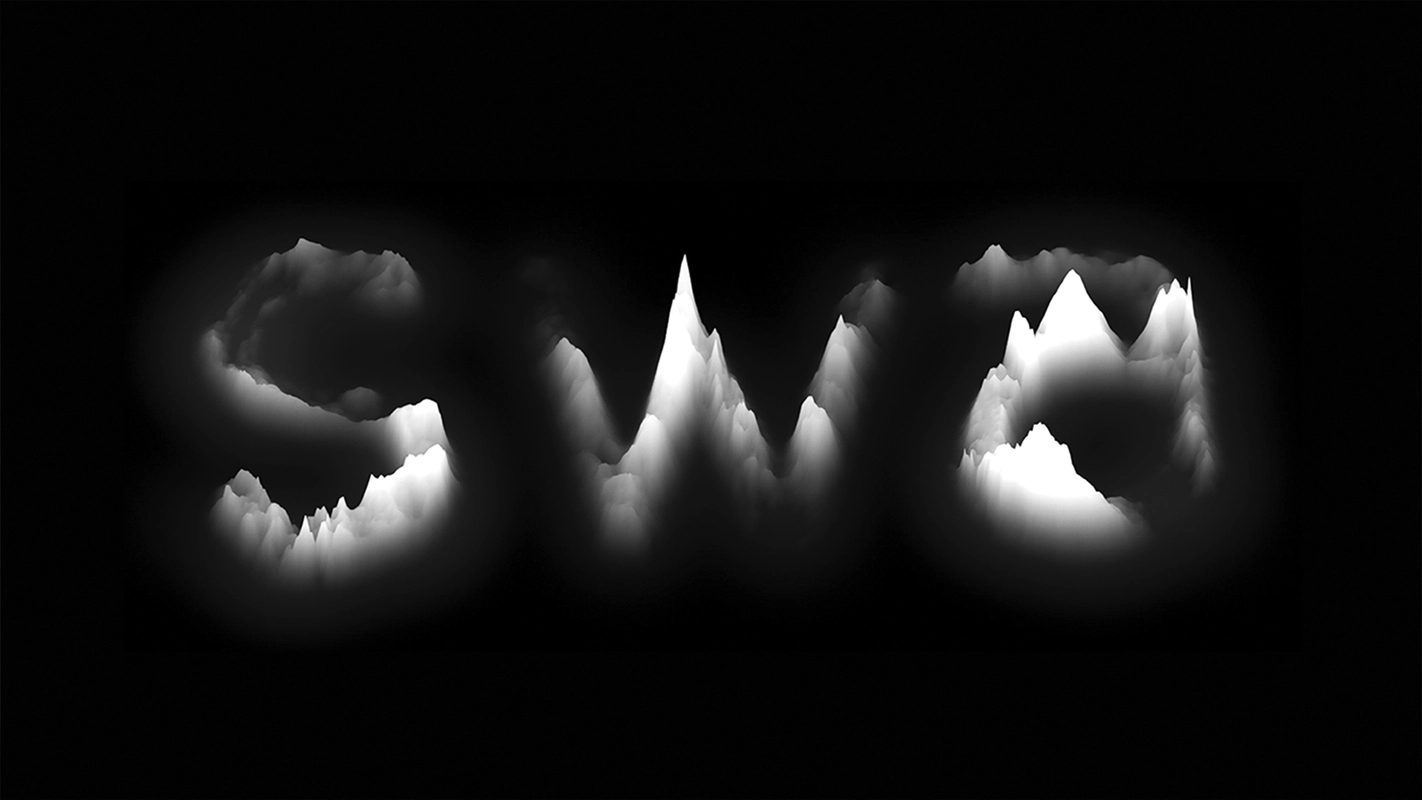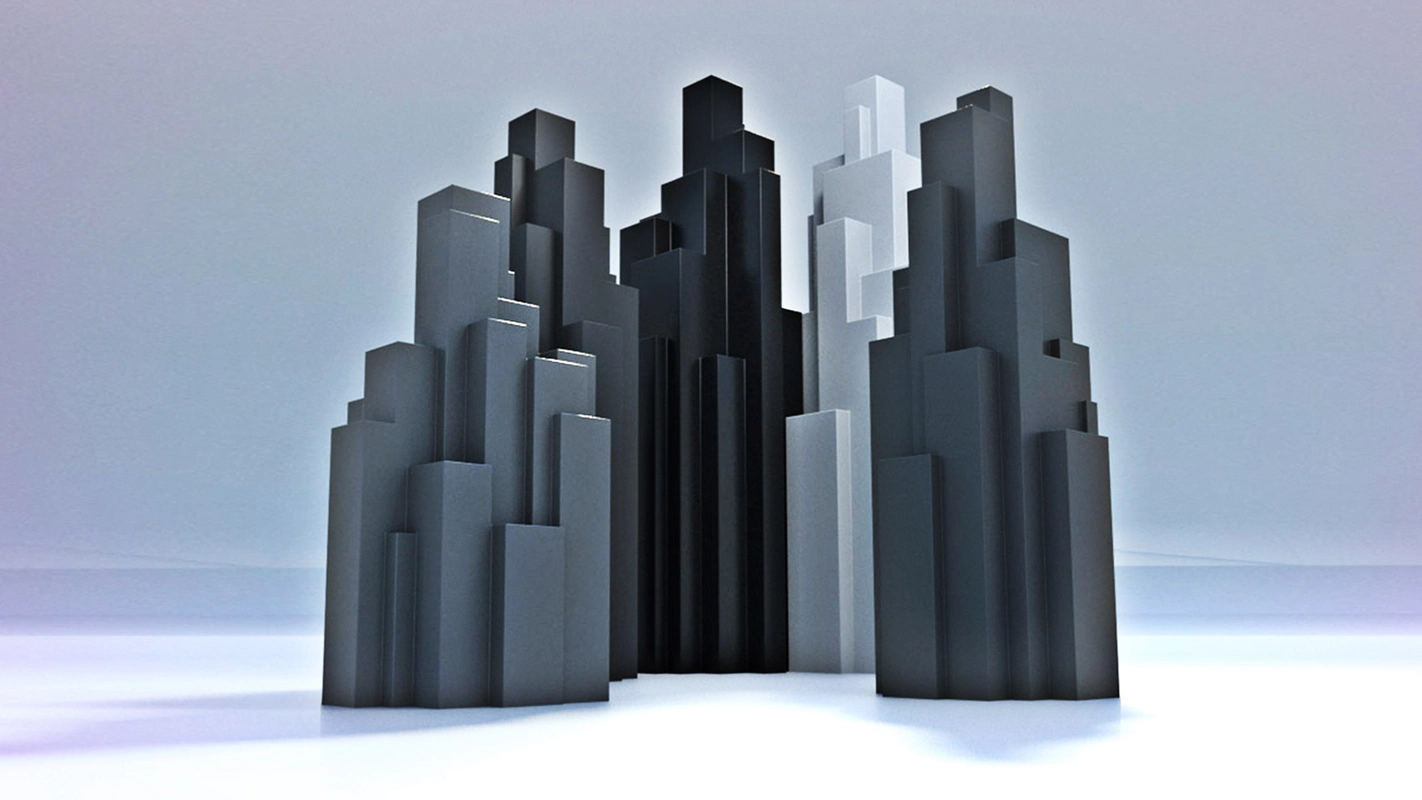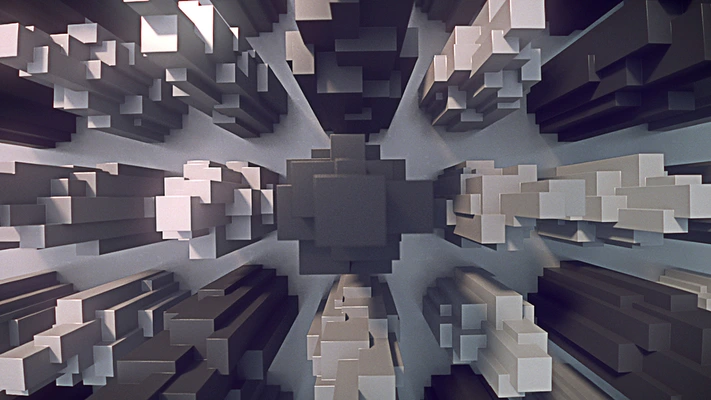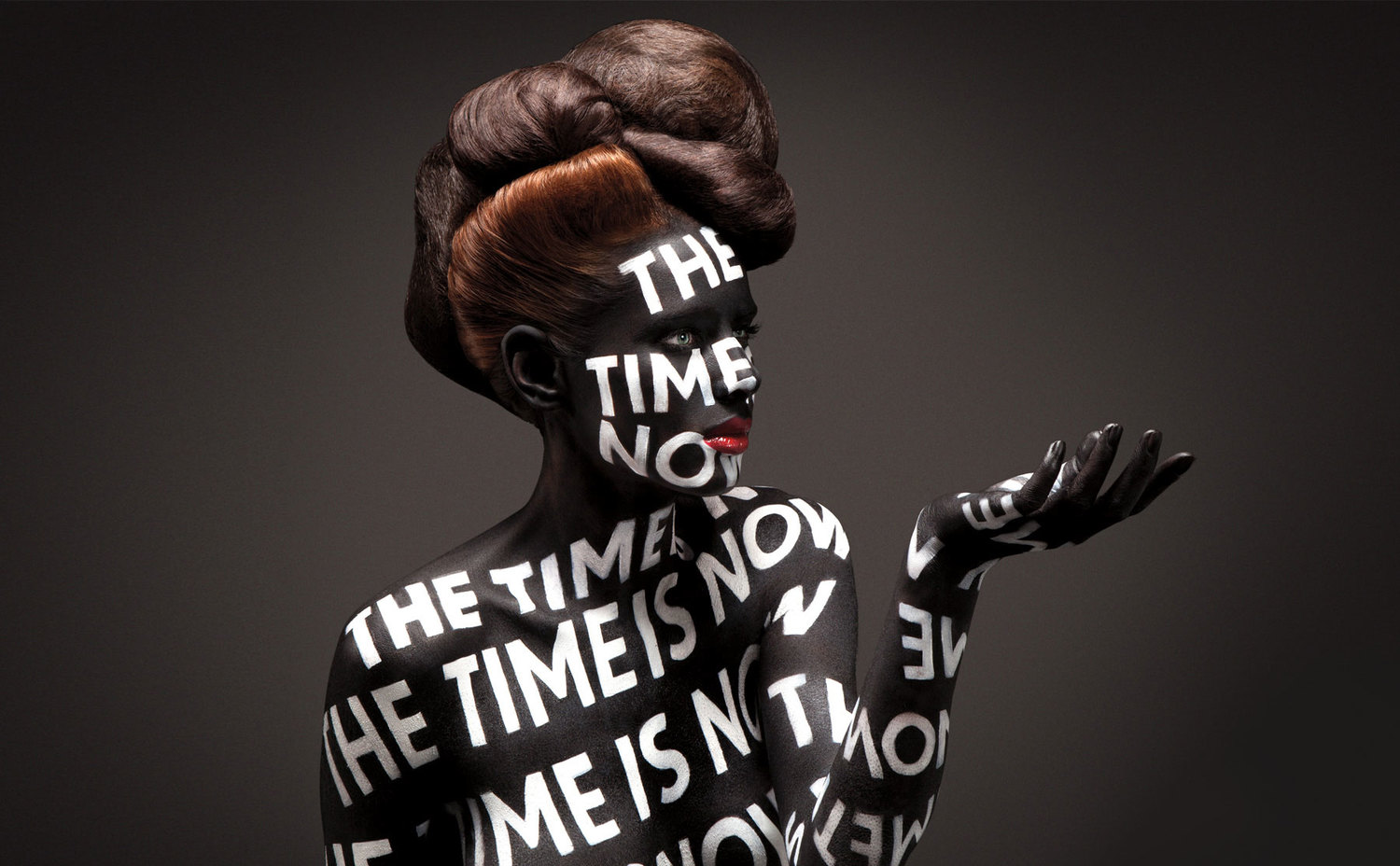
Final ZINE
Layout Inspiration
There were many composition that looked really attractive but did not suit the story and mood that I was trying to create for my Zine, thus I had to be exceptionally selective on using a referencing Layout for my spreads. I eventually found it in this sample below.
Despite the language, there is something about its imagery that screams a certain solemn feeling for me which caught my liking and was a direction that I wanted to work towards to.
In addition, the way its imagery interacts between a spread was something that I believe I took reference from to include into my Zine to make 2 pages feel as one rather than leaving them as individual pages which I thought was a really important inclusion.
Mood Board
Working with illustrative portraiture art to try and capture the mood which is often done by photography was a huge difficulty for me but I sure as hell hope I did somewhat obtain the mood of the Zine and evoke a sort of feeling when people browse through it.
My choice of text took reference from this images which all used a somewhat ‘classy’ font which is a little similar to VOGUE’s Didot font. I eventually settled for the font –Bodoni.
Wasted Opportunity
Also, I would like to mention on how wasted it was for me to not being able to realize that I could have created my contents through photography and food styling on a model as I eventually aborted the last minute shoot 3 days before submission (amidst other submissions) as I thought it was a really huge risk.
Here are some of the planning for the shots such as how to droop down the noodles, having fishball stuffed into the mouth of my model, how to cut the prata which look like a facial mask and many other considerations, which sadly, didn’t come to fruition in the end. Perhaps in the future since this concept is really interesting to work on in my opinion.
P.s – the pain of an art student, always spending so much money, I actually purchased some of the items for the shoot :'(
Changes from Initial Layout
Development of Pages
(First Spread – Page 1,8)
Imagery : The Questioning (Front) and Realization (Back) Moment
(Second Spread – Page 2,3)
Imagery : A Medusa with each of her snake as a representation of the seven sins which in this spread context is the 7 food locations at Thomson.
(Third Spread – Page 4,5)
Imagery : An obvious setting of an angel vs devil illustration.
(Fourth Spread – Page 6,7)
Imagery : The victimized of the uncanny situation of having human consuming human due to their huge appetite for food.
Reflection
In all honesty, I’m not a good writer nor do I aspire to be one(okay I actually do), thus I went ahead with a little of dark humor and irony and a huge load of imagination and exaggeration. A tongue in cheek approach as brought up by Mimi herself when reviewing my Zine.
Also, I should have chose this typeface and use it consistently, something for me to take note of in the future.
Murphy’s law – Anything that can go wrong, will go wrong. That was the case on the day before submission at the print shop. I had my Zine printed over 5 times due to various reasons such as
- over sized staples,
- wrong alignment of paper when placed in printer,
- having my print being cut off more than supposed to.
I have learnt once again that test printing and setting up your files ready for print isn’t as simple as it sounds as there are a lot of technicalities to take note of especially the settings.
And the most annoying mistake I believe I have made in this submission and perhaps the most amateurish one as well which was having some of my text done in Photoshop for convenience sake which led to the printout not having a crisp and full text but ending up somewhat rasterized/blurred!
Despite all the errors and regrets, I’m generally proud of the work I have produced as I have persevered and not second doubt myself on the unorthodox concept and worked towards a topic by using a method that was previously mentioned as risky to execute. Based on the general feedback from my peers, I do somewhat feel my illustrations did convey the mood that was achieved by photography and that is something I take really huge satisfaction from.
All in all, it had been a really long stretch of weeks with tedious steps and late nights to finally complete this Neighborhood Explorer Project aka as Zine. It had plenty of learning points for me to bring forward in not just my next few years in school but also further in my designing life.
FOUNDATION YEAR IS FINALLY OVER!!!! WEWWWWWWWWW!!!!!!!!
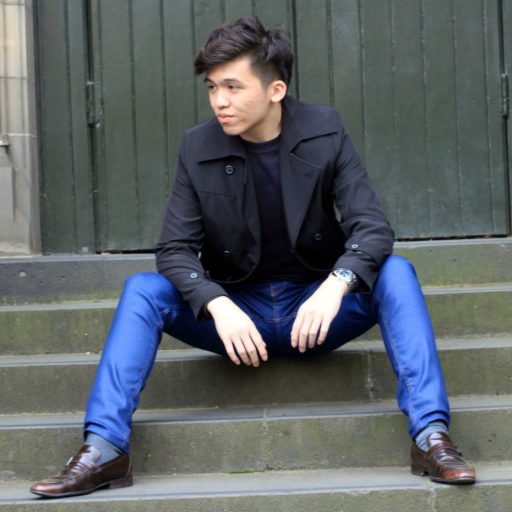
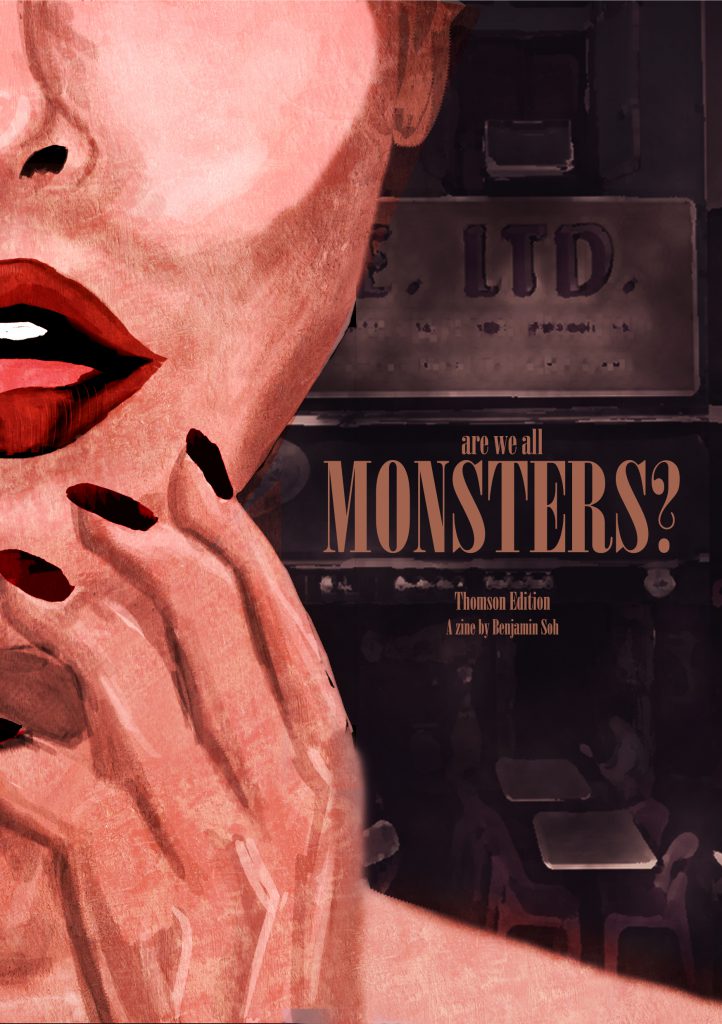
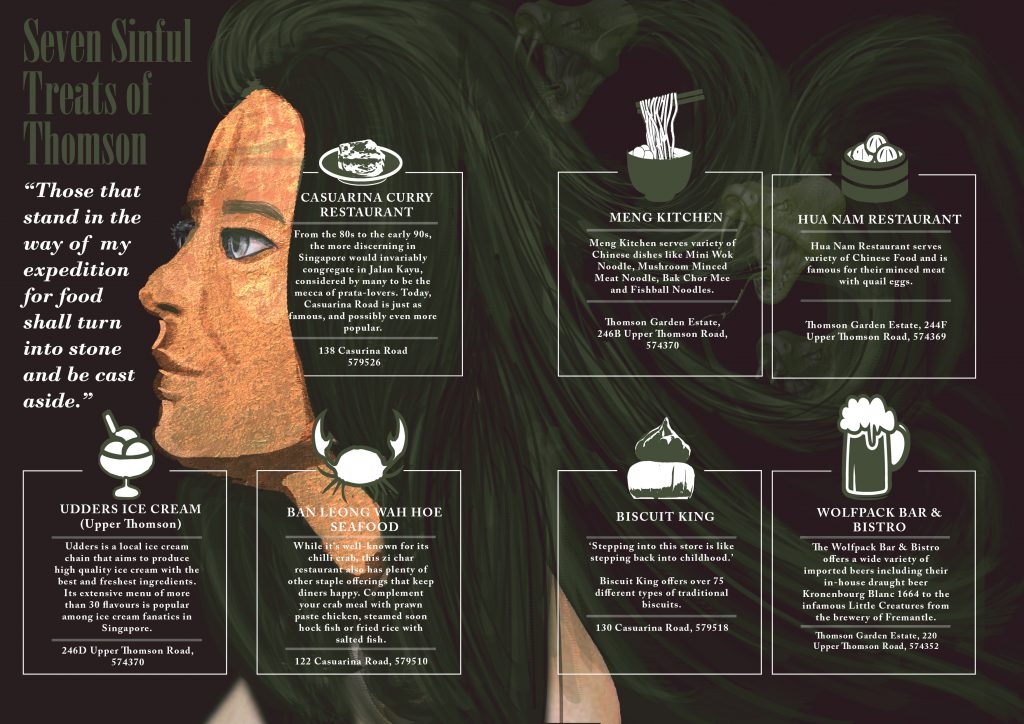

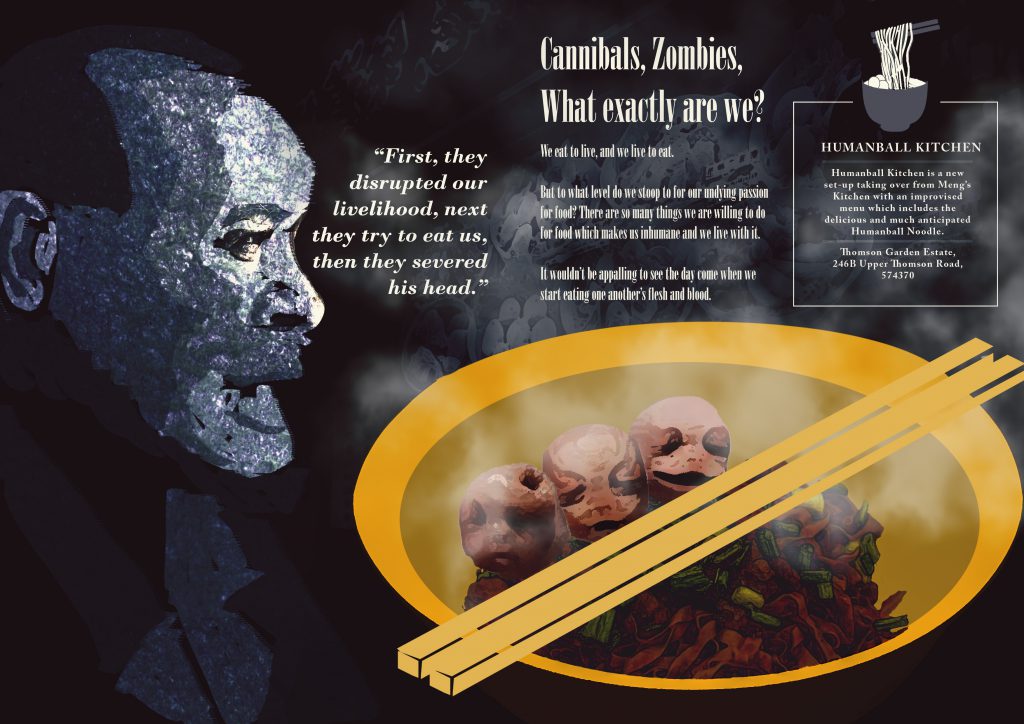
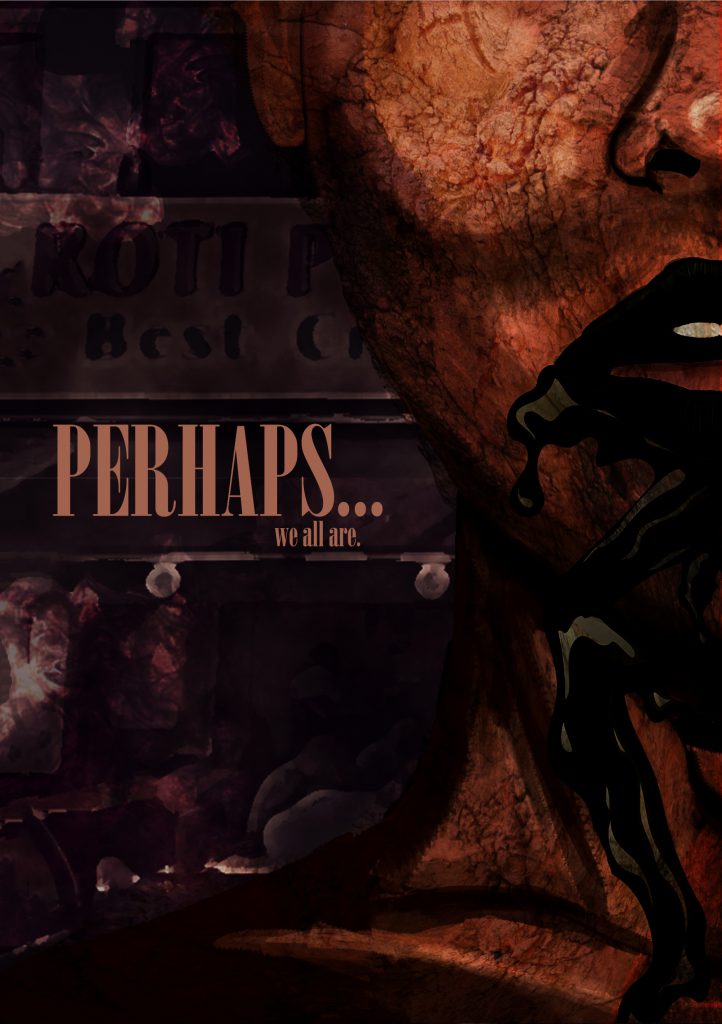
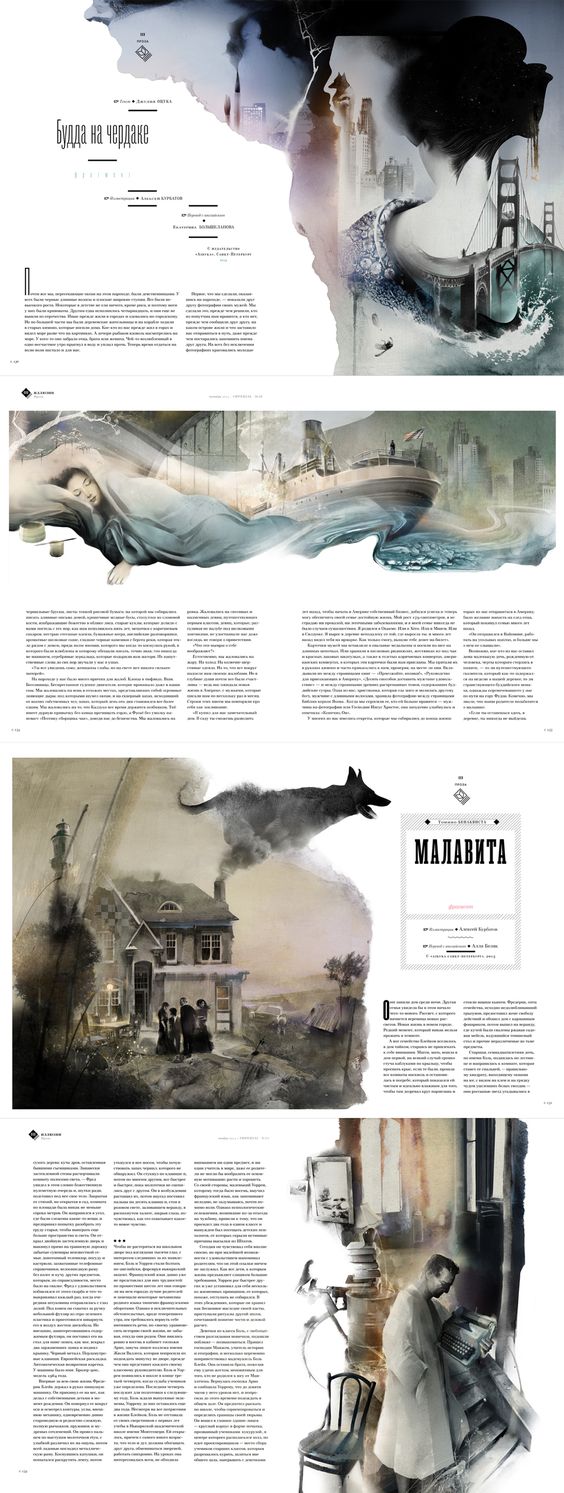
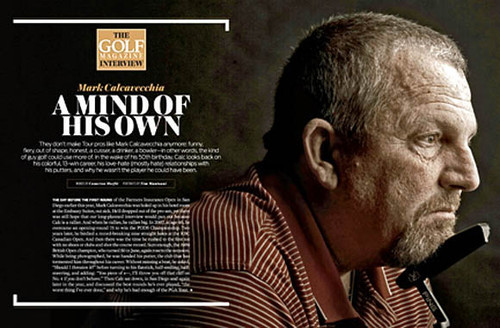
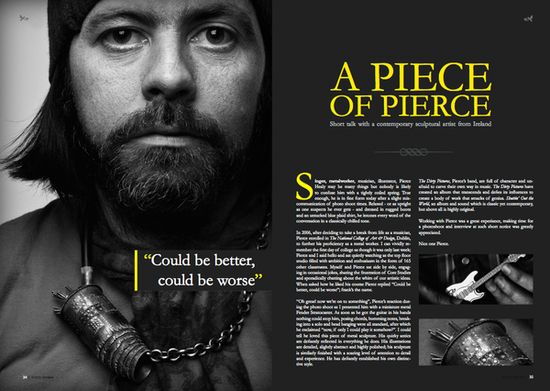
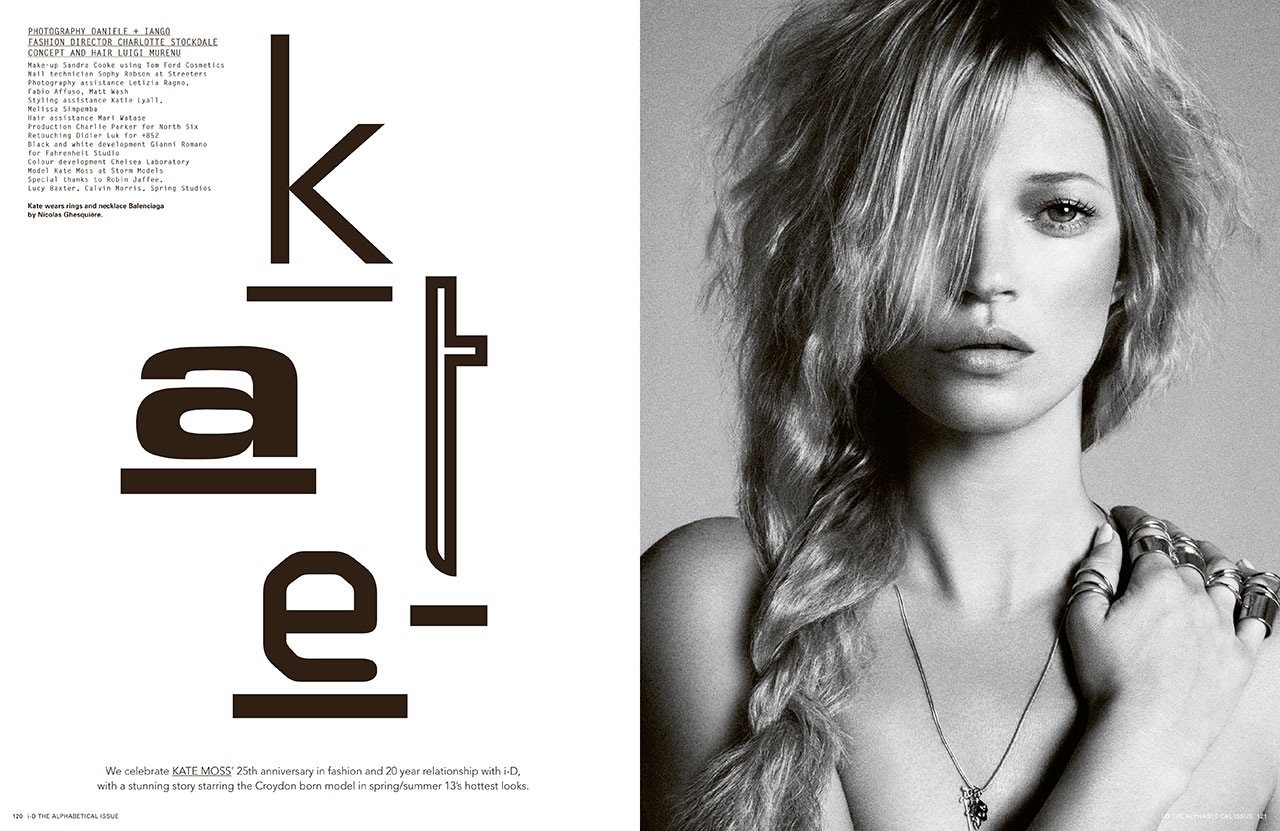
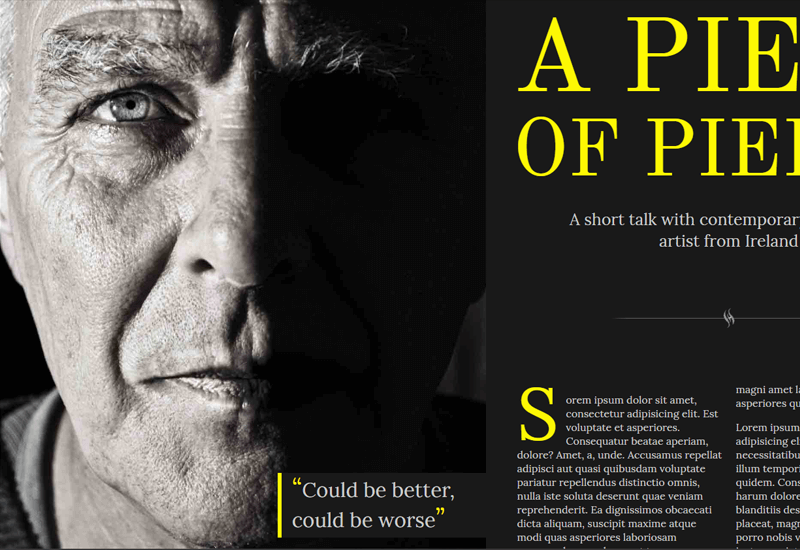
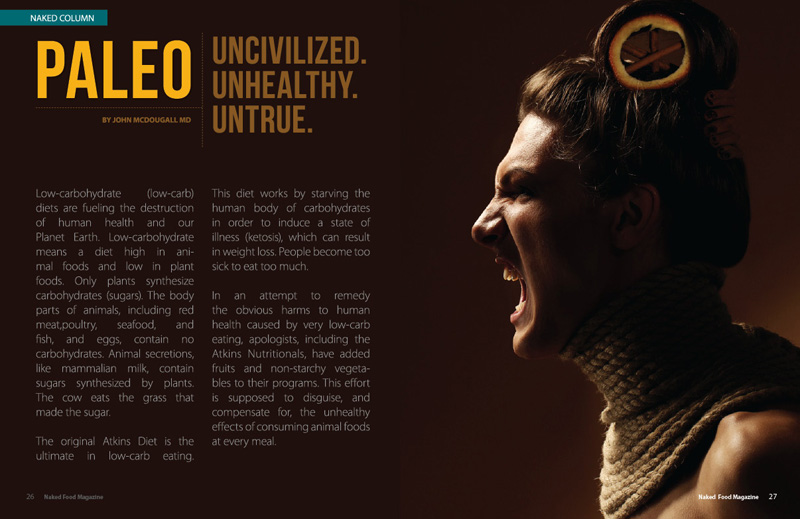
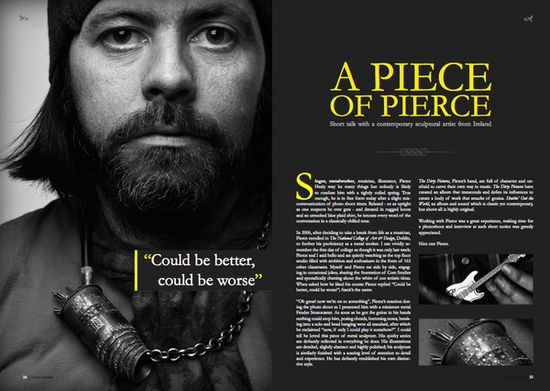
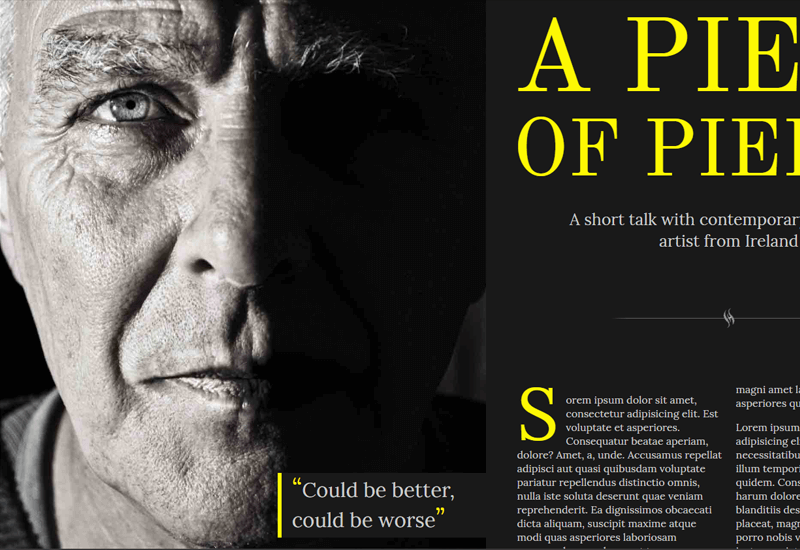
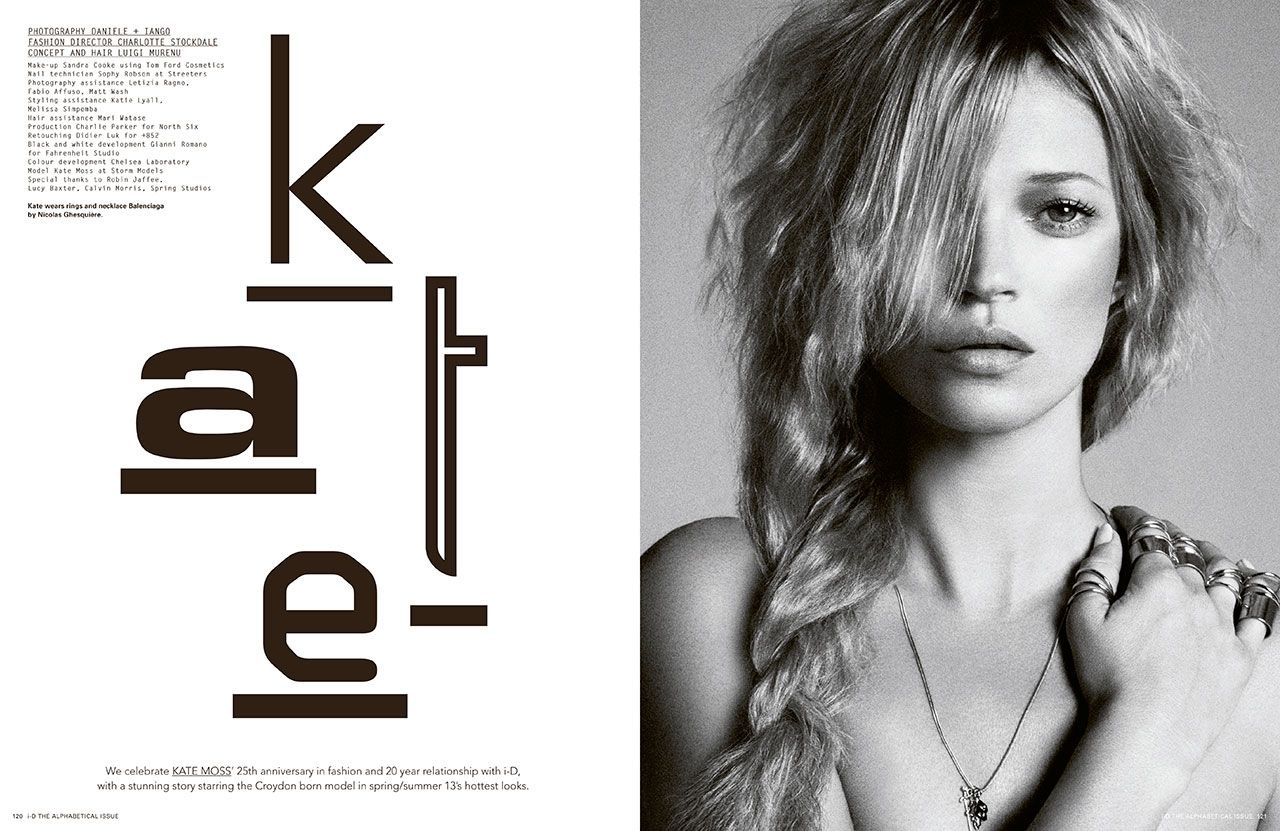
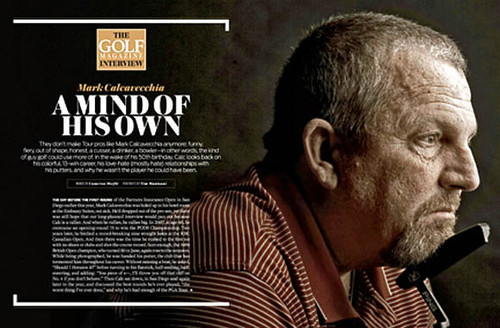
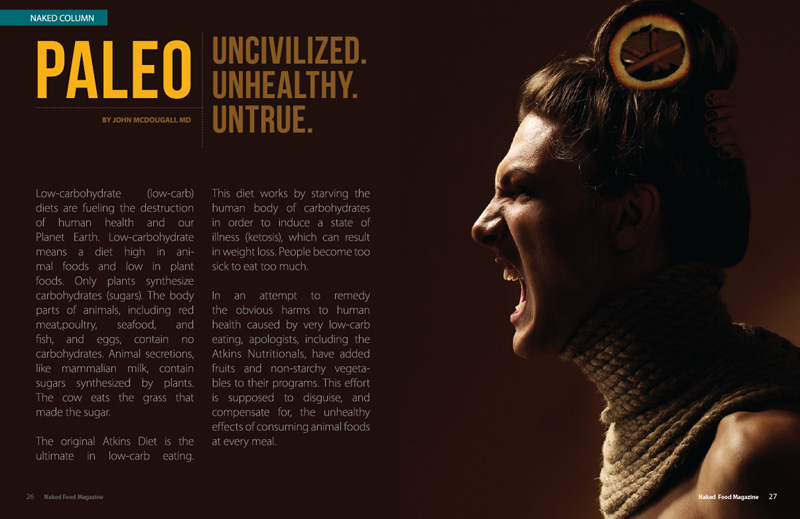
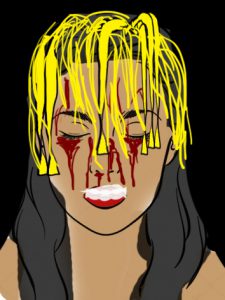
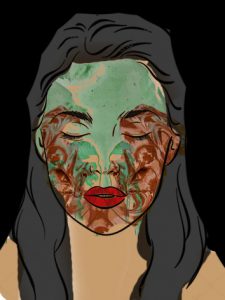
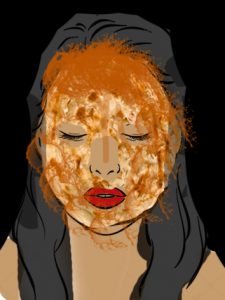

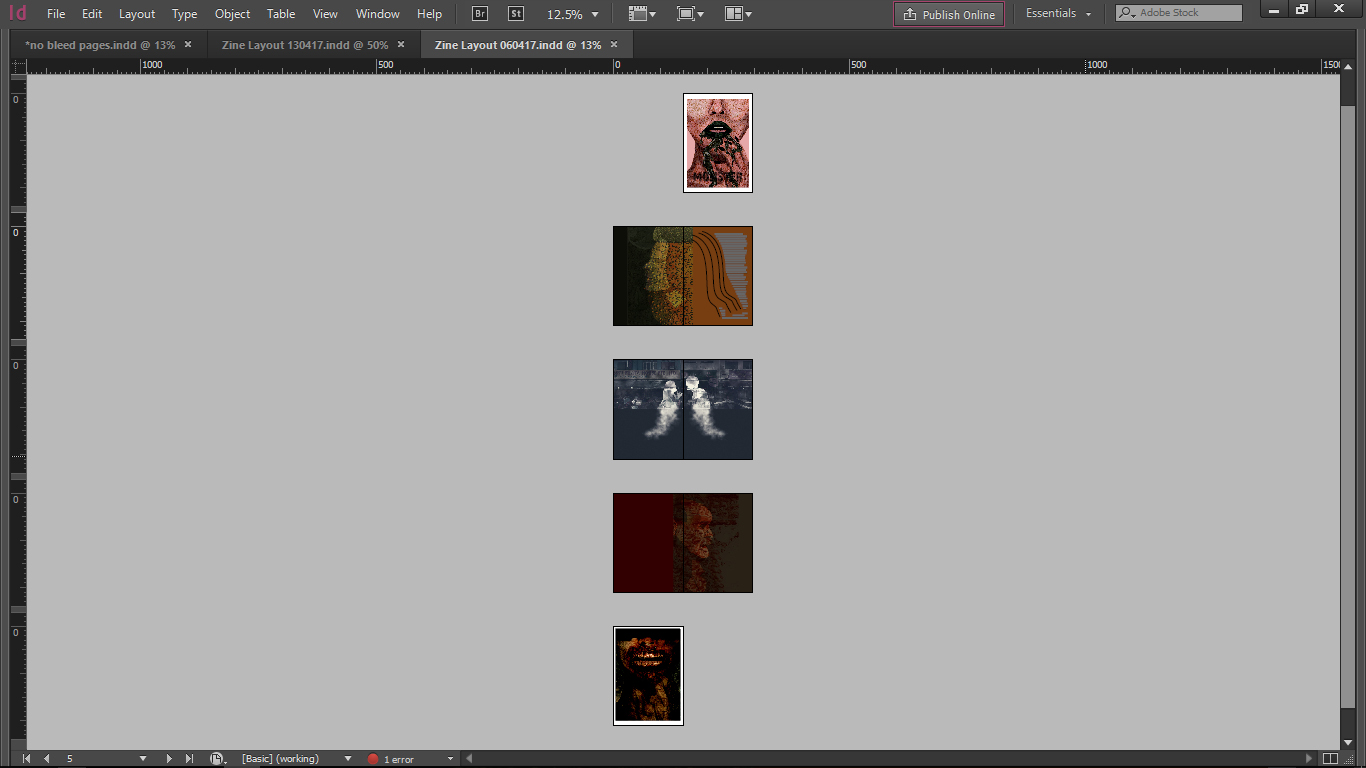
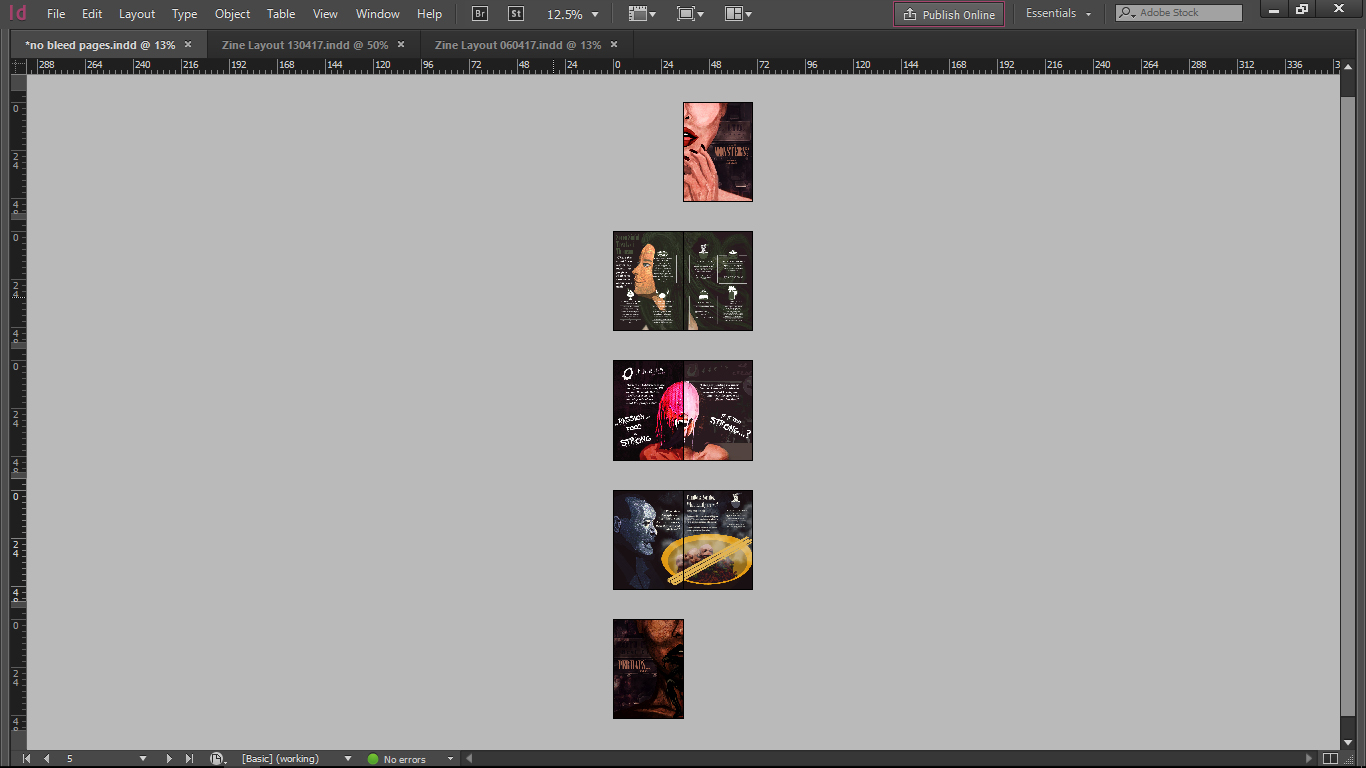

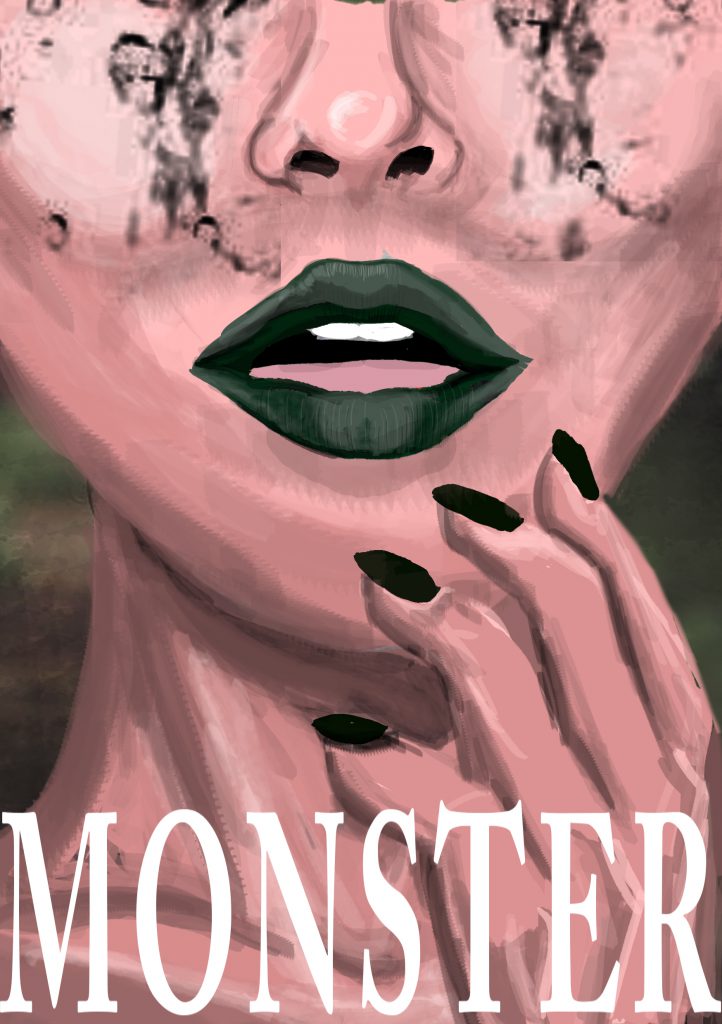

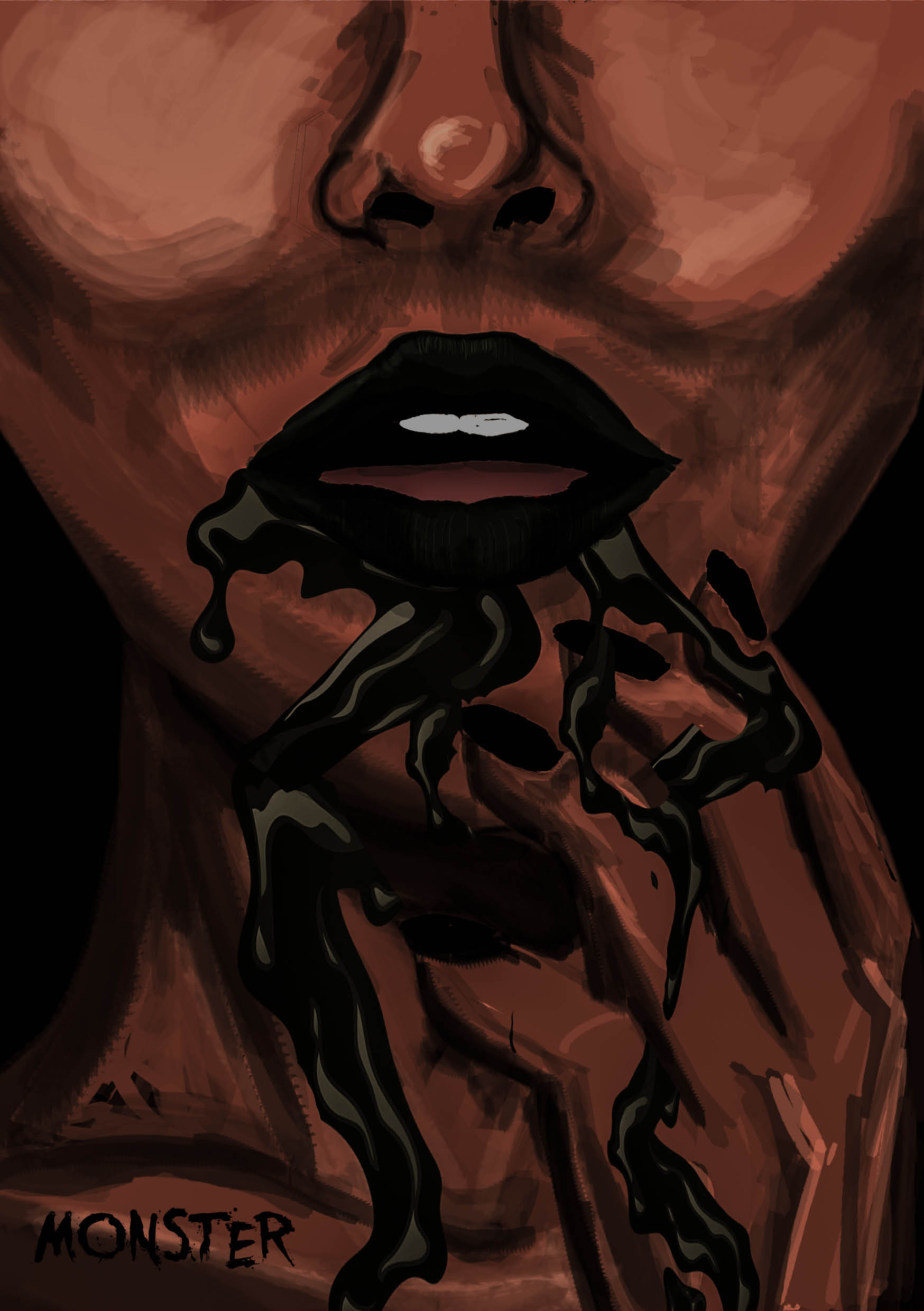
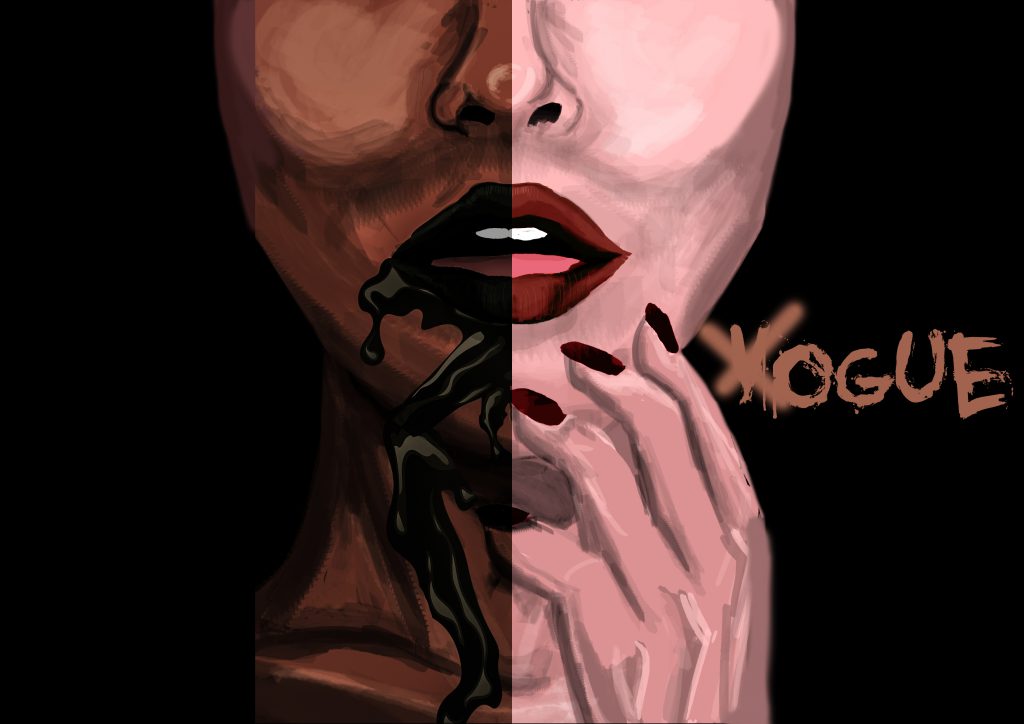
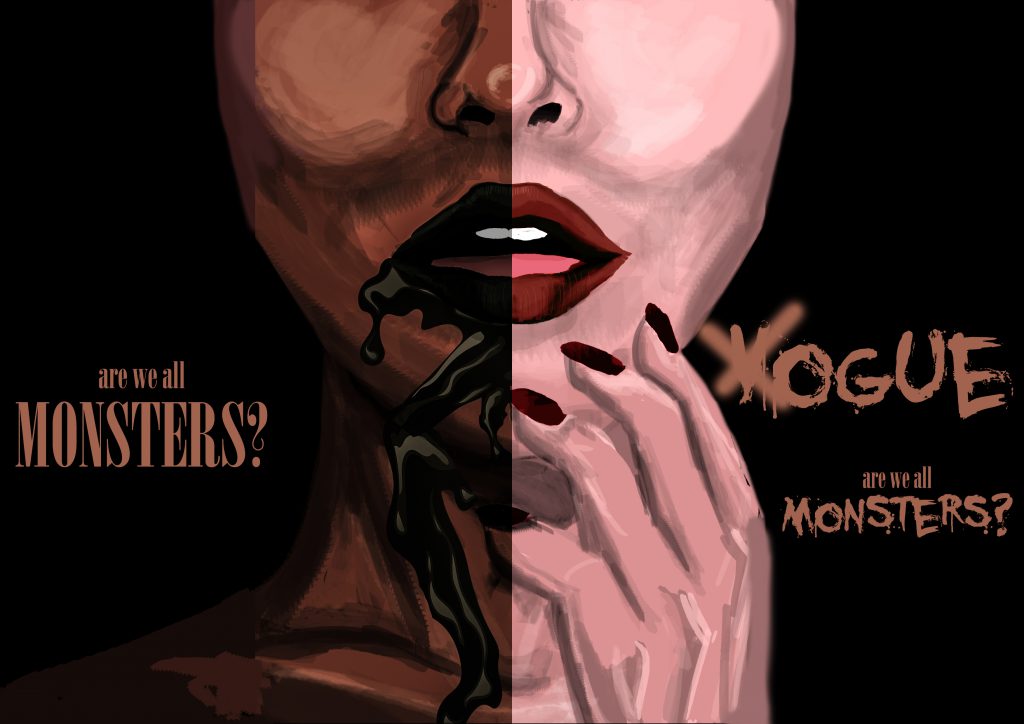
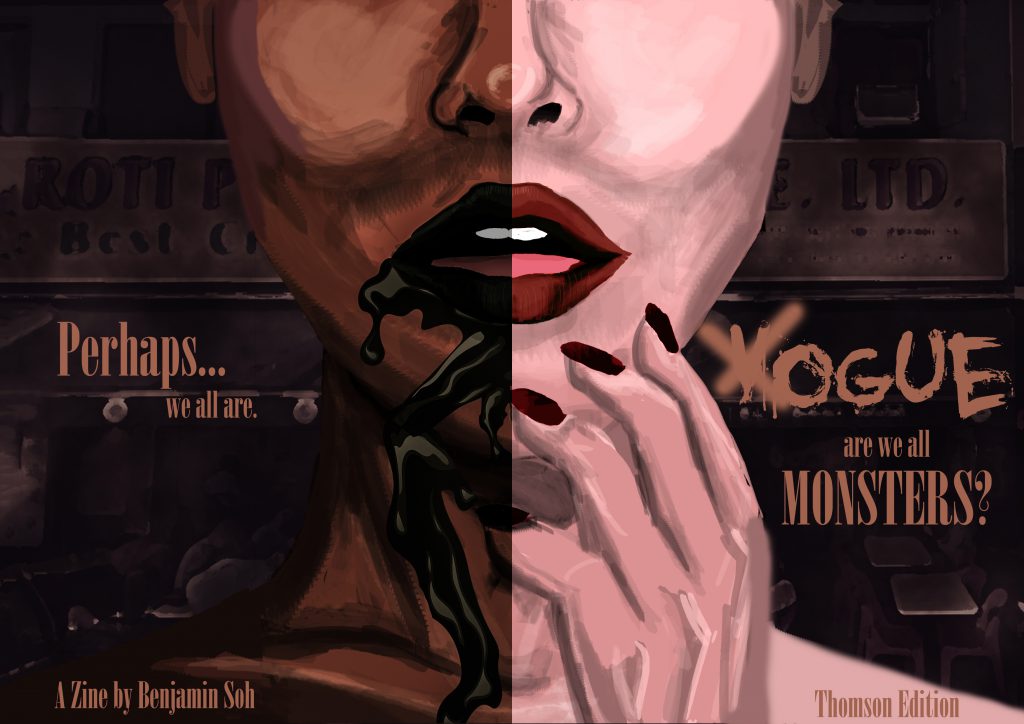
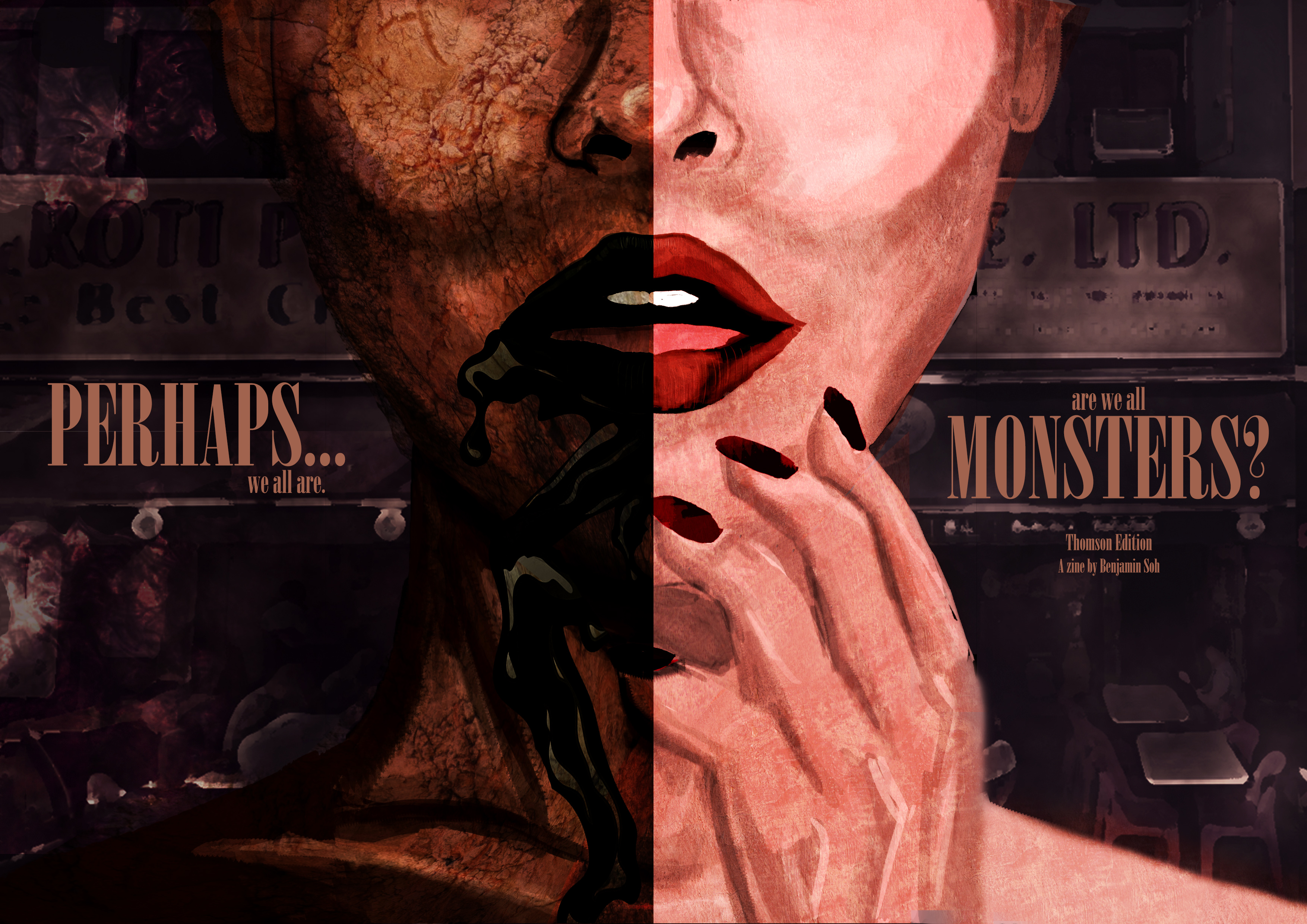
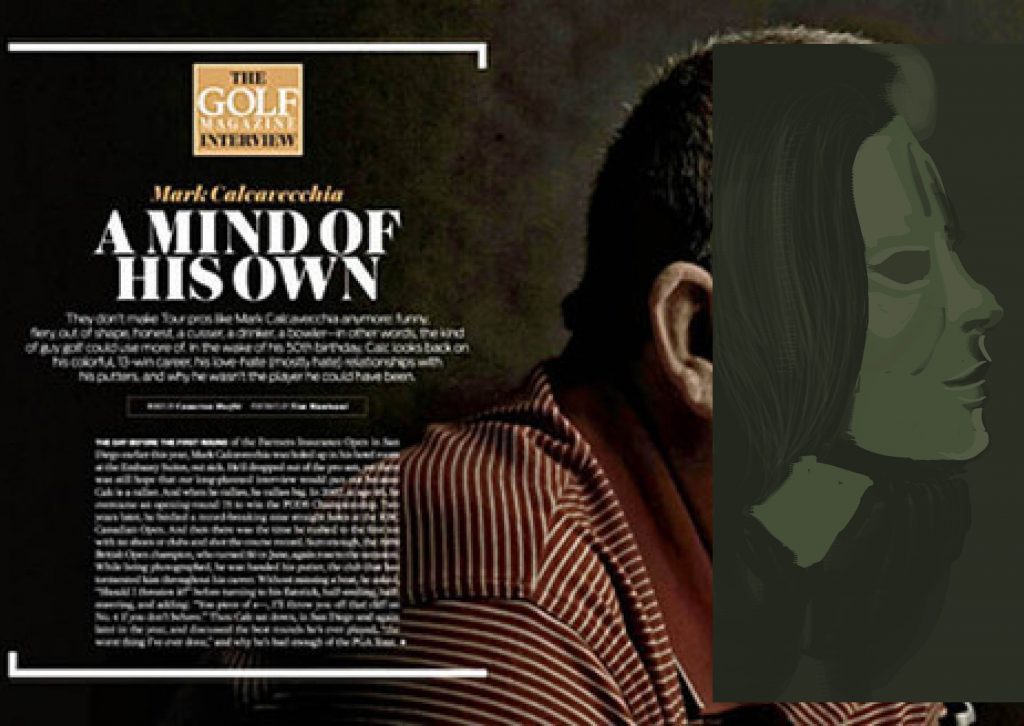
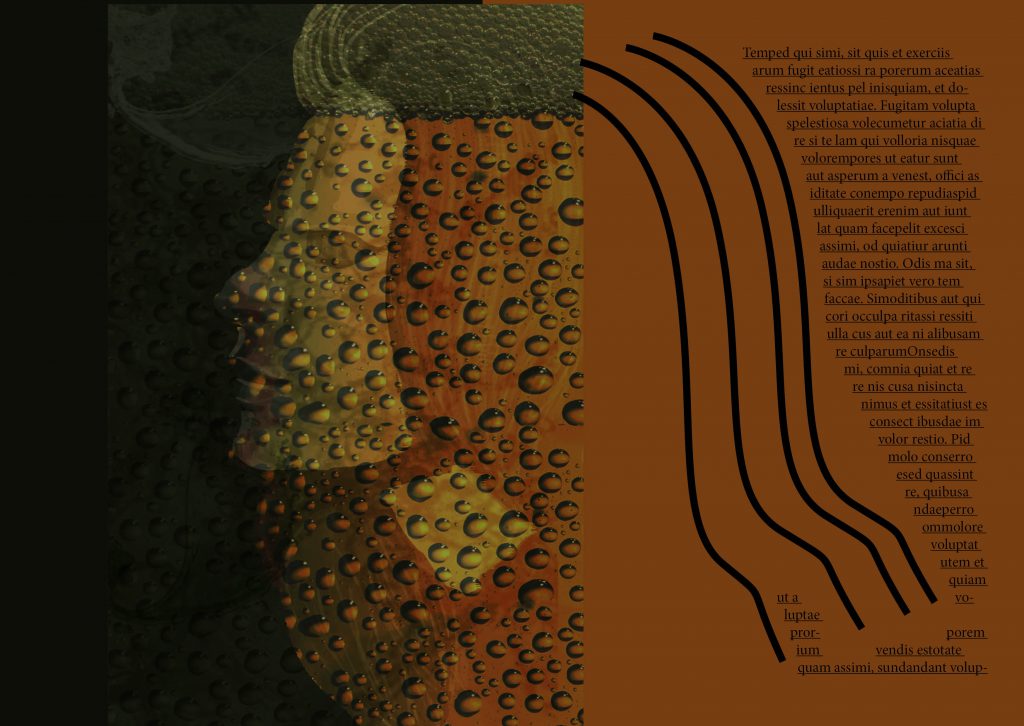
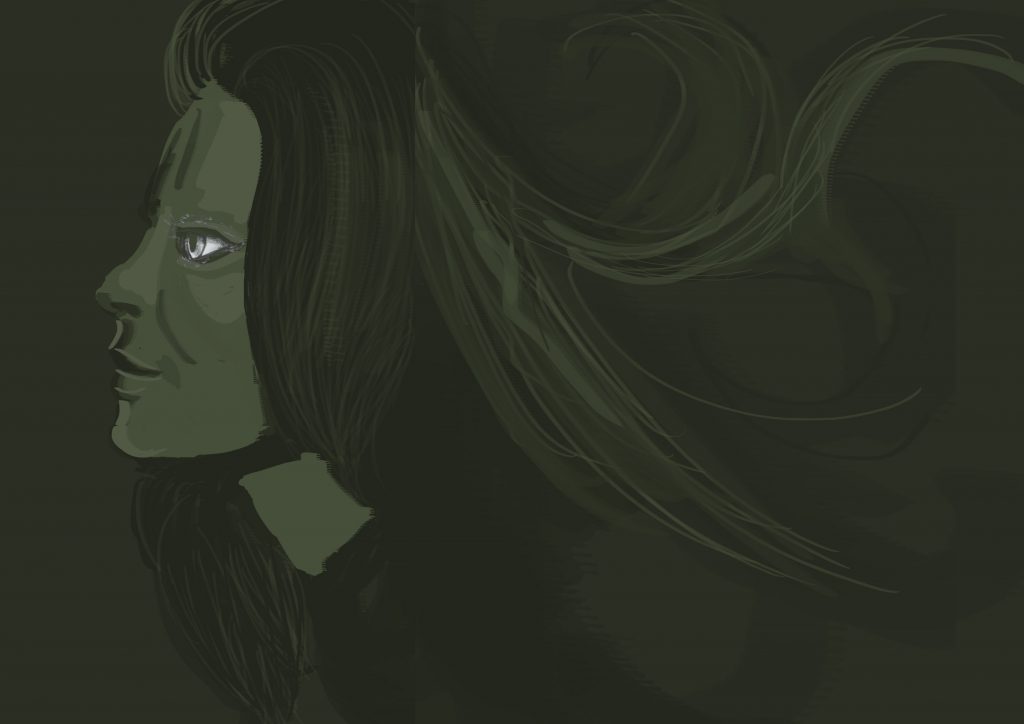
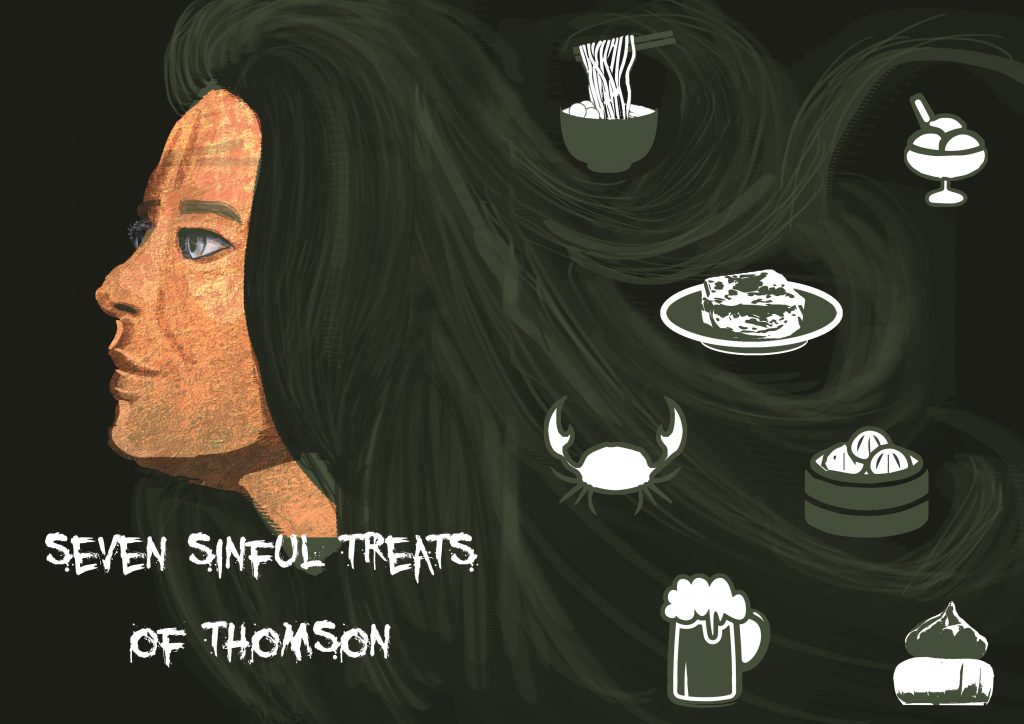



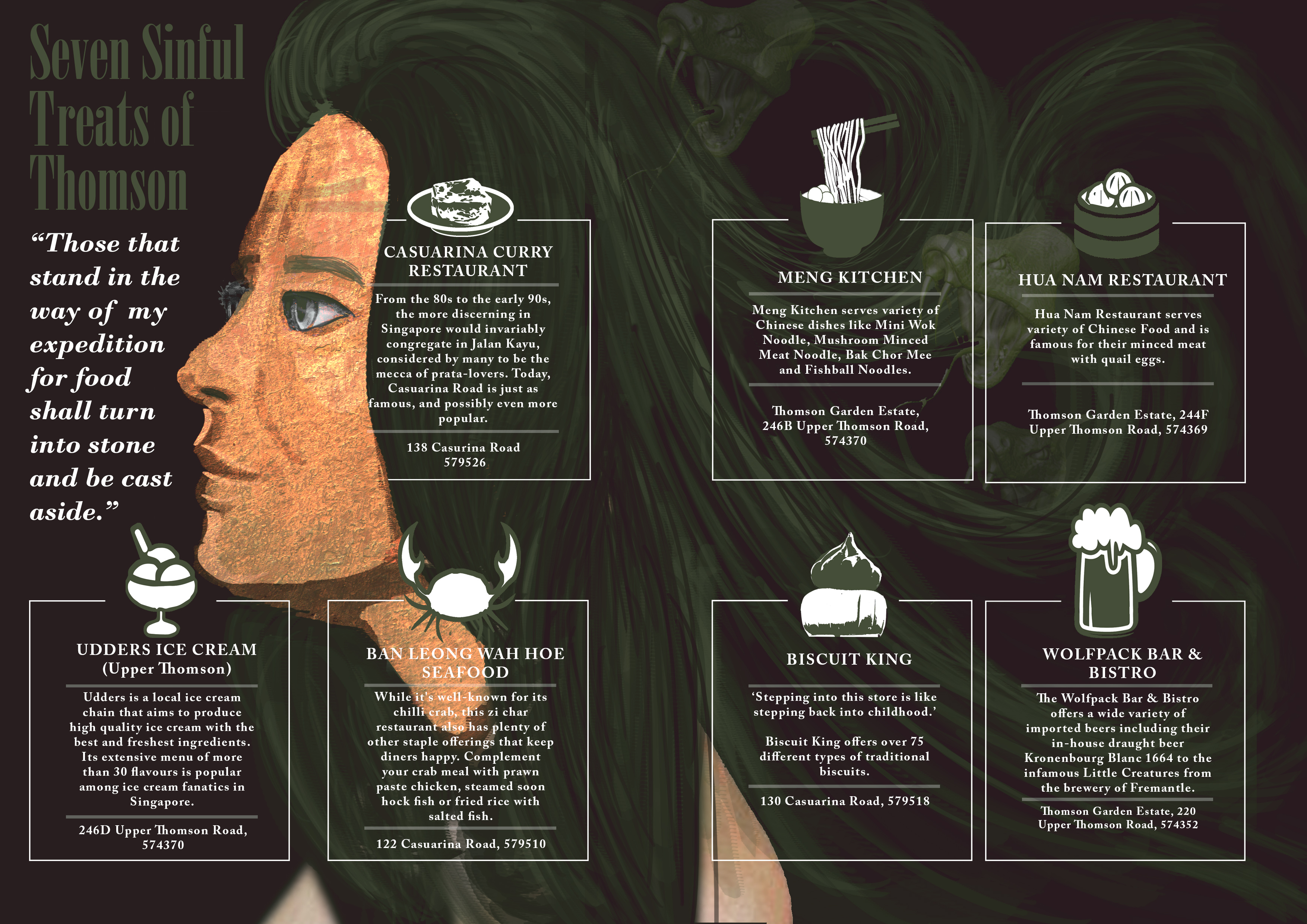
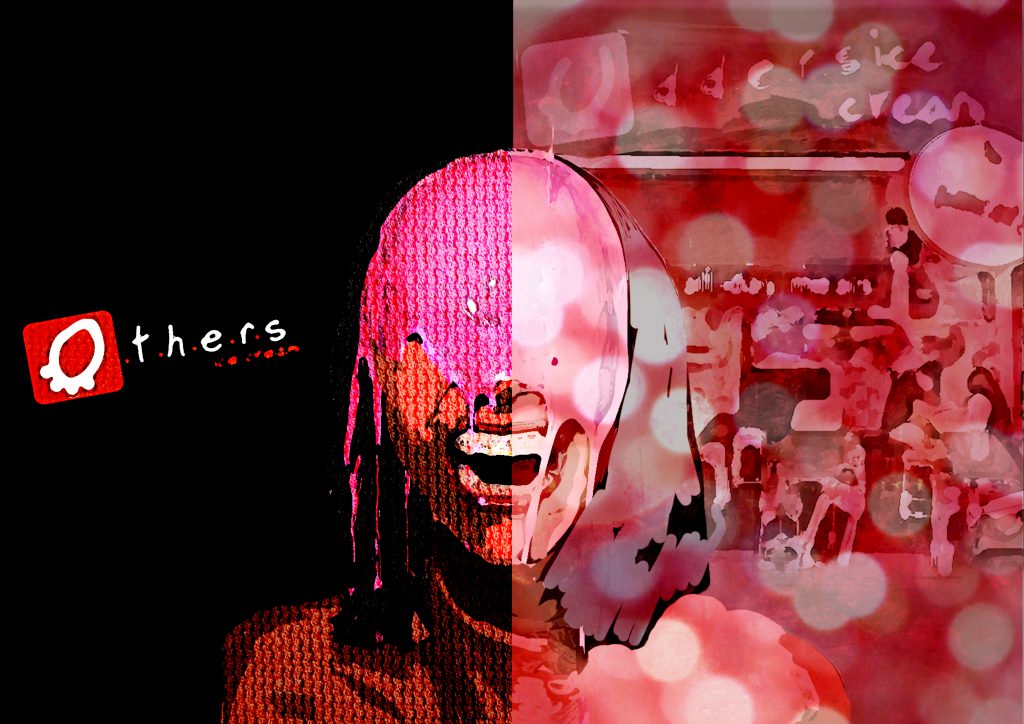
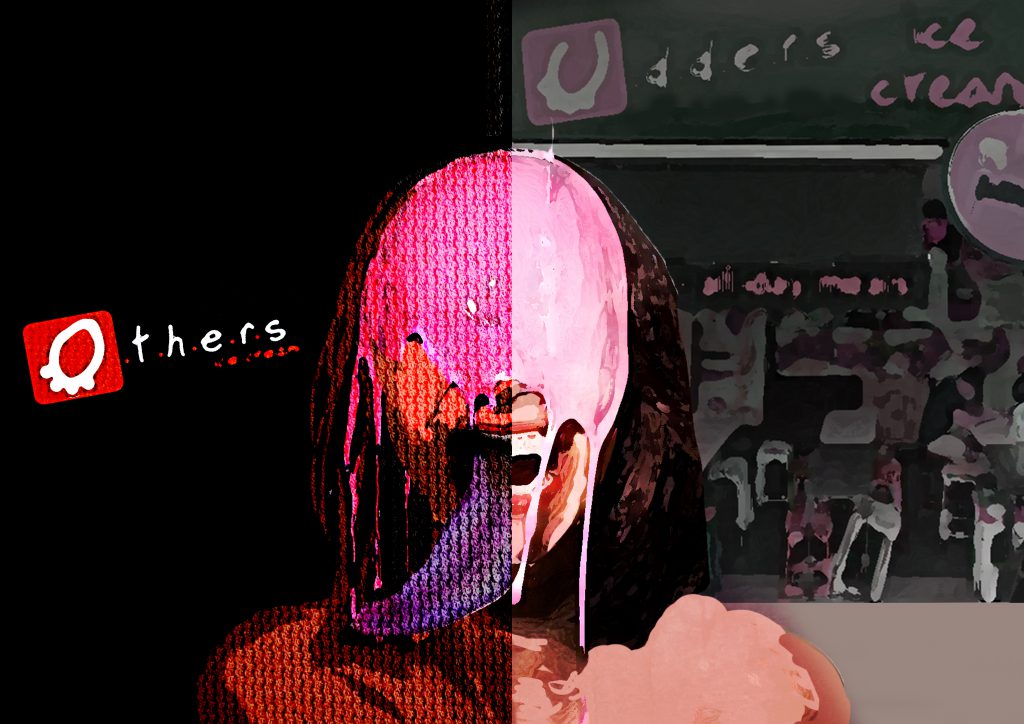
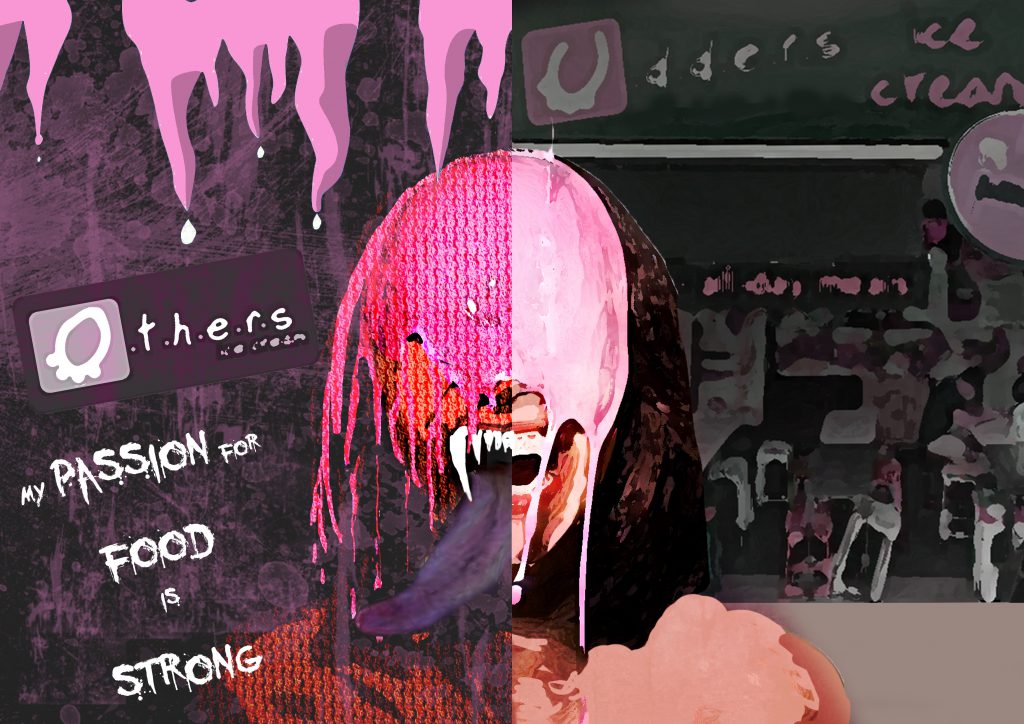
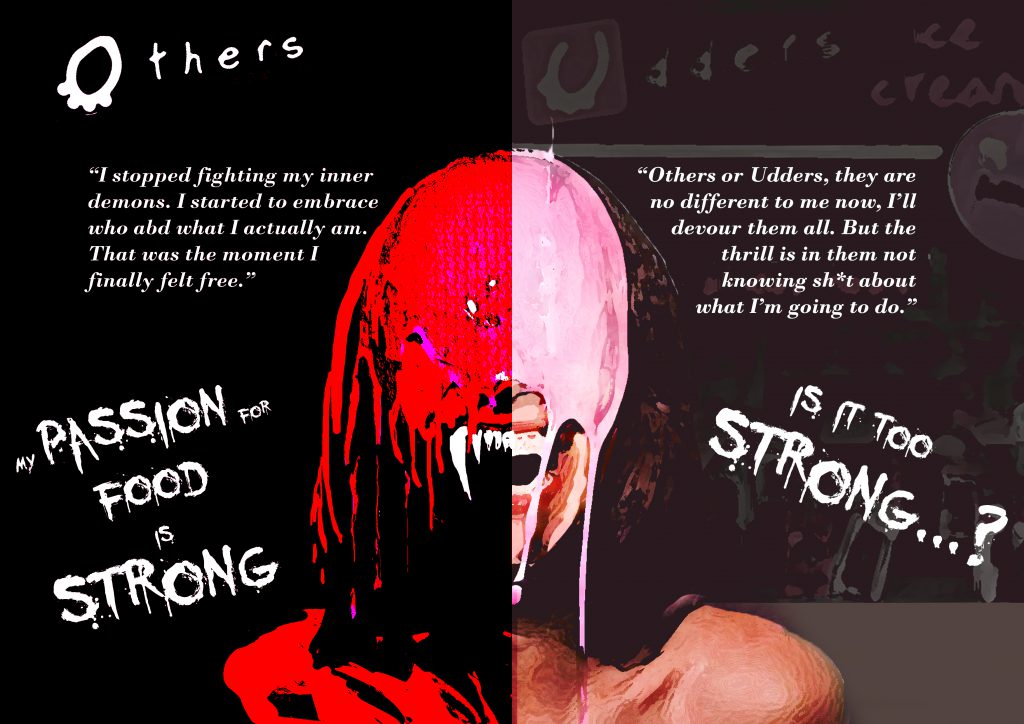
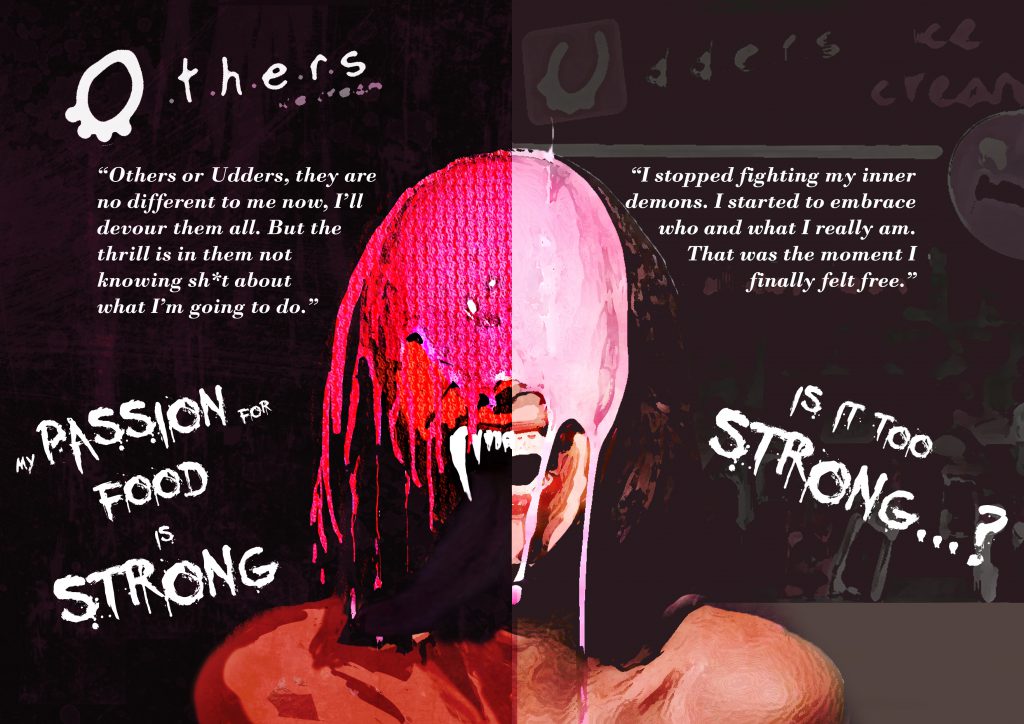
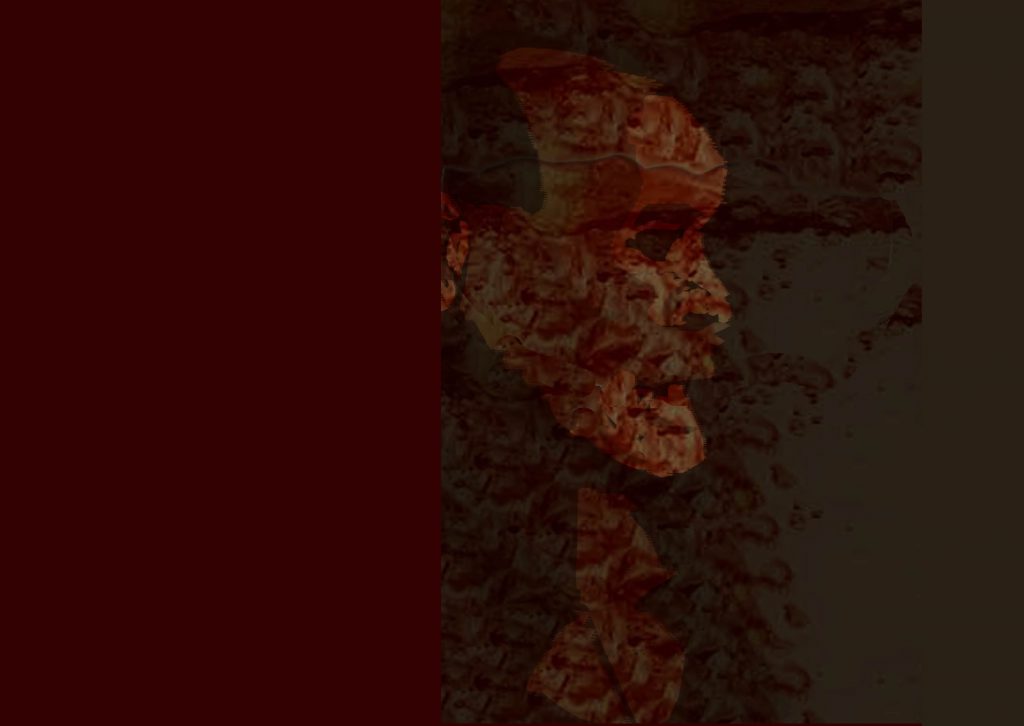
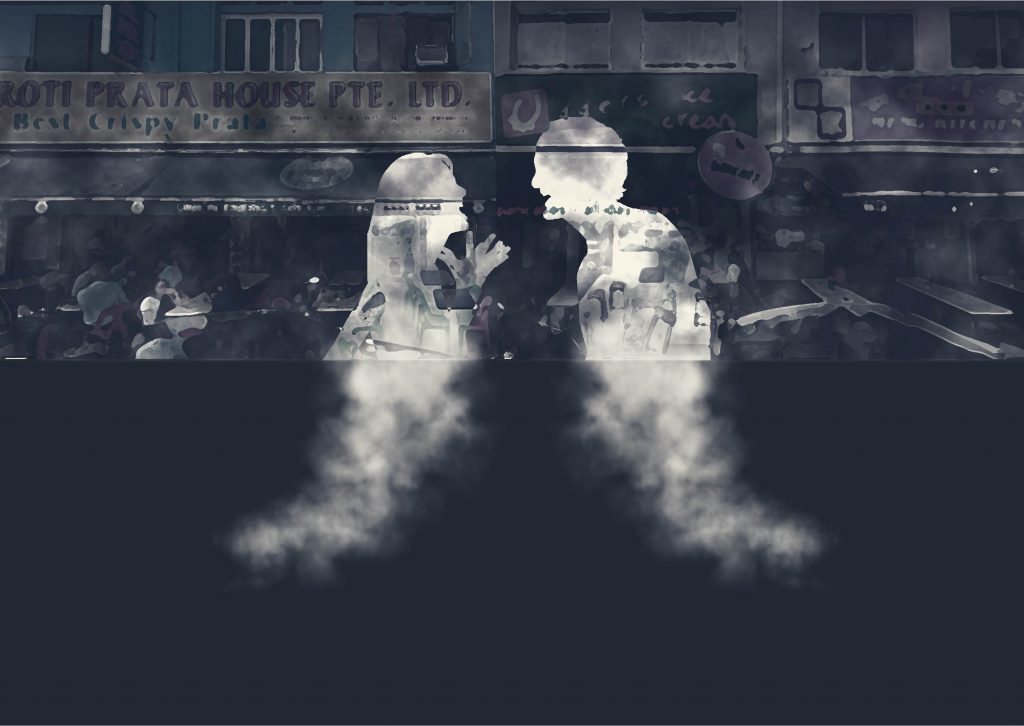
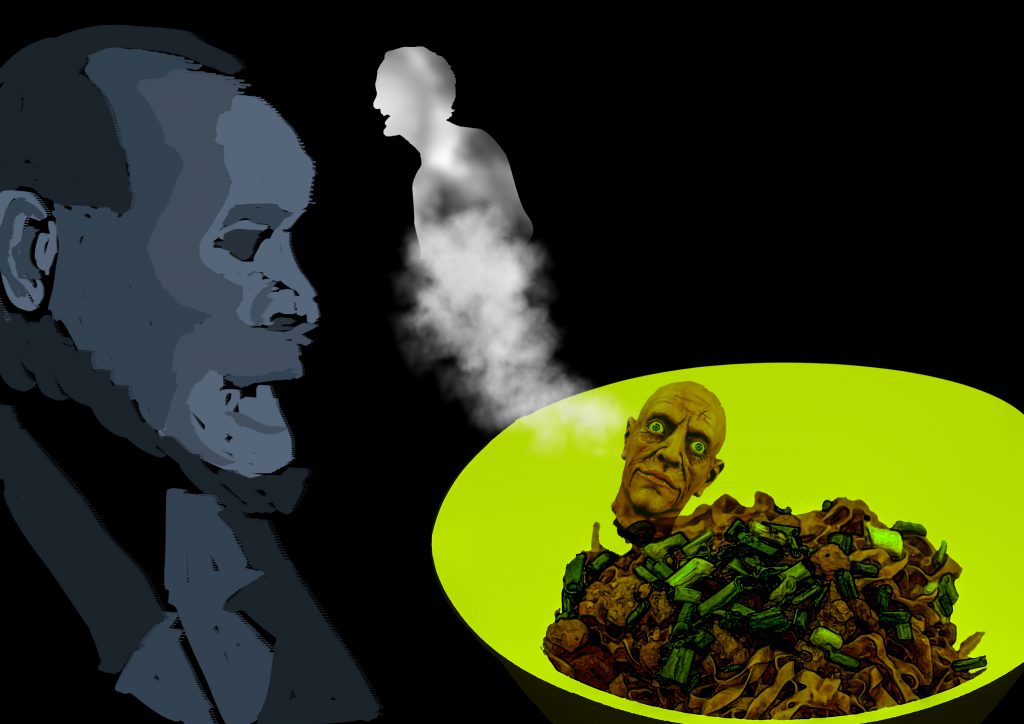
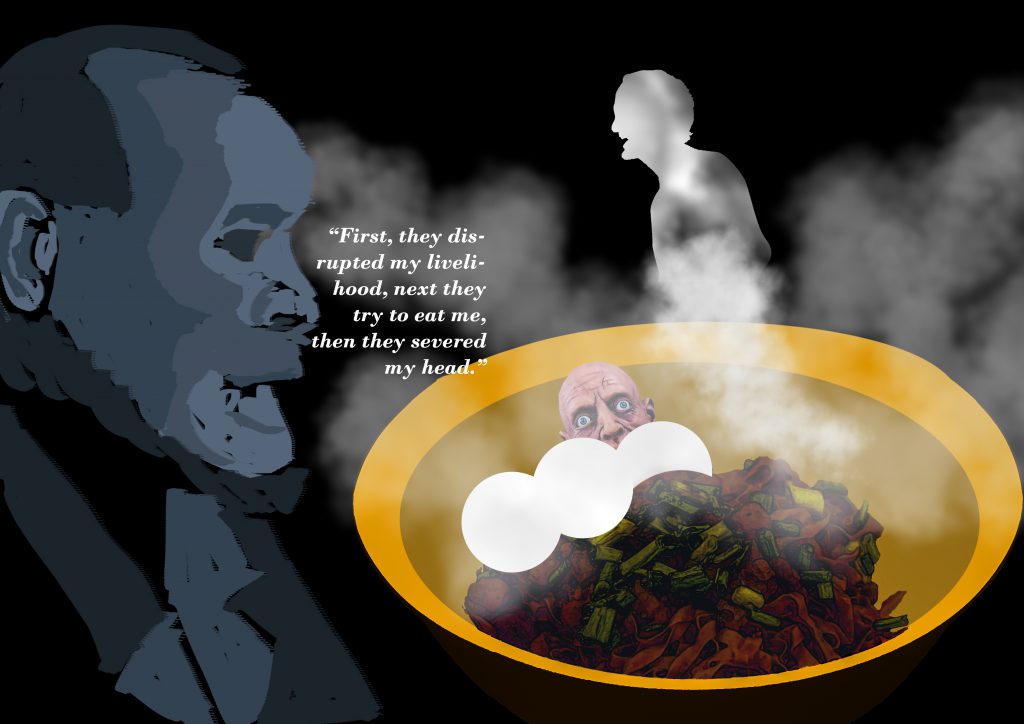
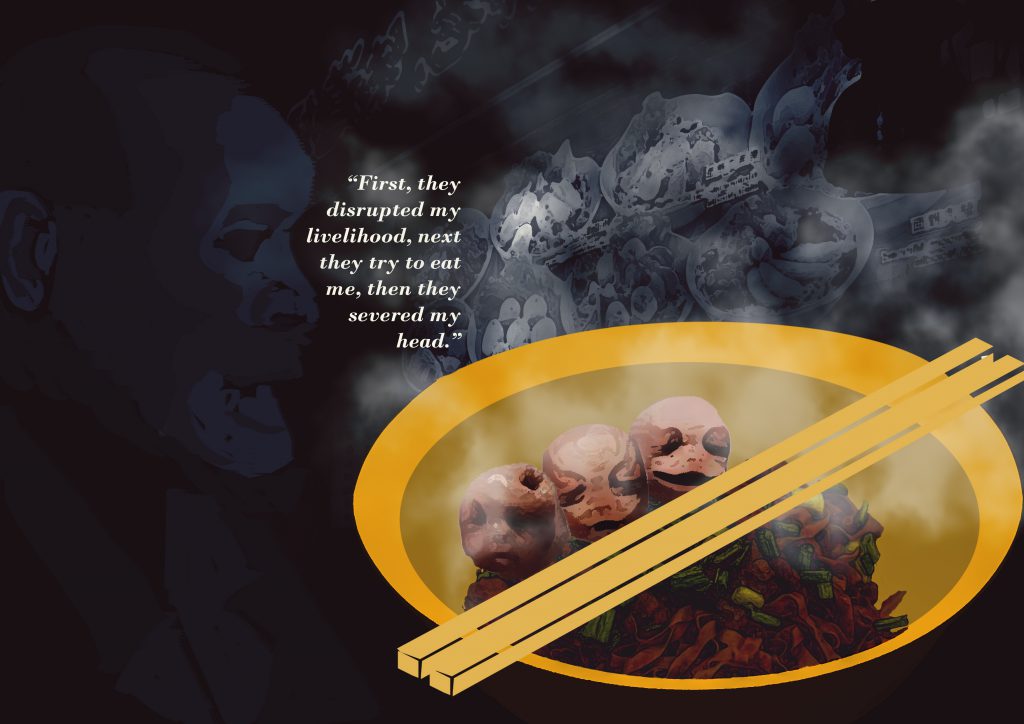
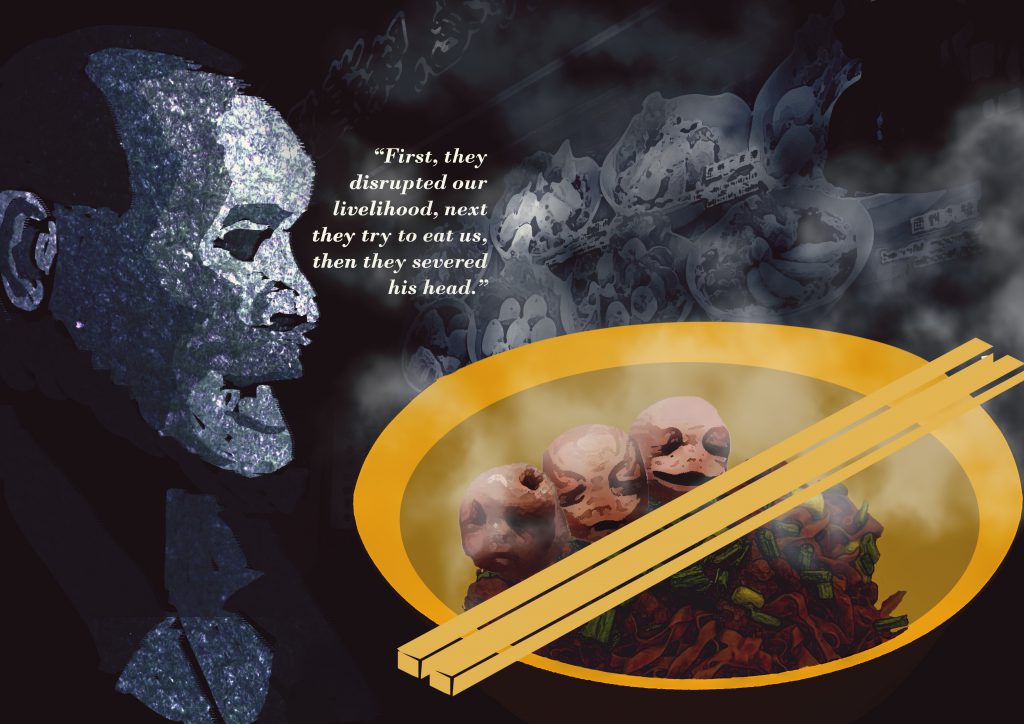
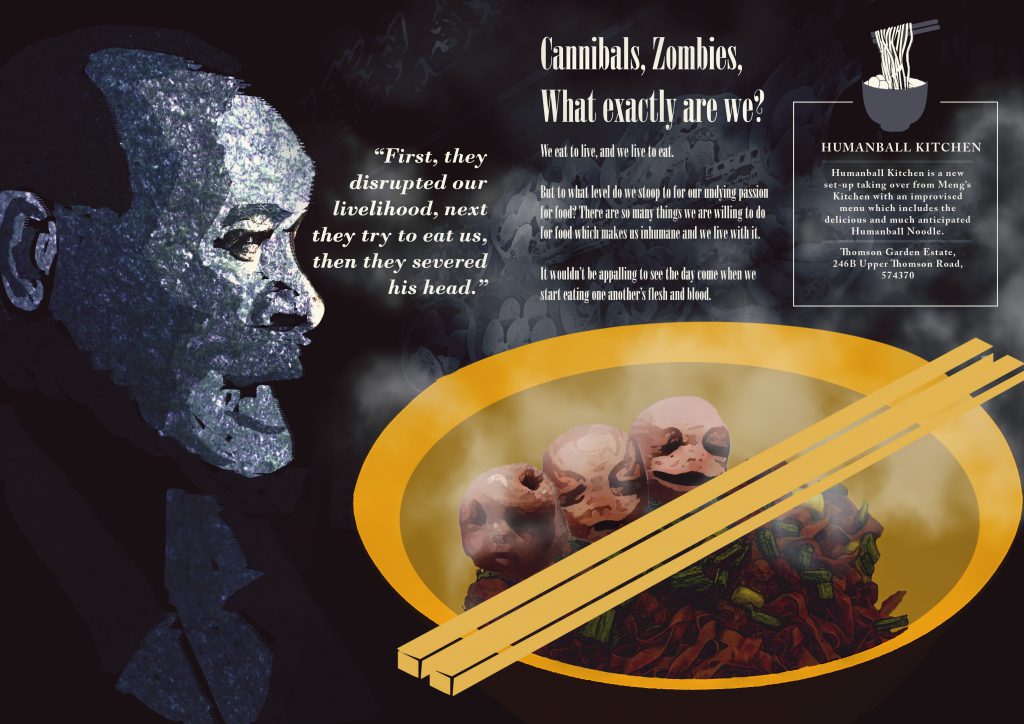
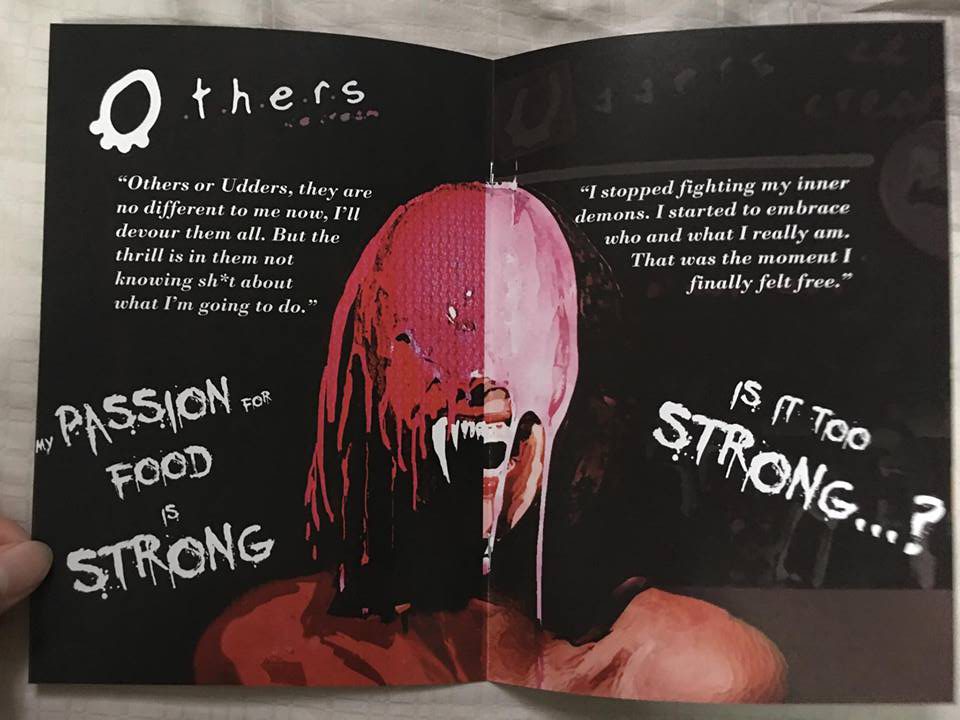
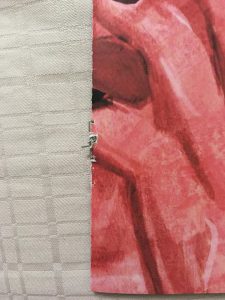
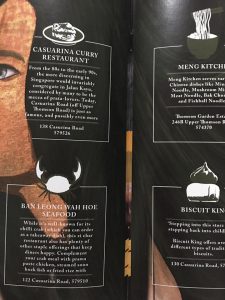
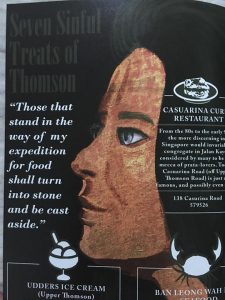
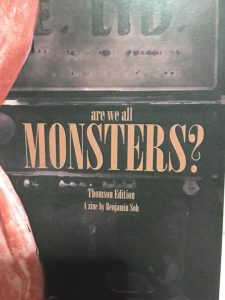







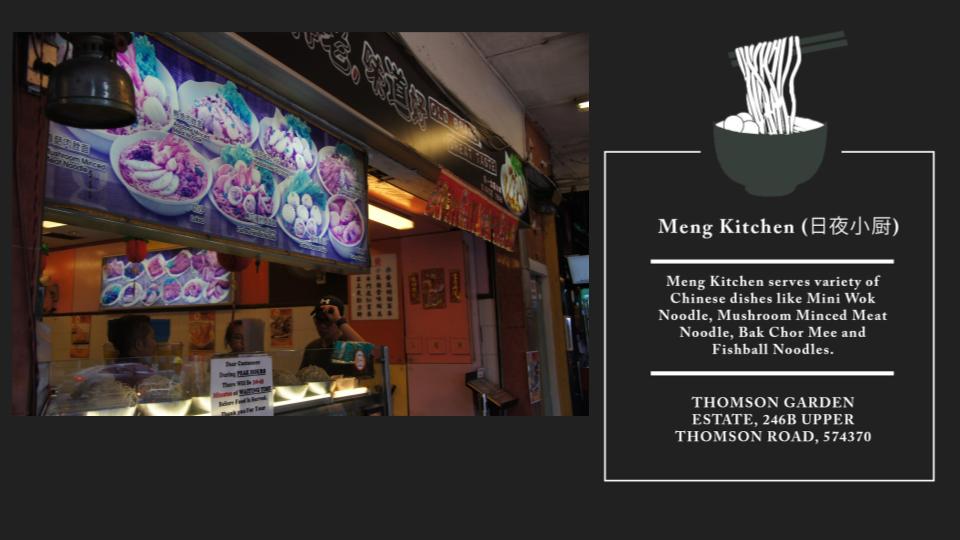
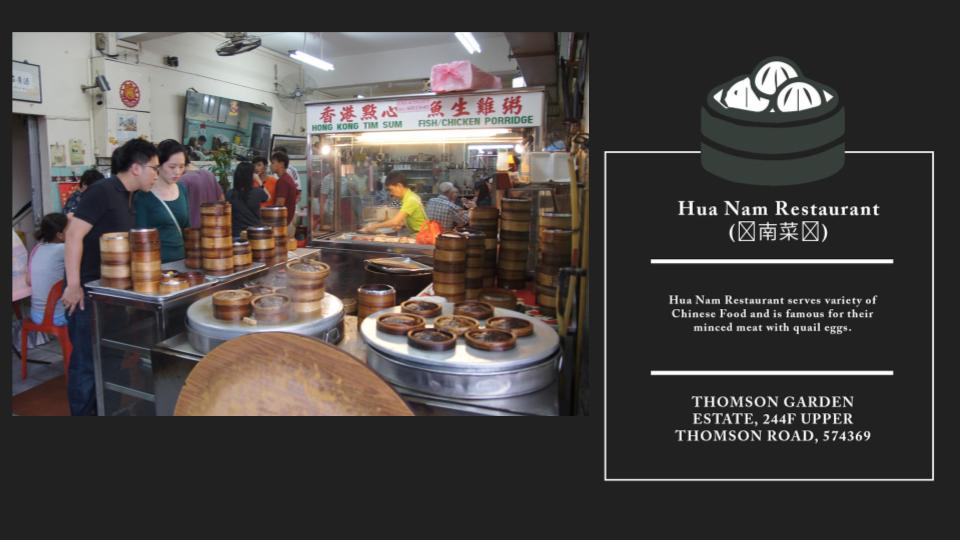
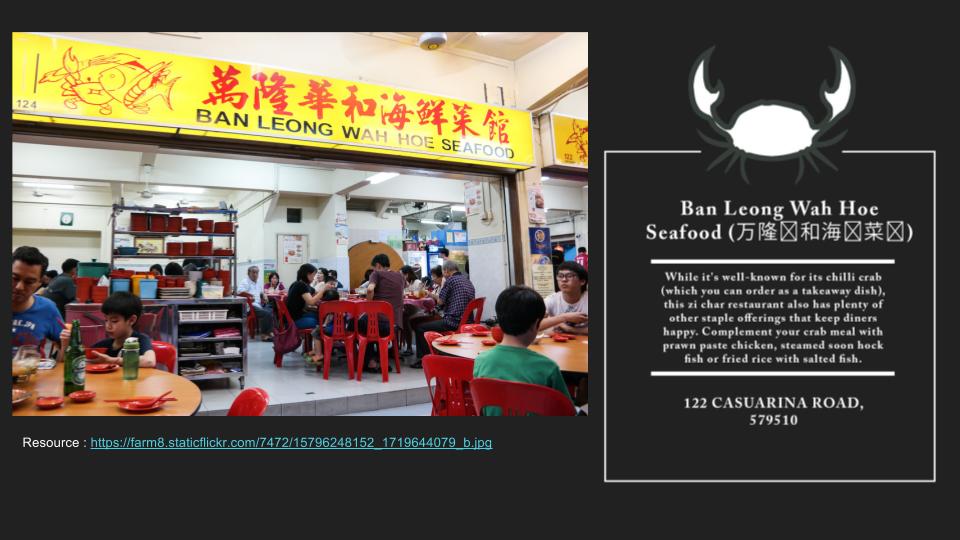
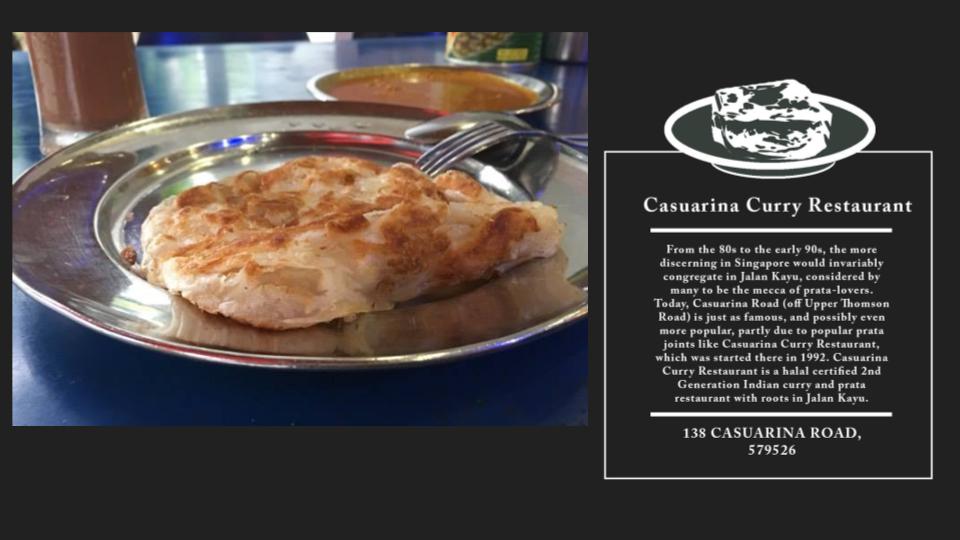


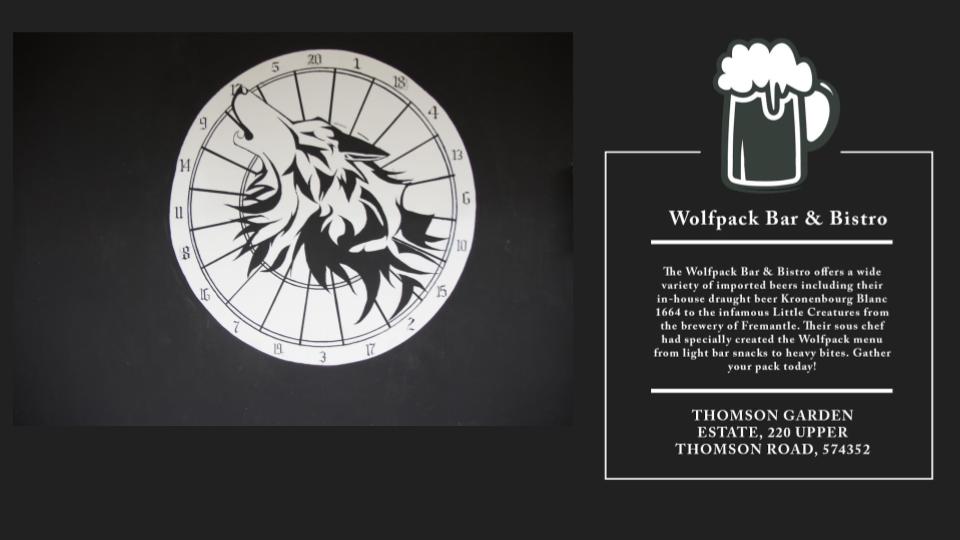
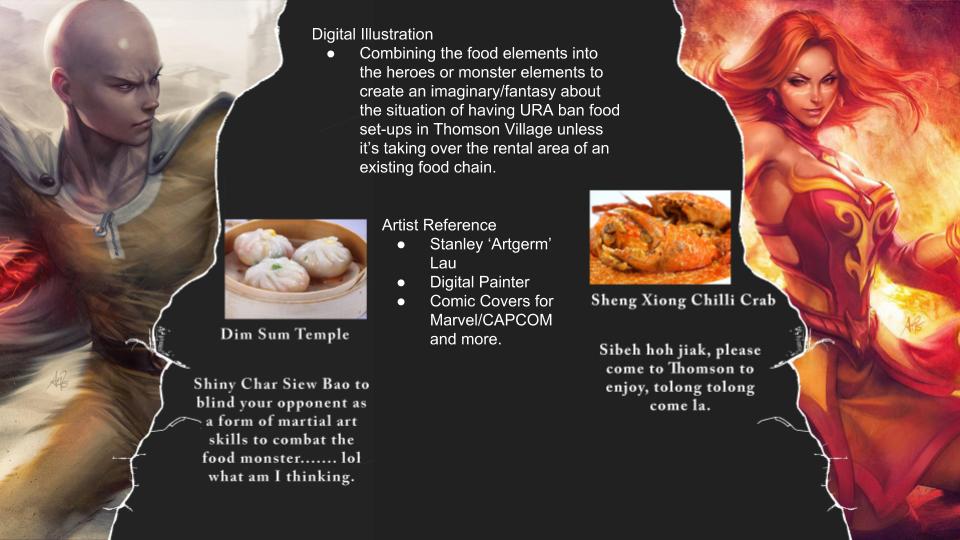

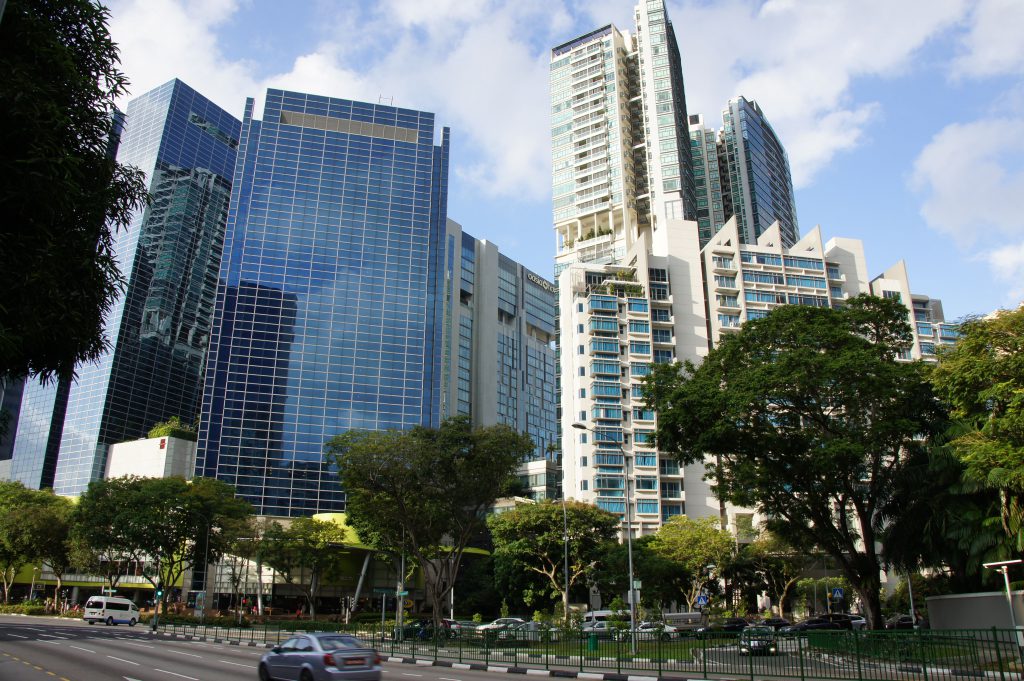

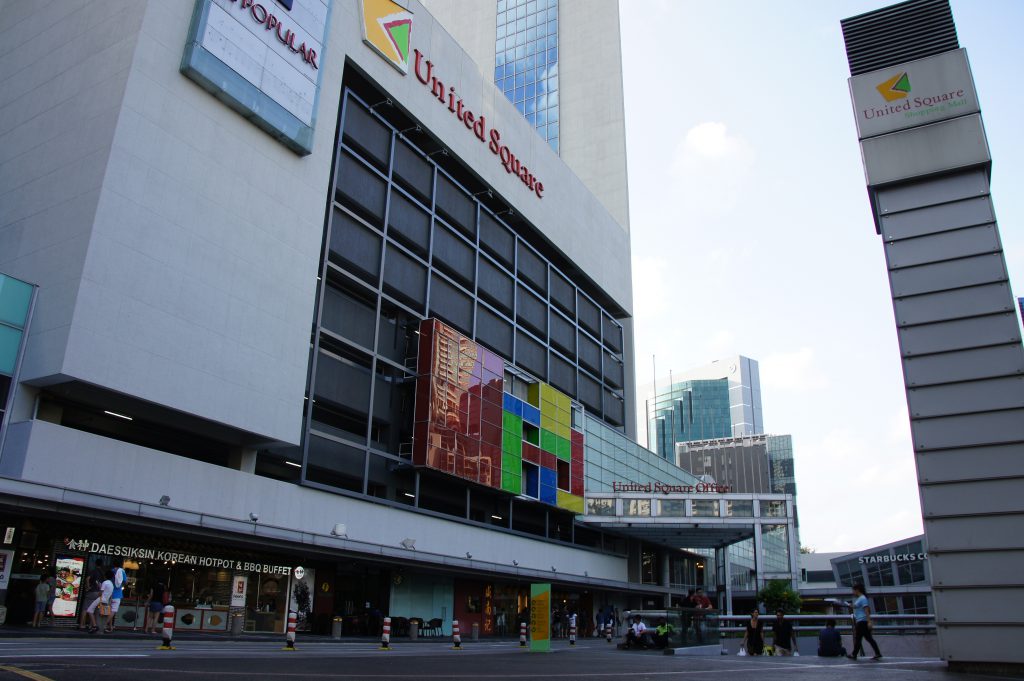
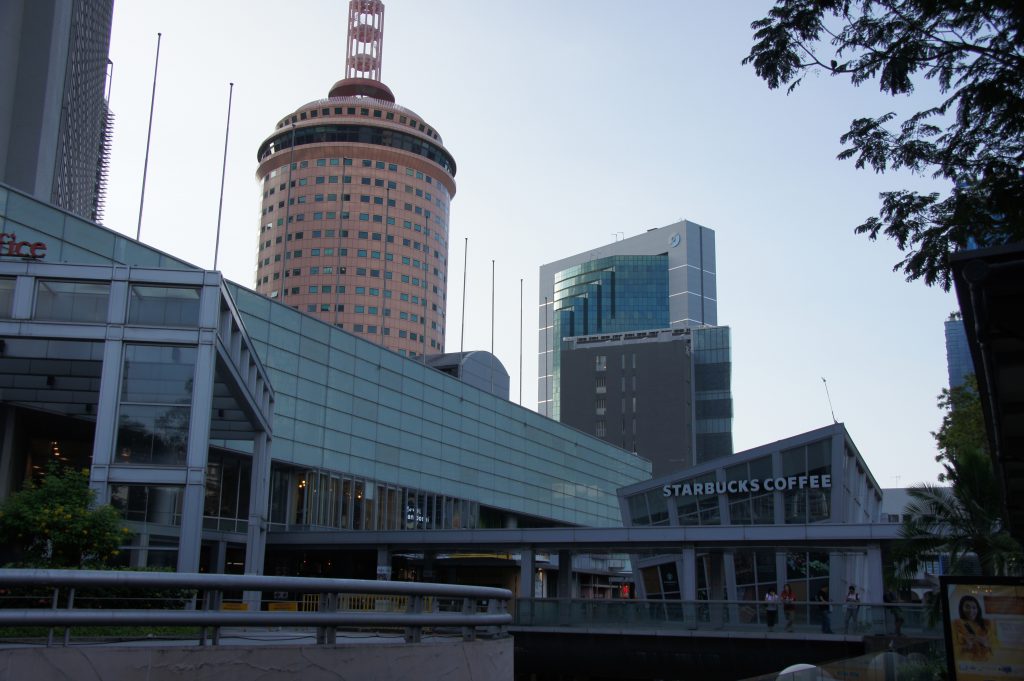

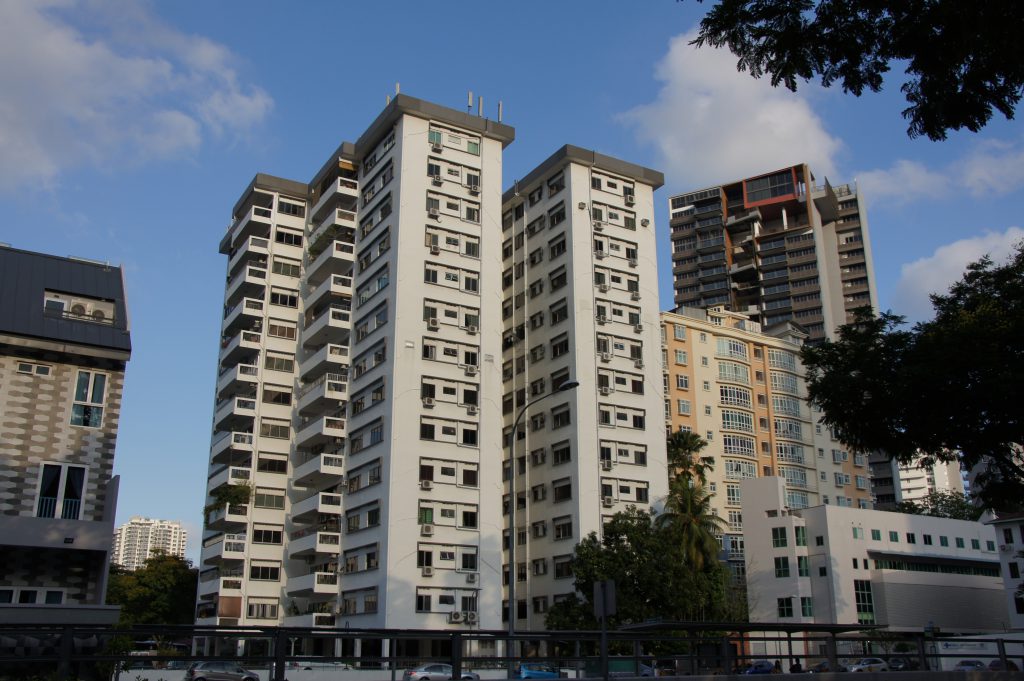

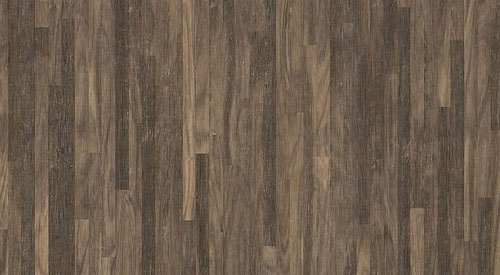
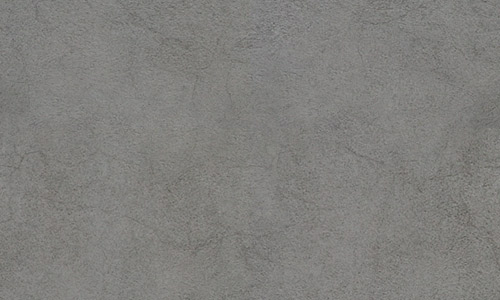

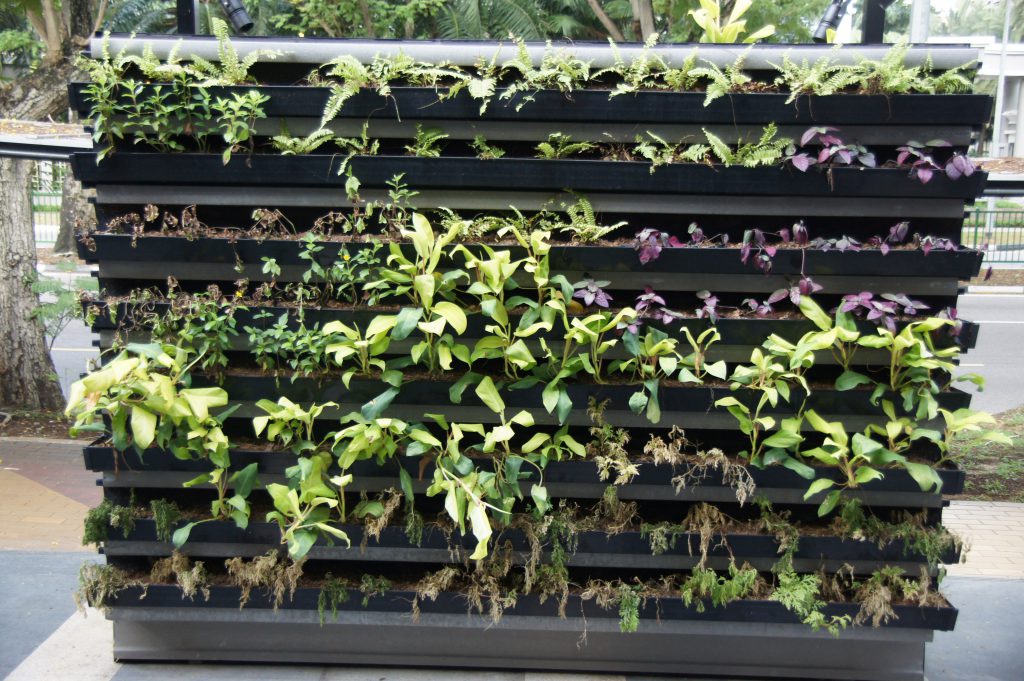
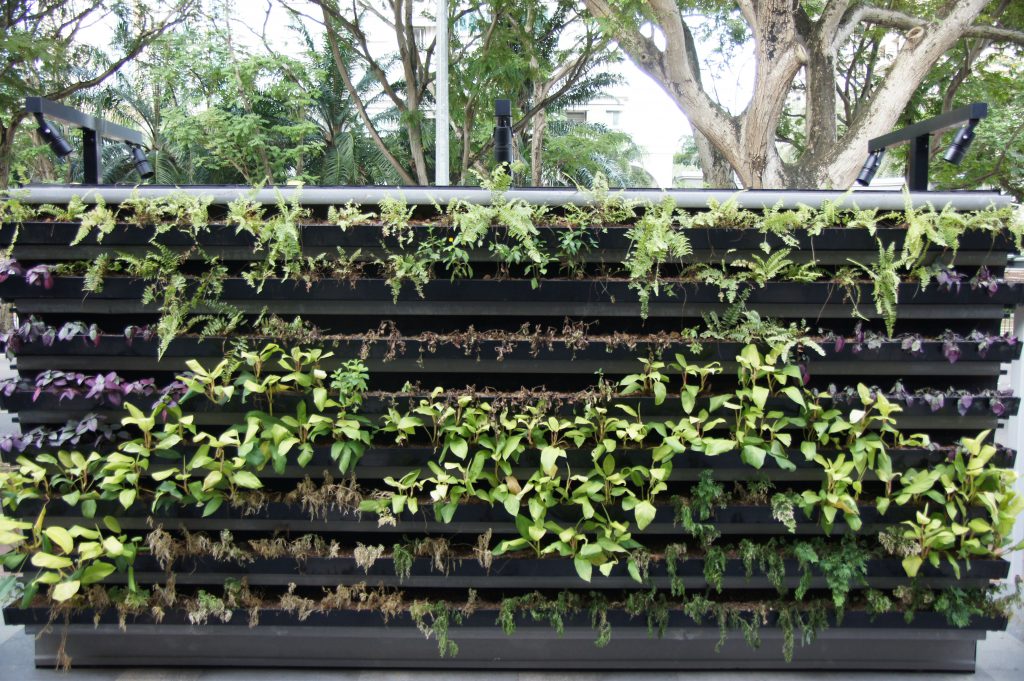
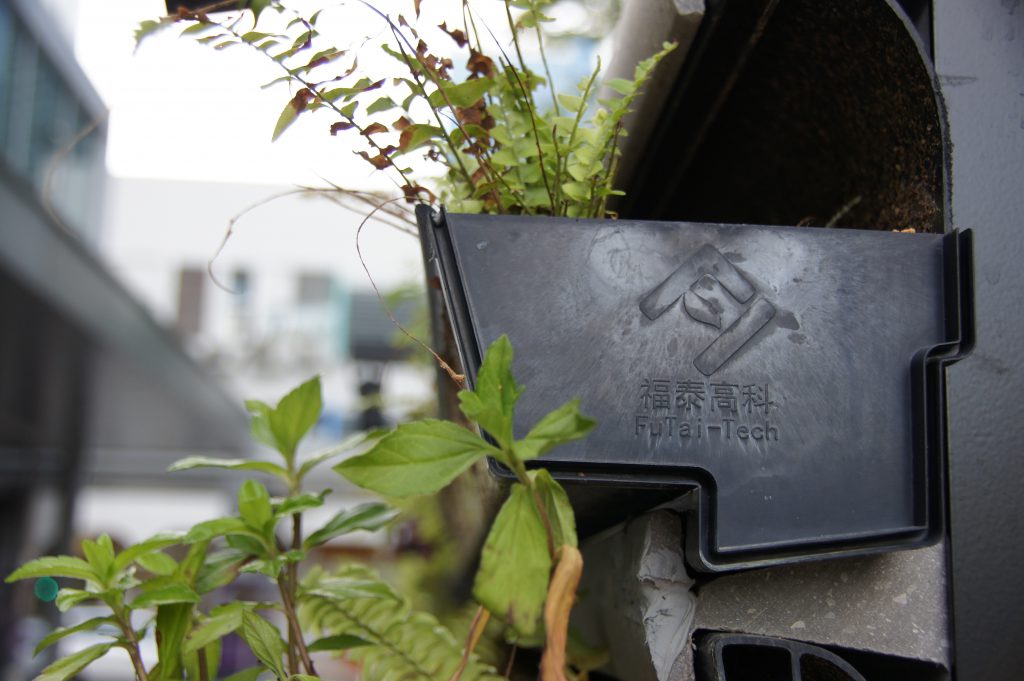
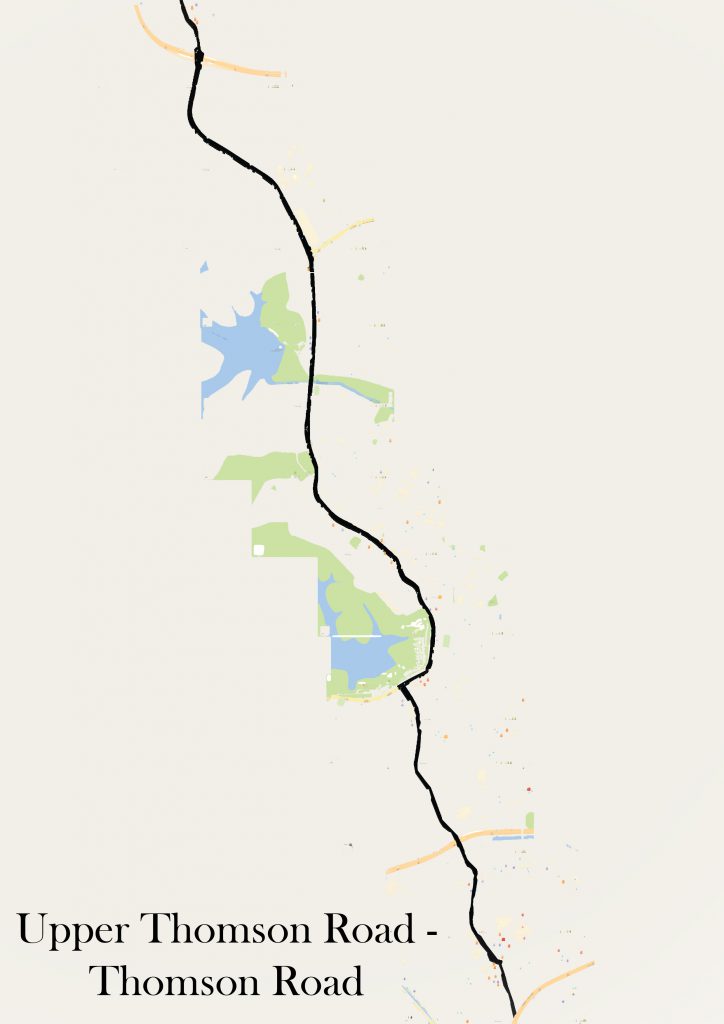
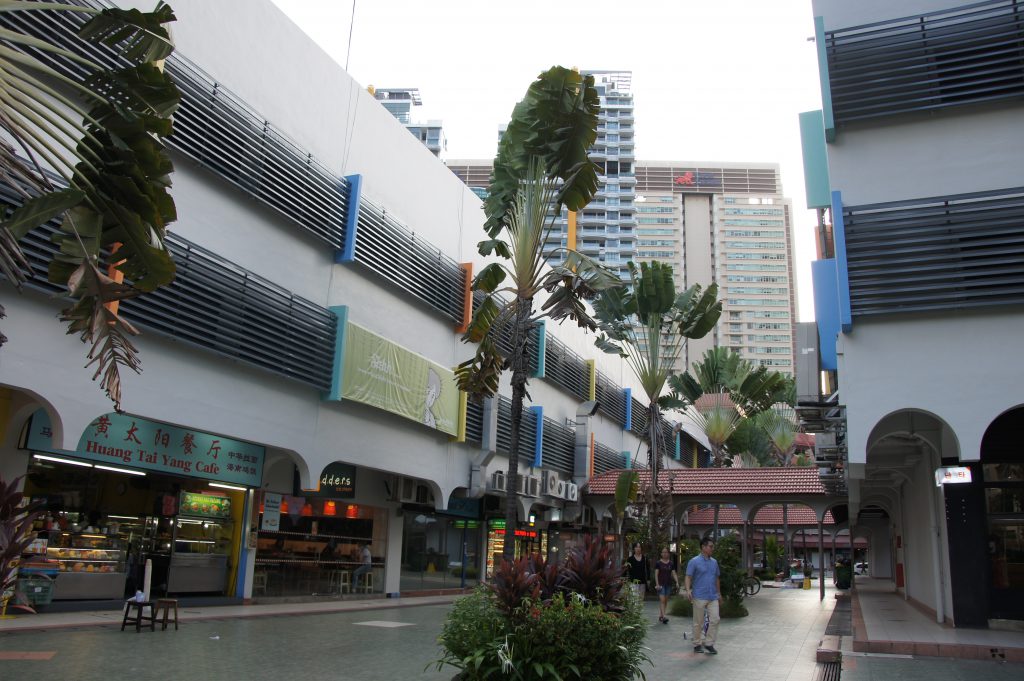
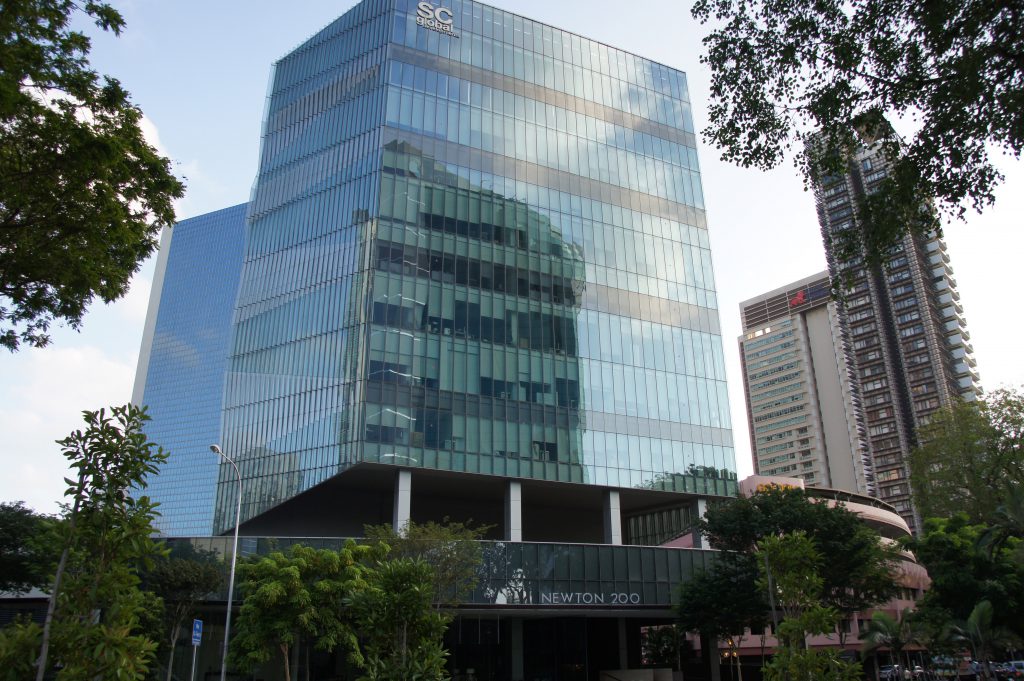
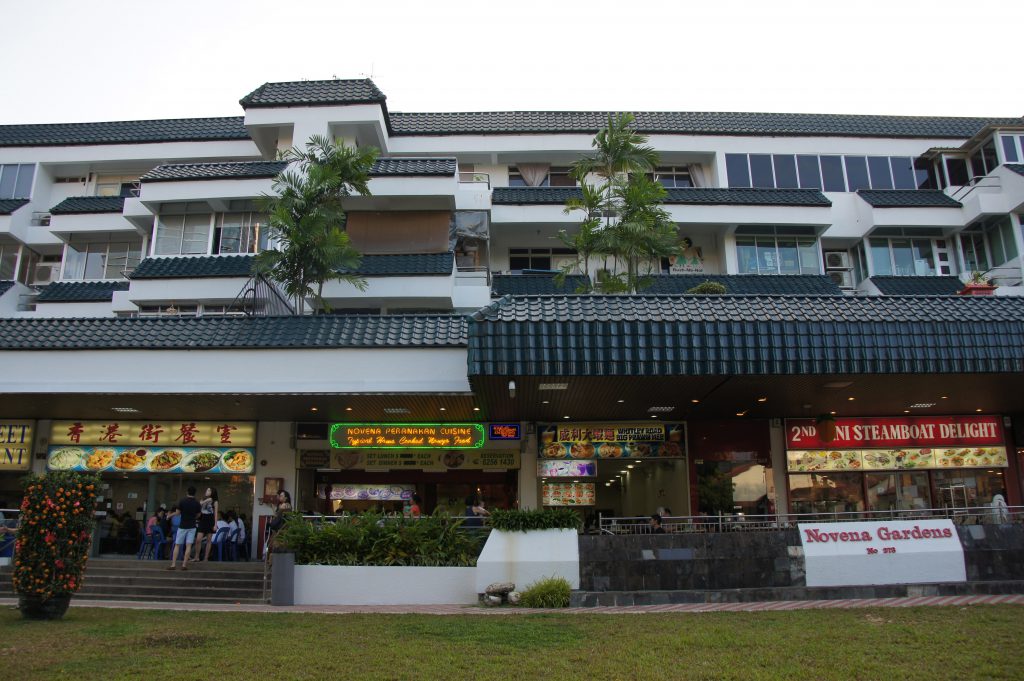
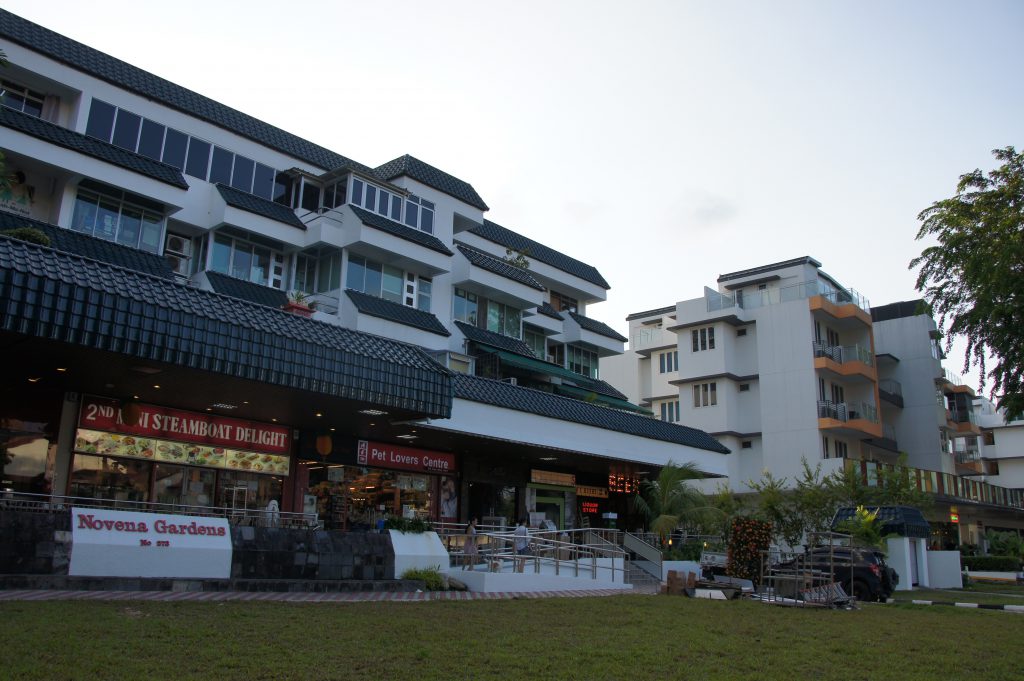

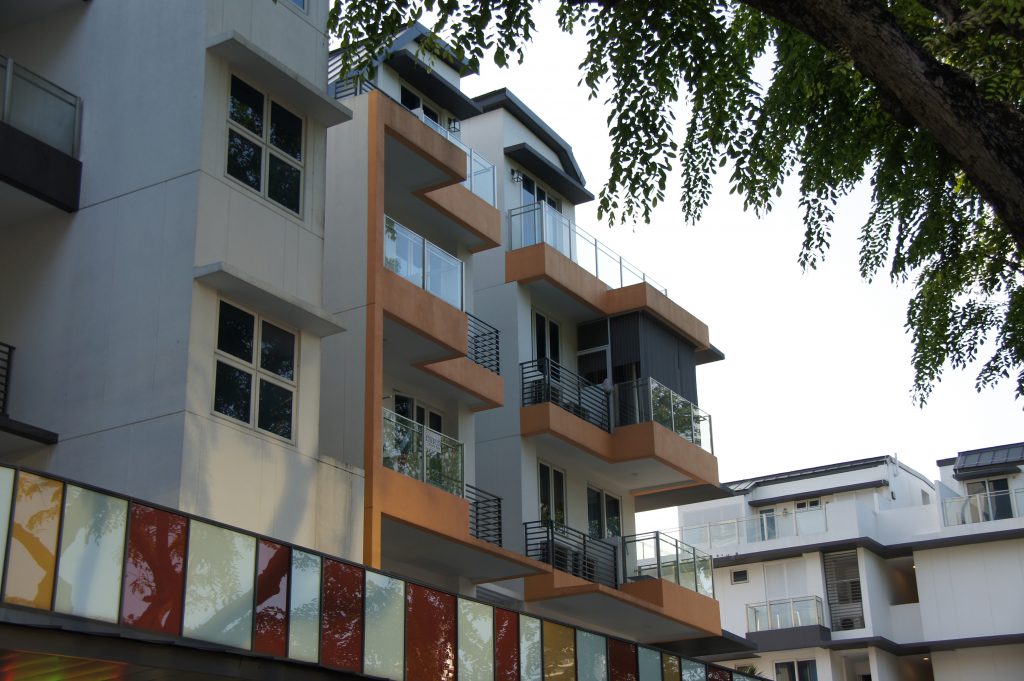


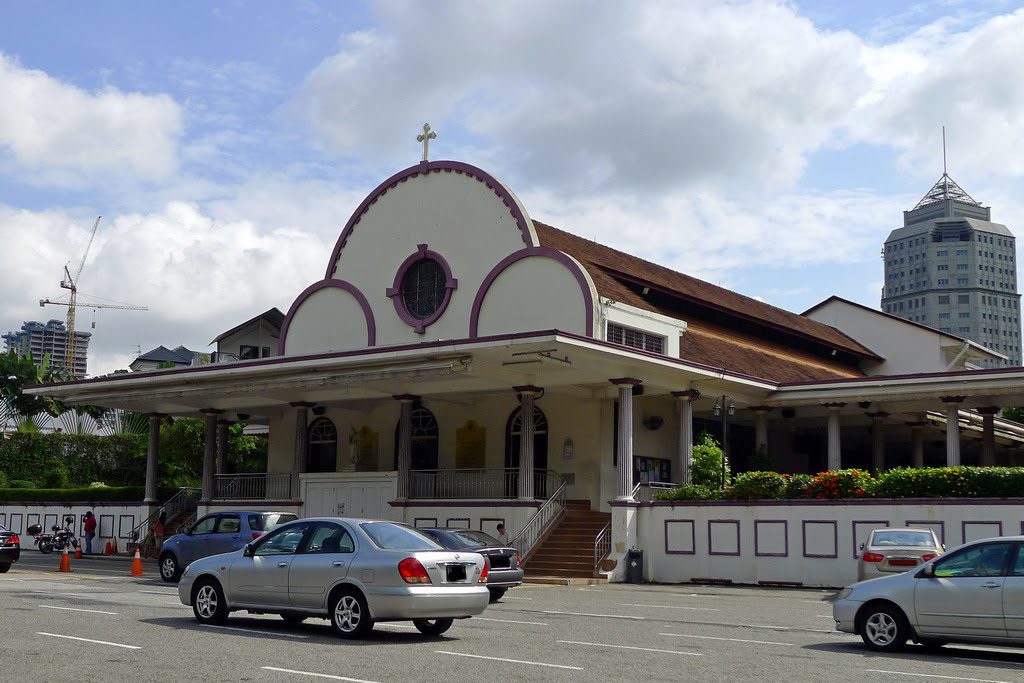
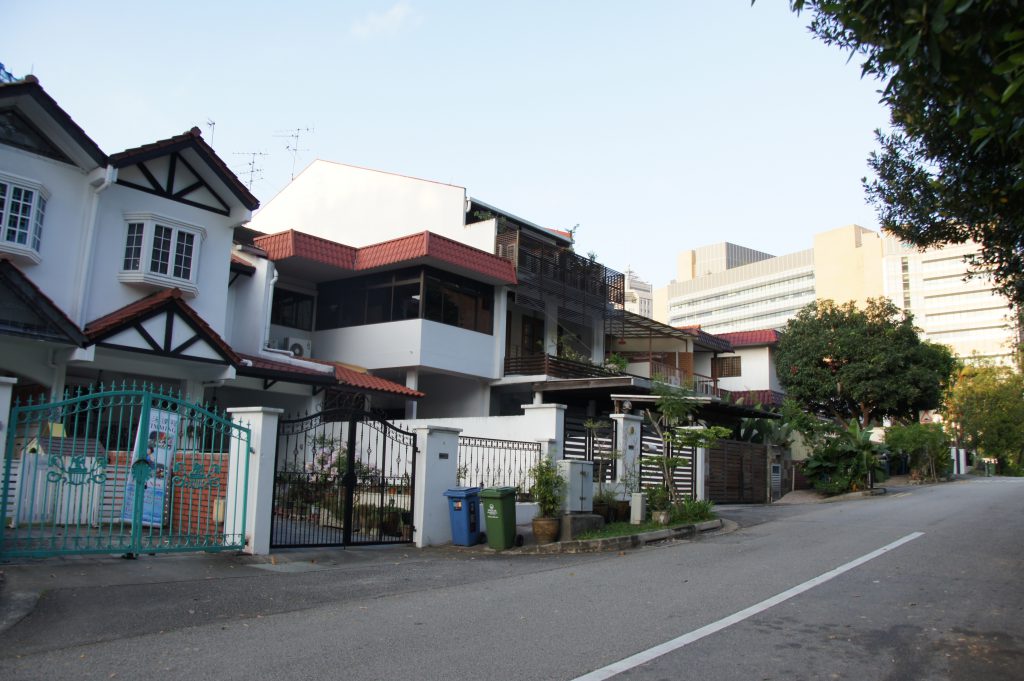
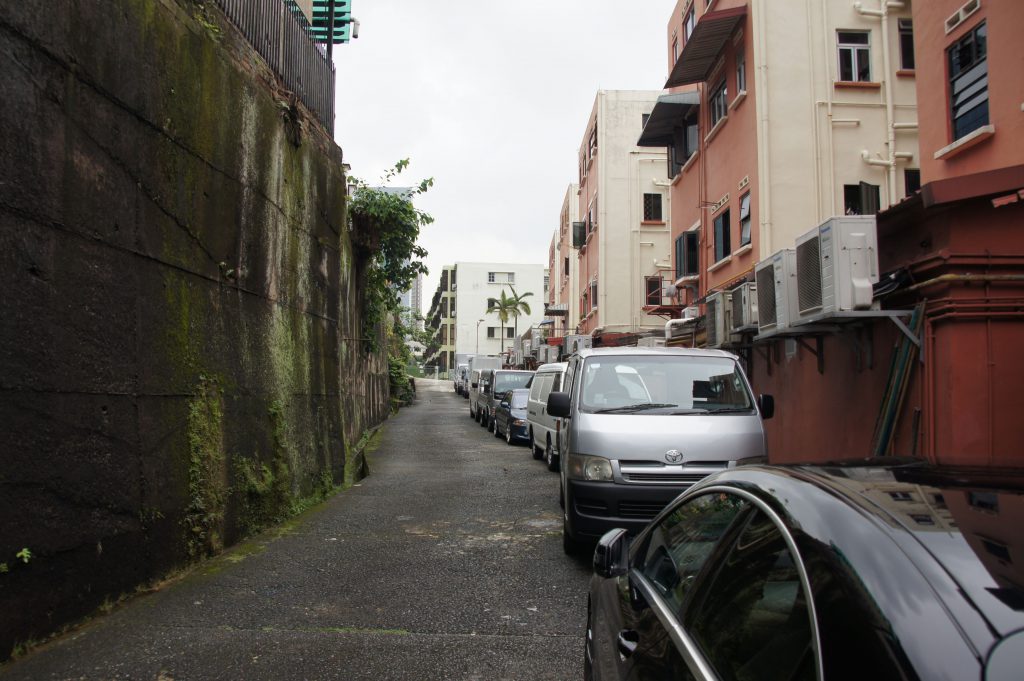

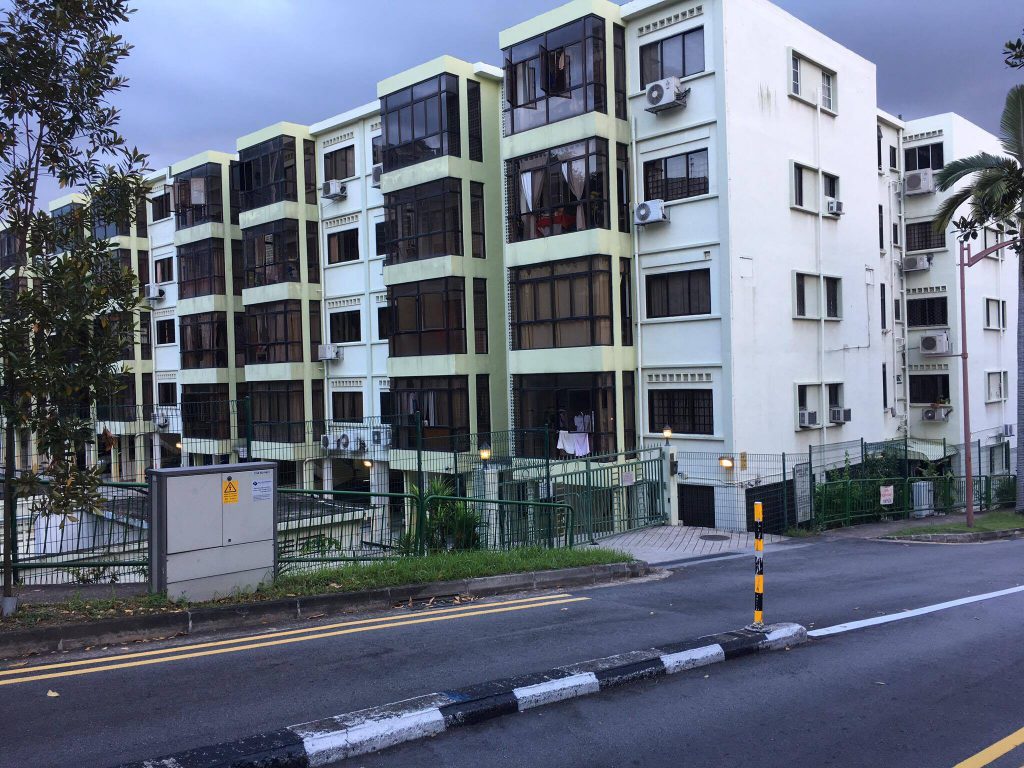
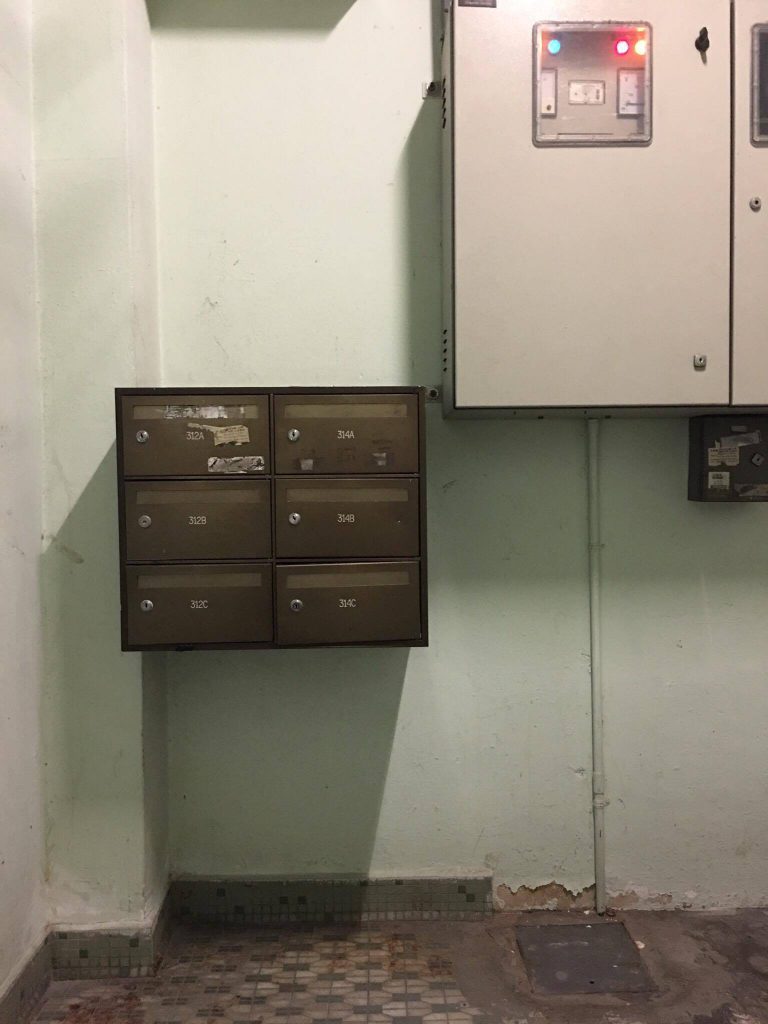
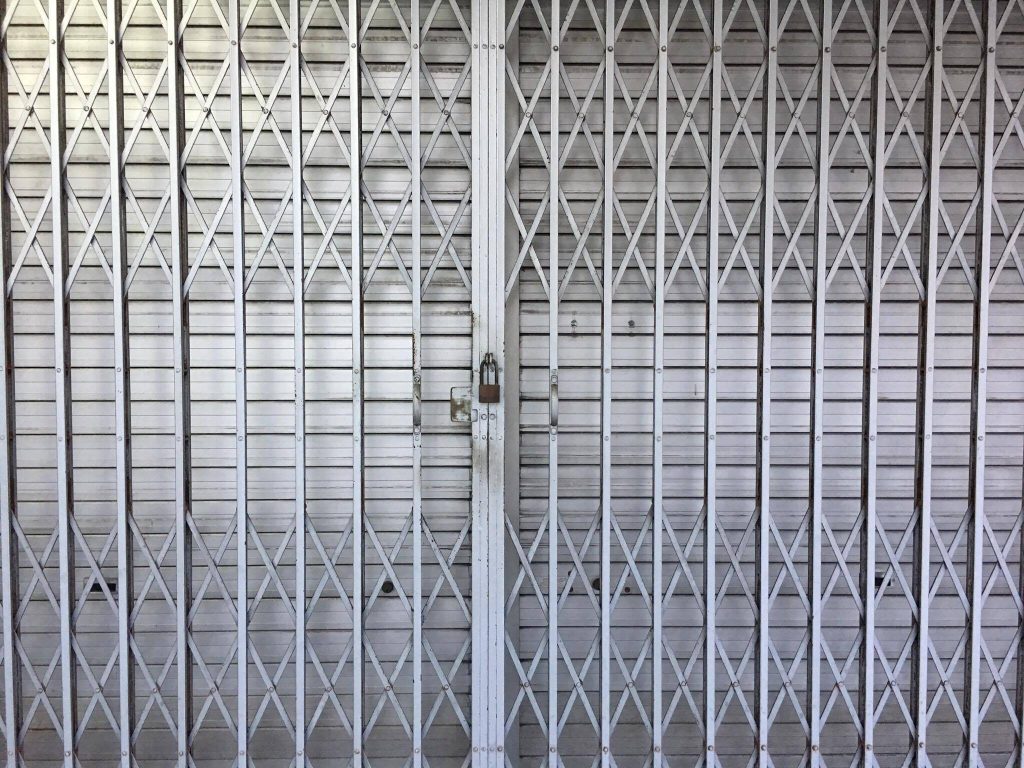
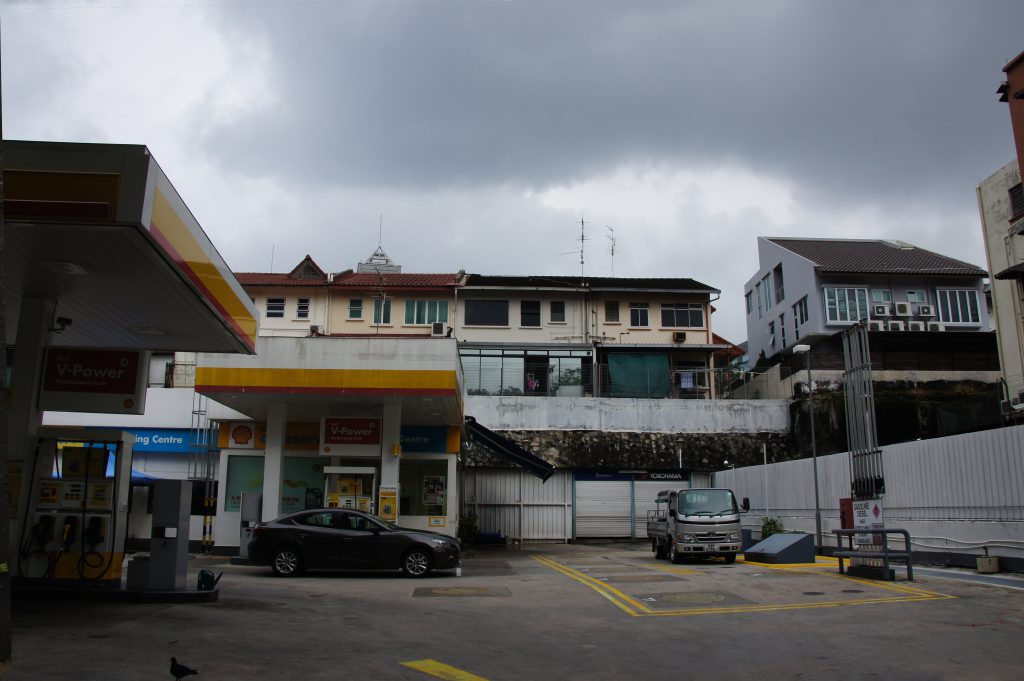
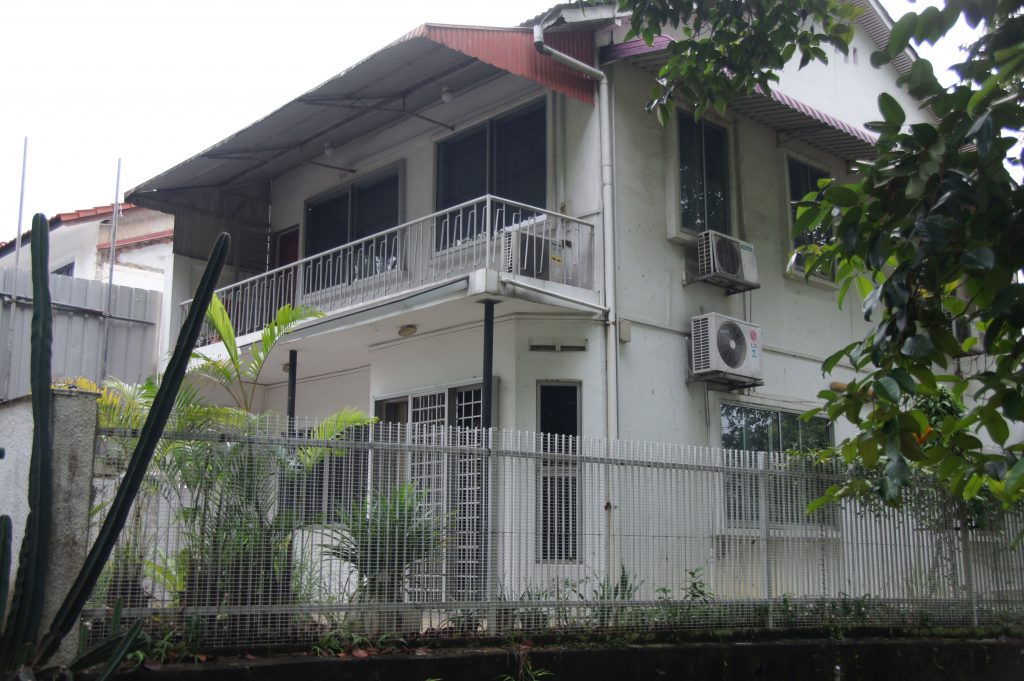
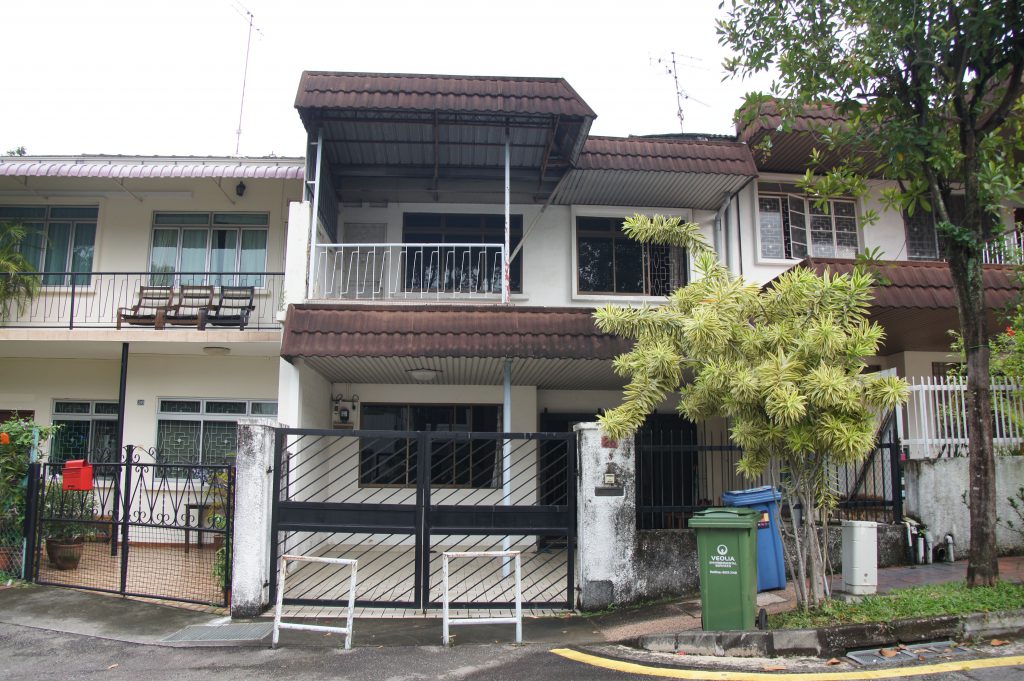
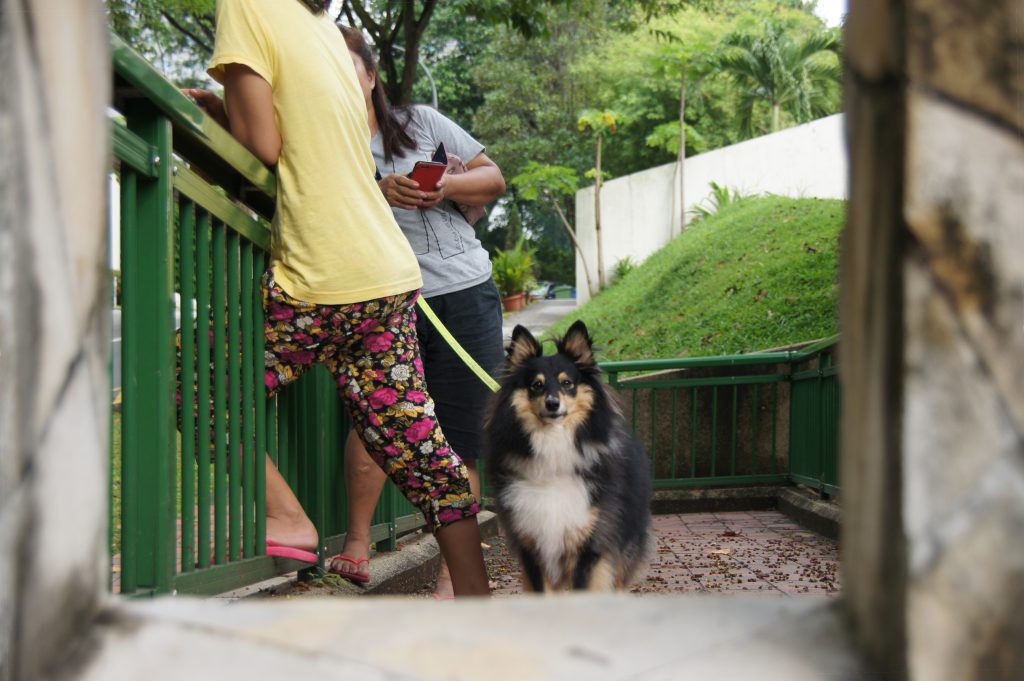
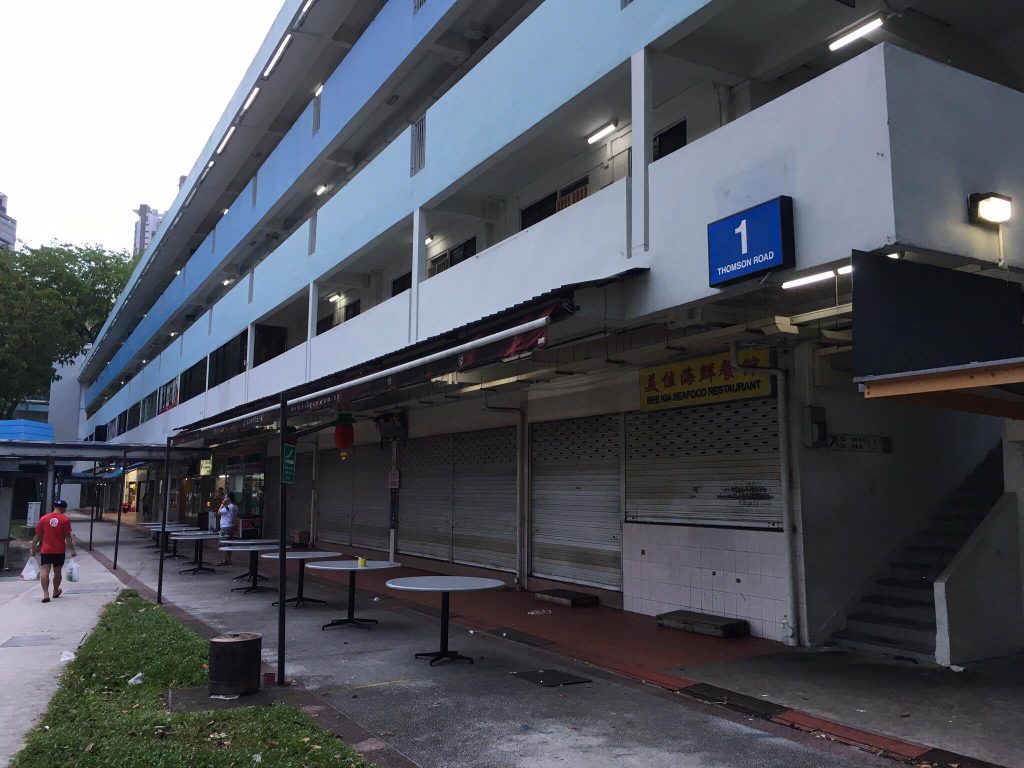
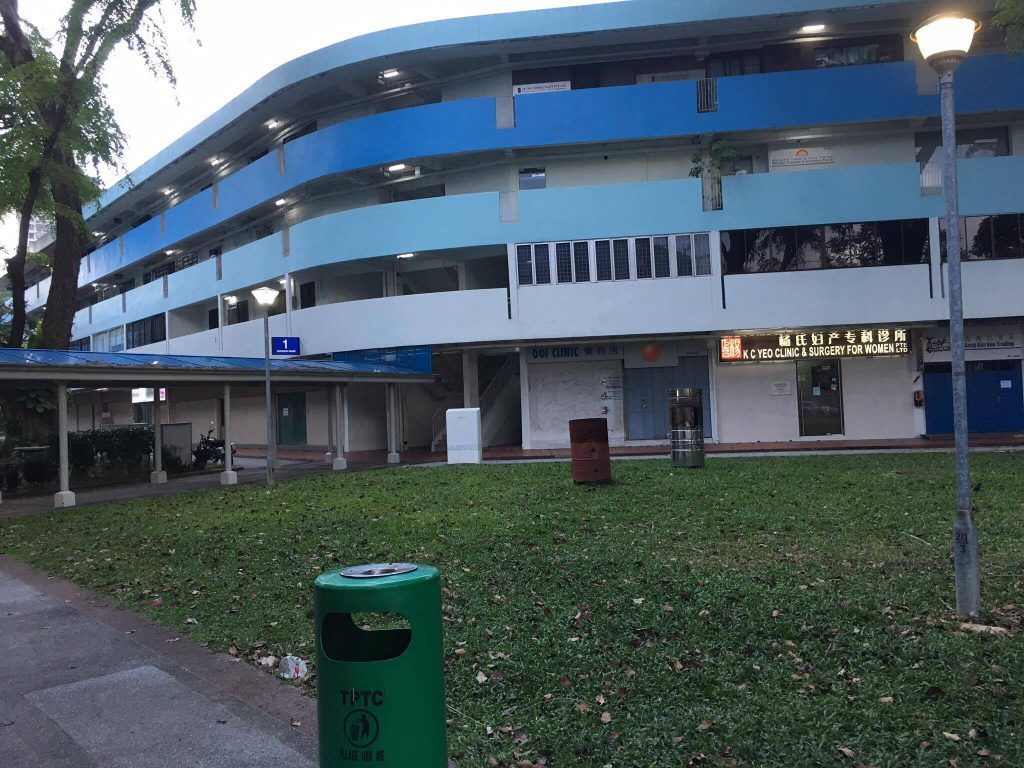

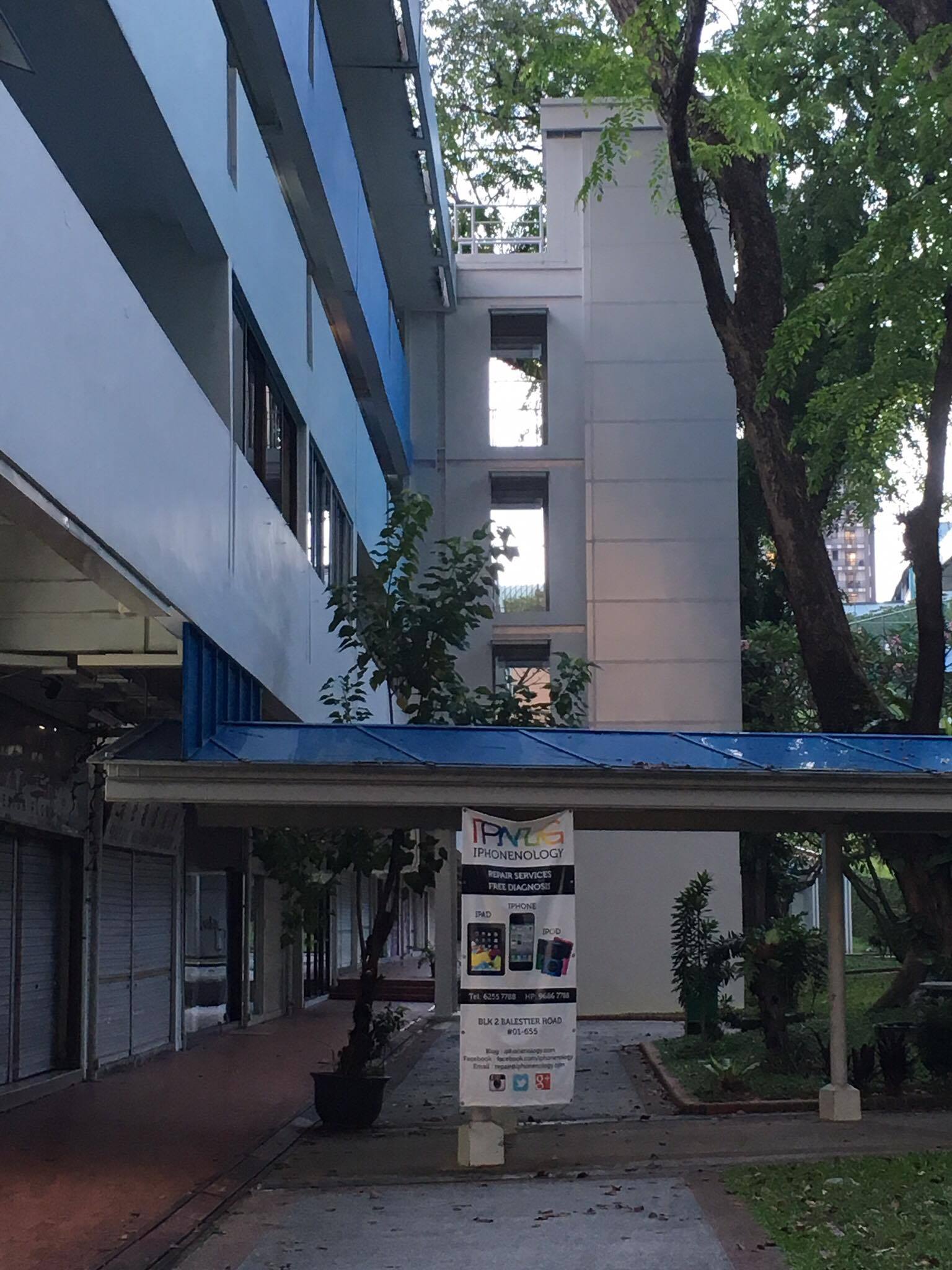
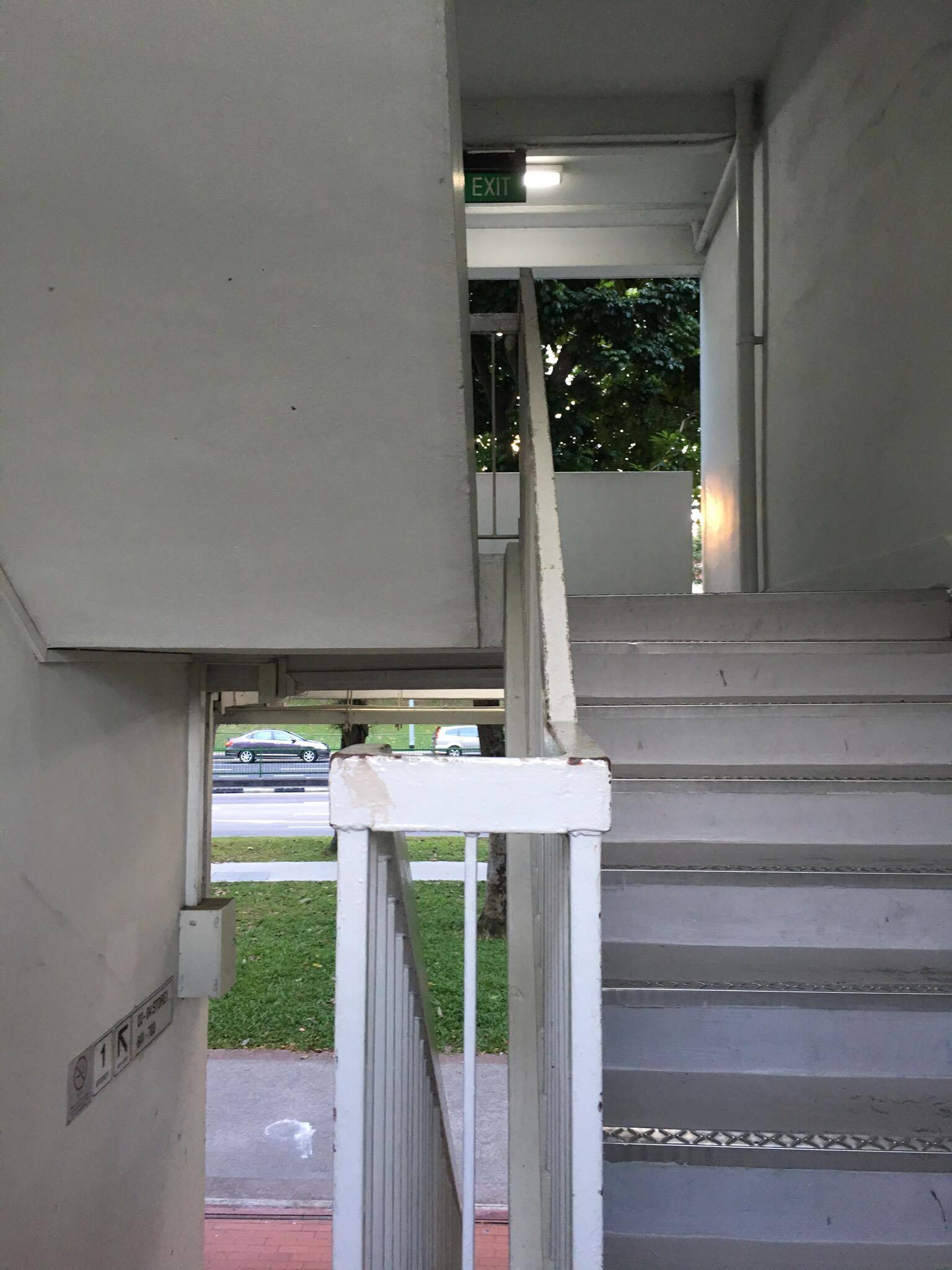
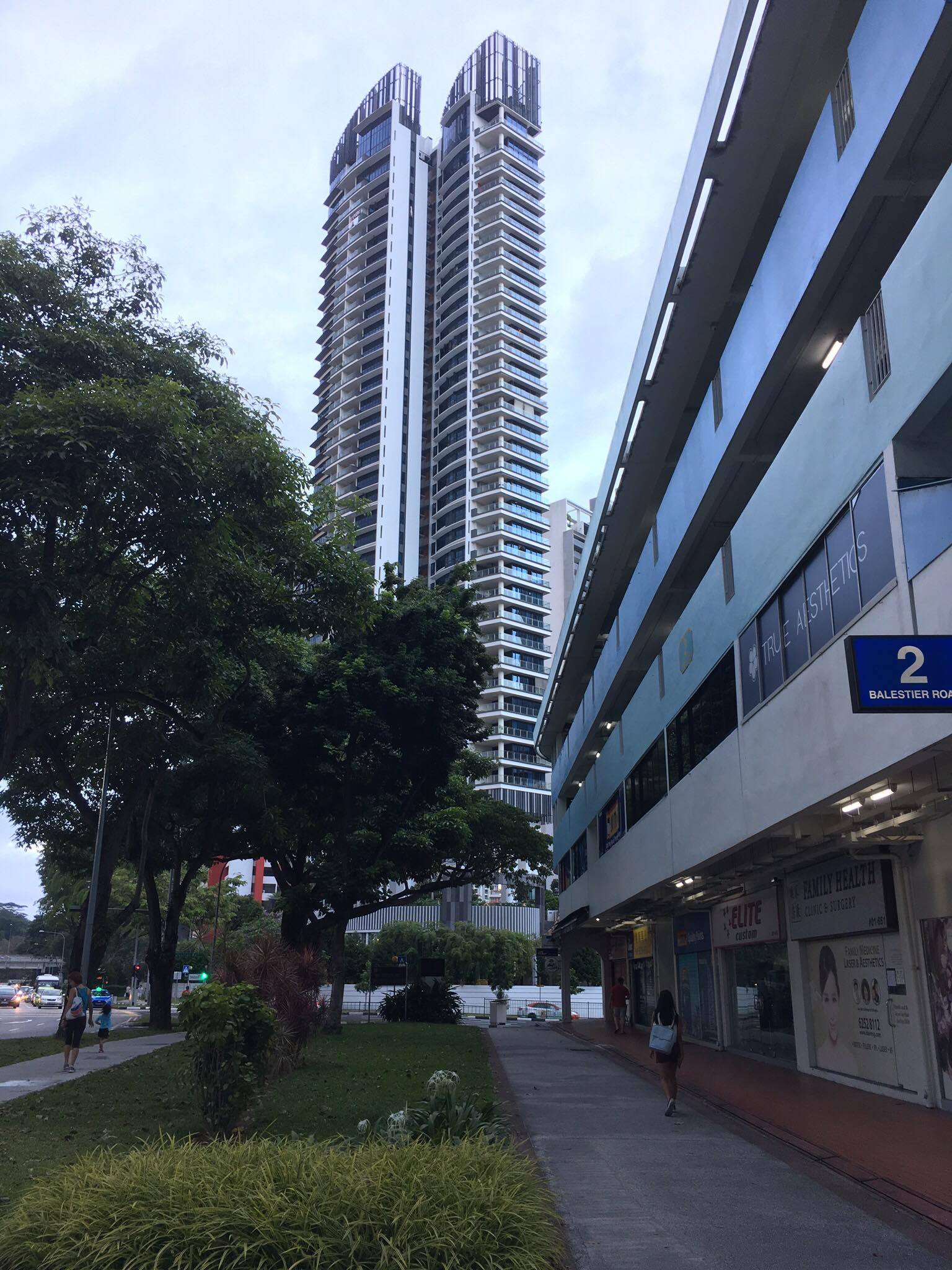
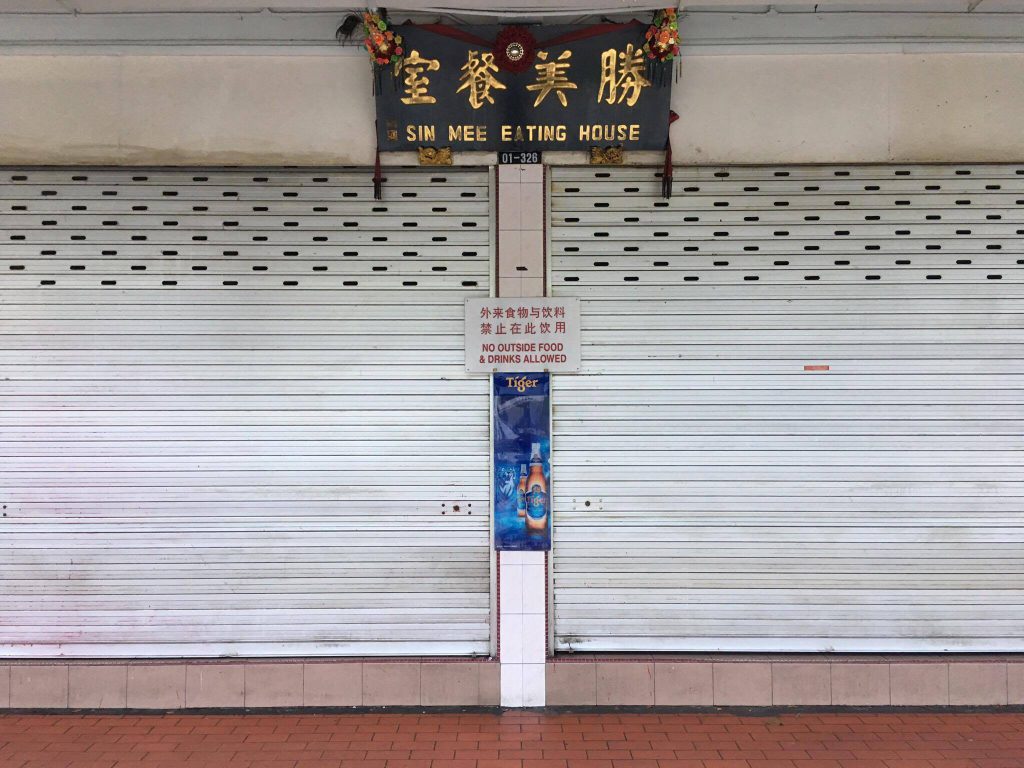
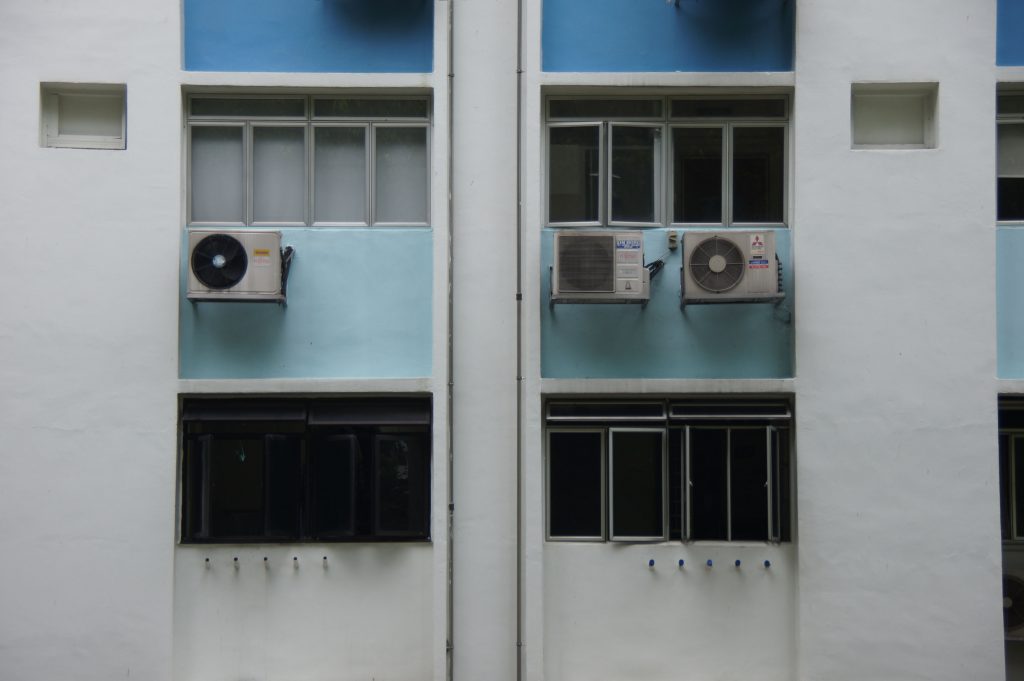
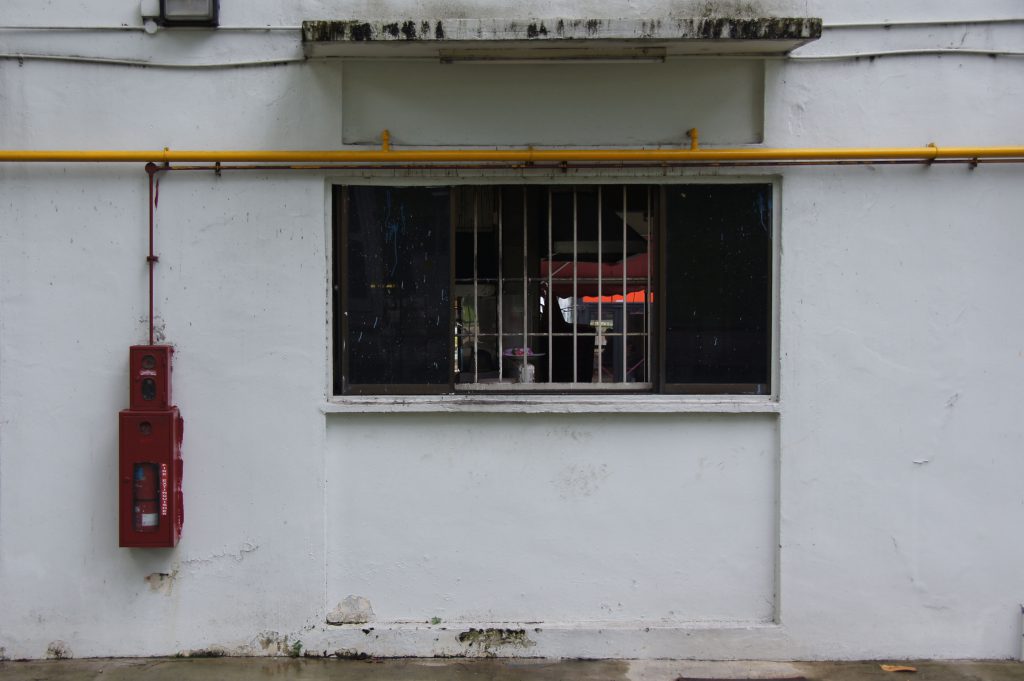
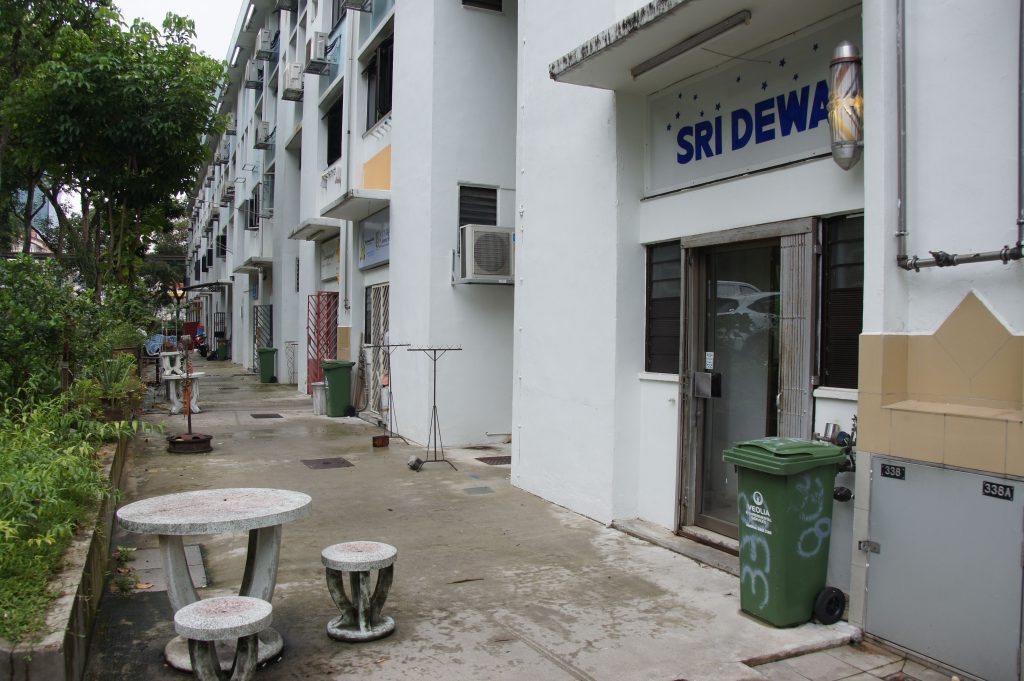

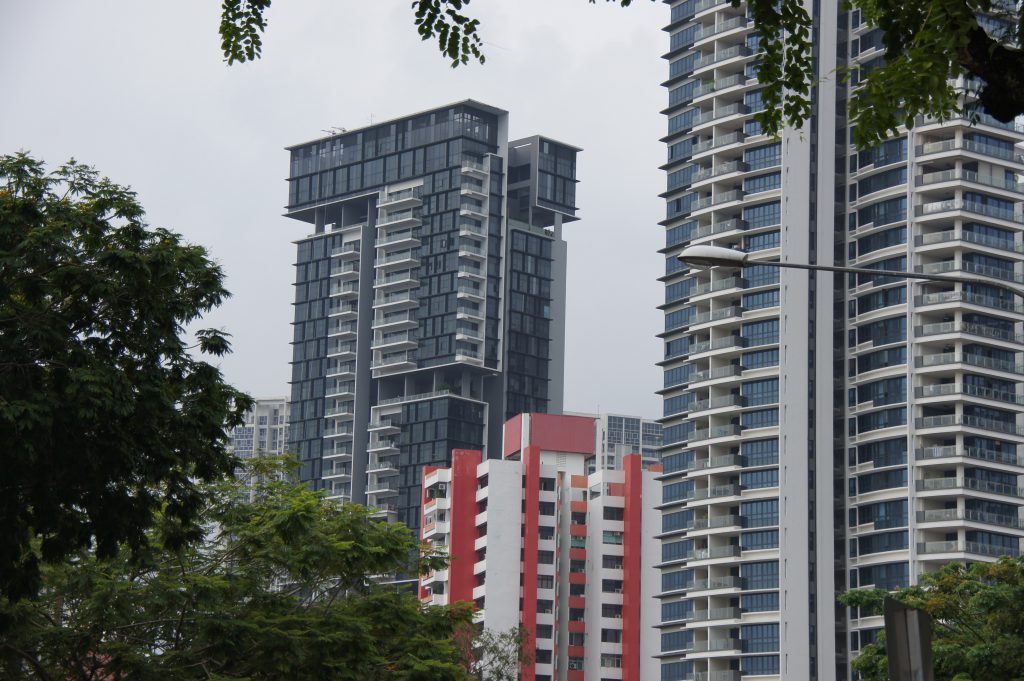


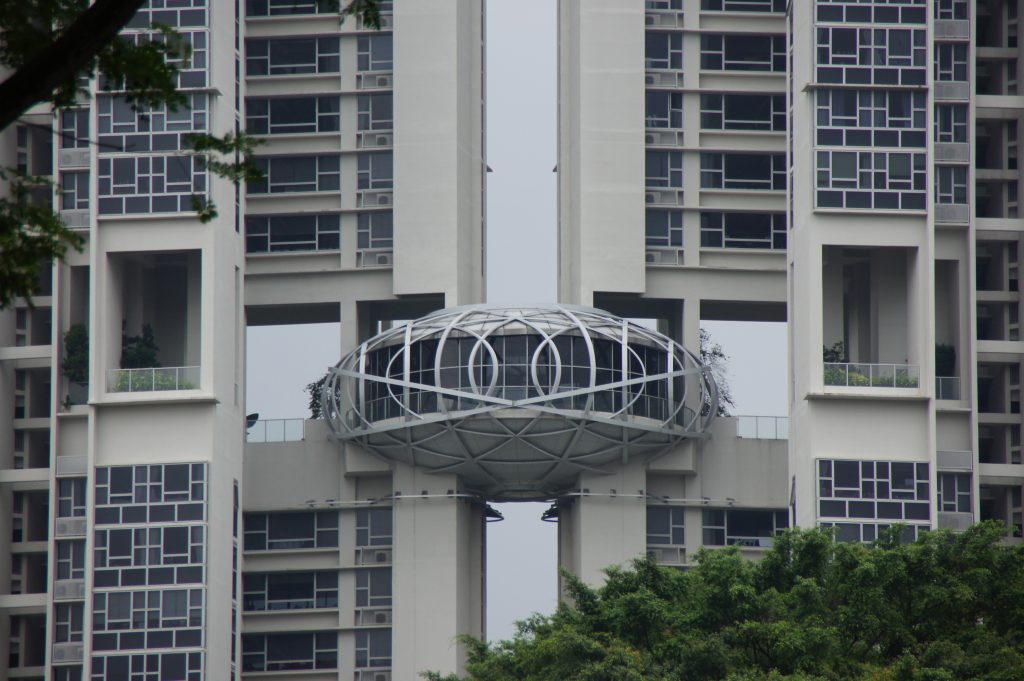
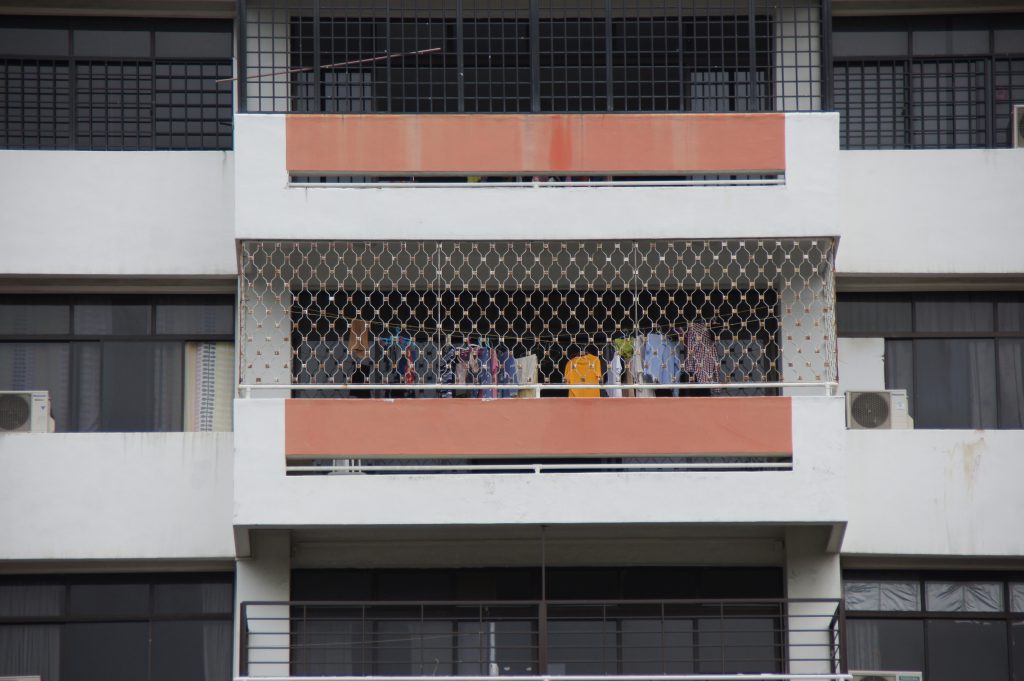
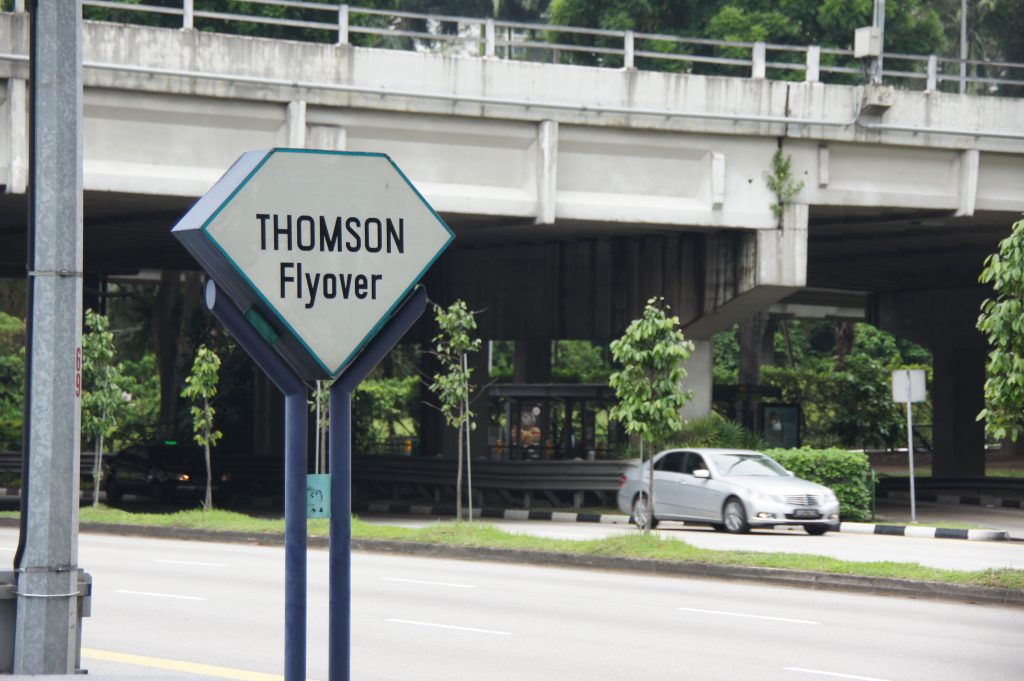
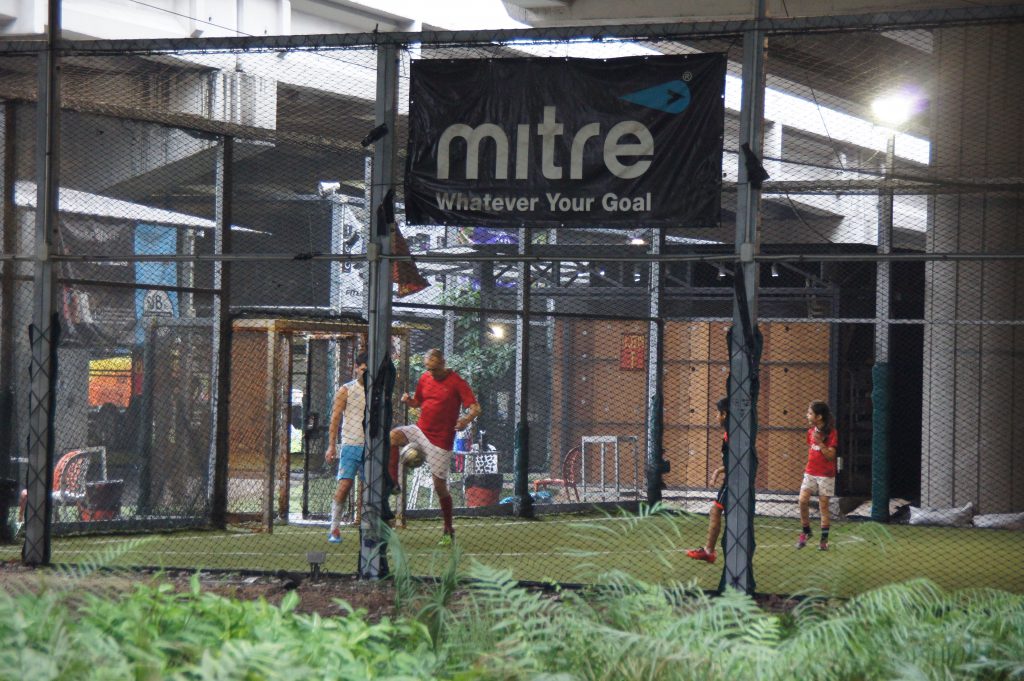
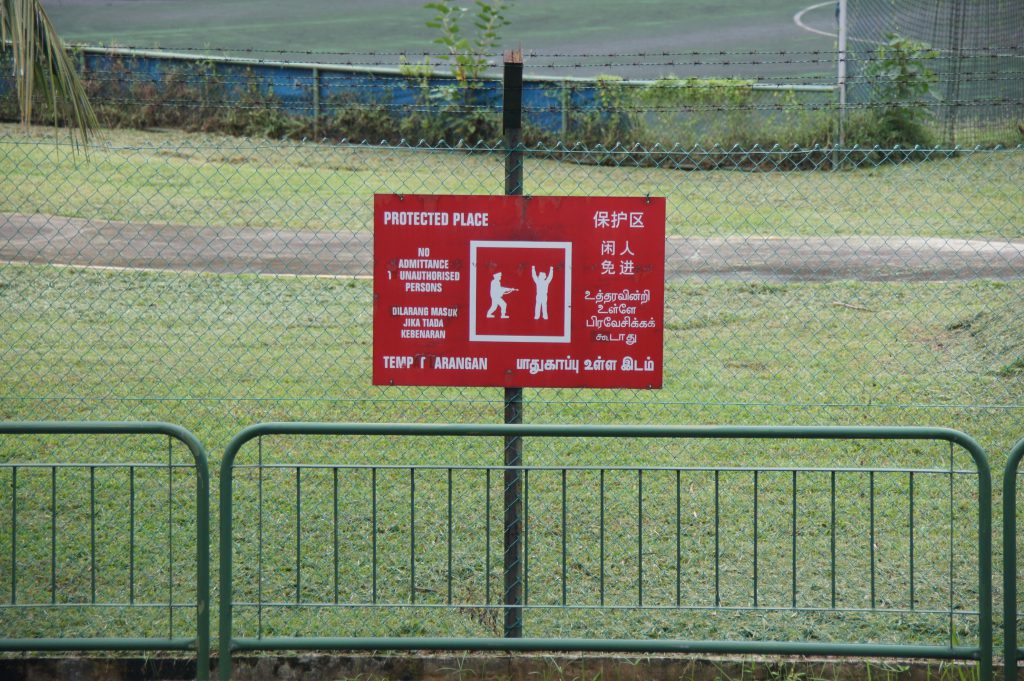
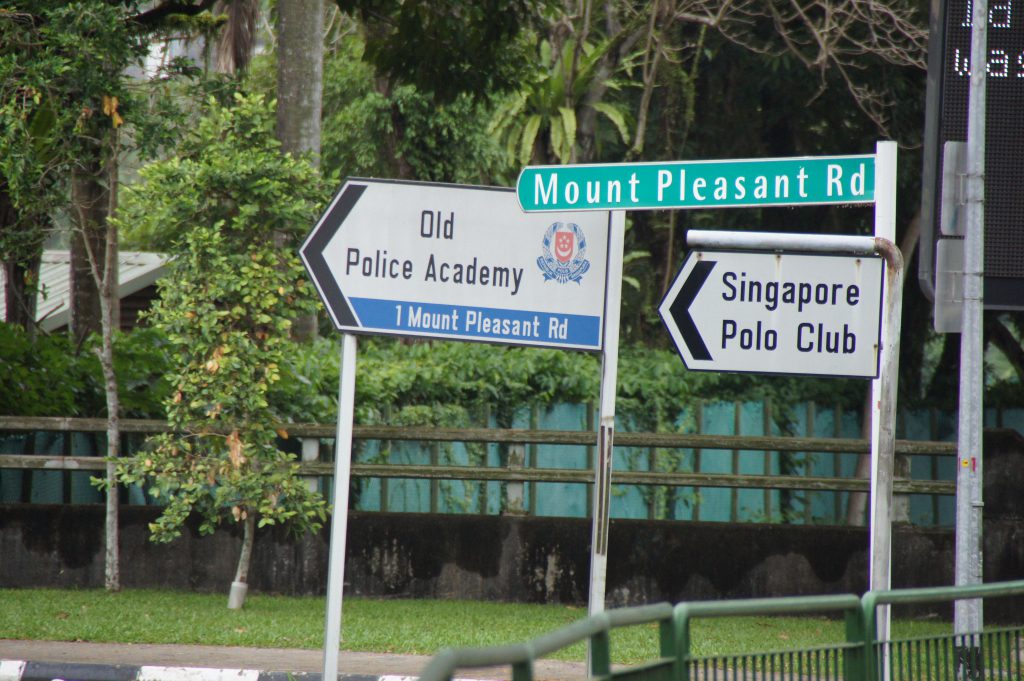

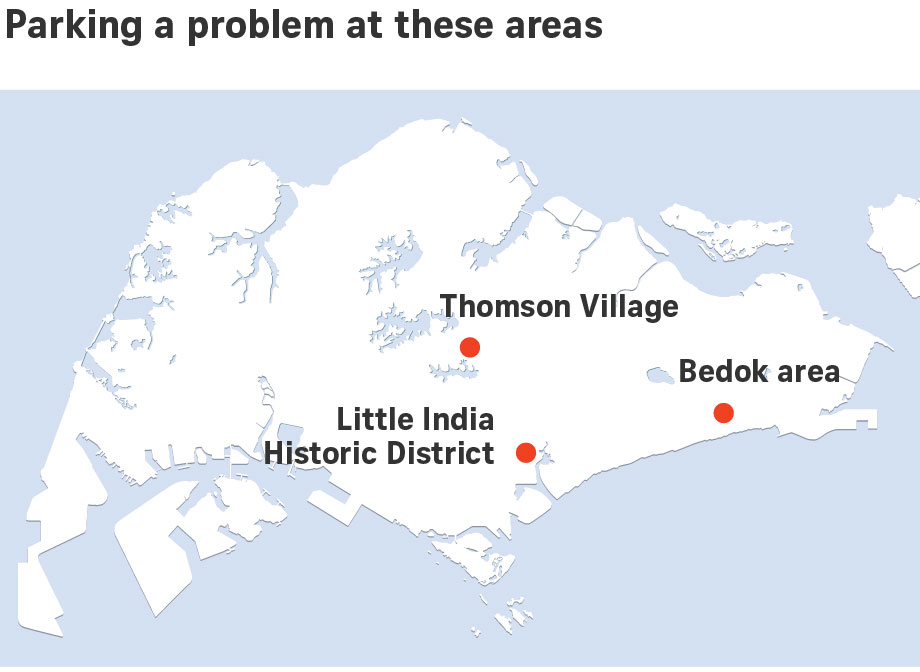
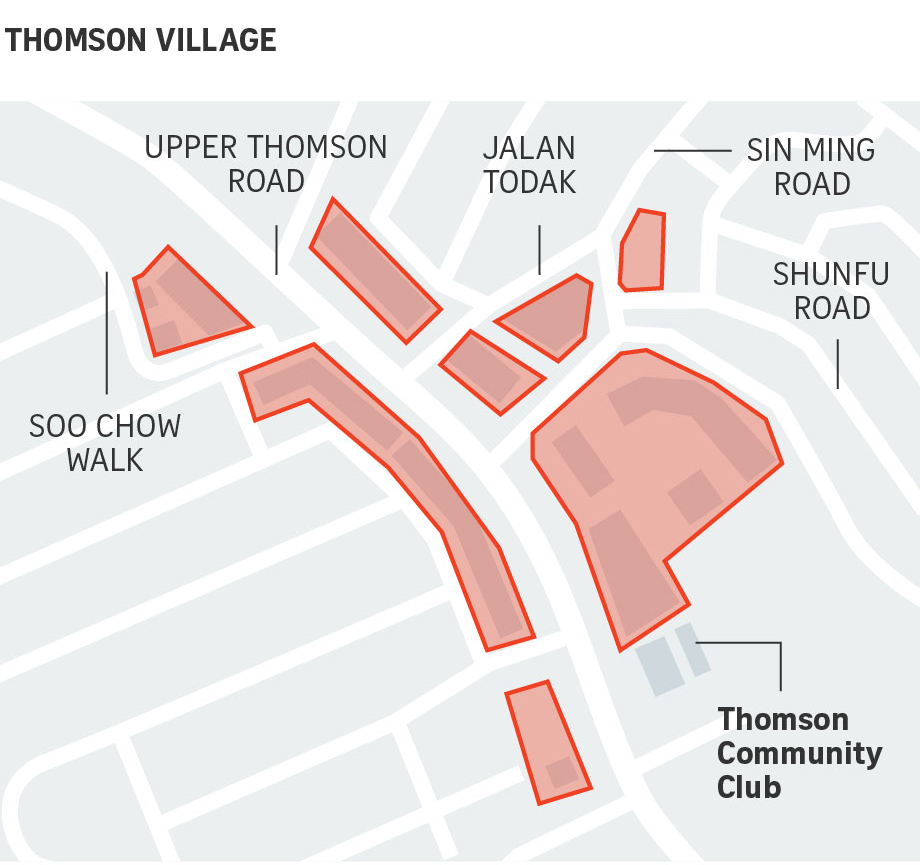

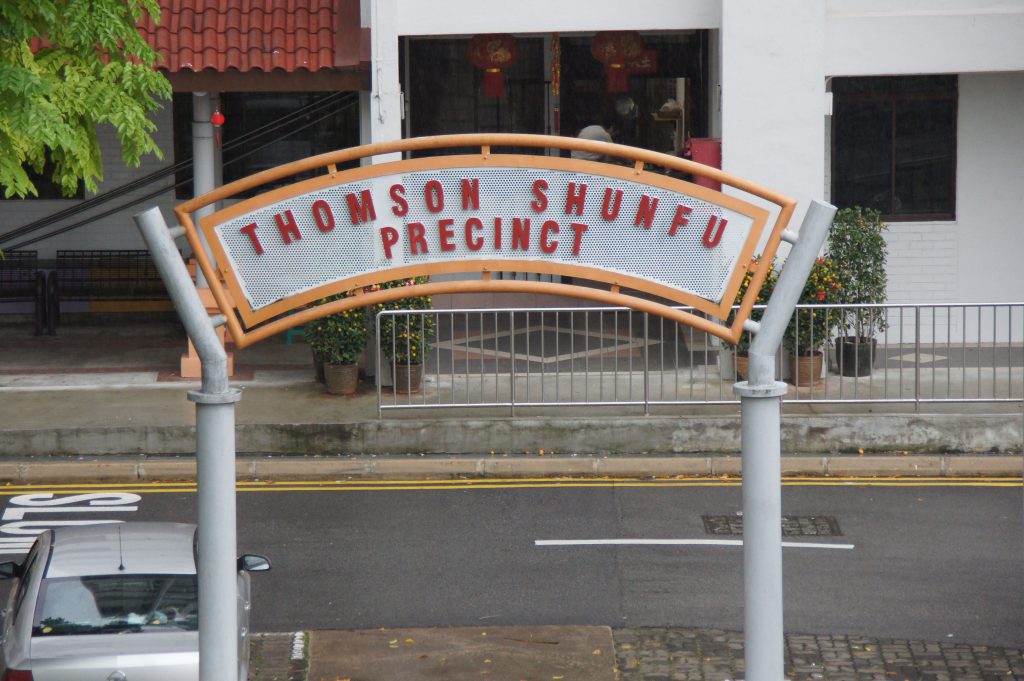
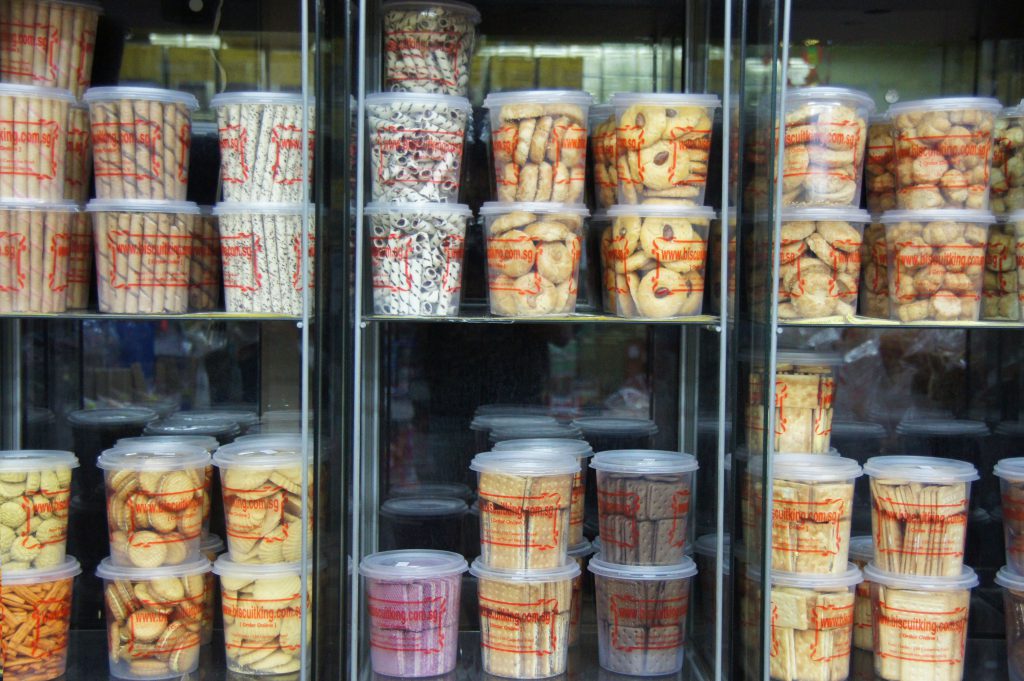
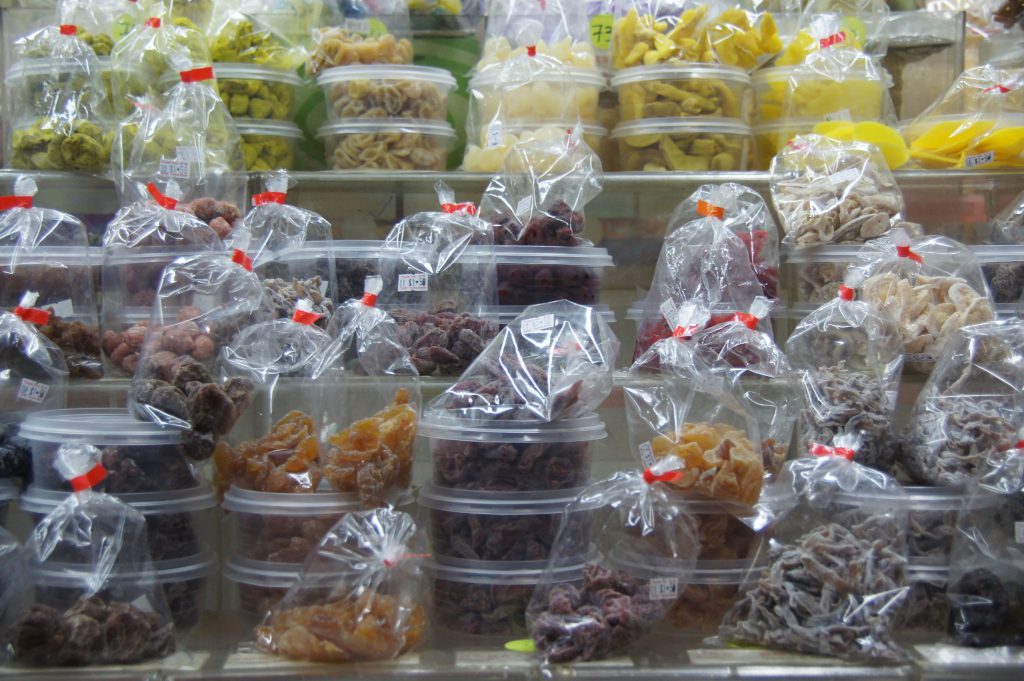
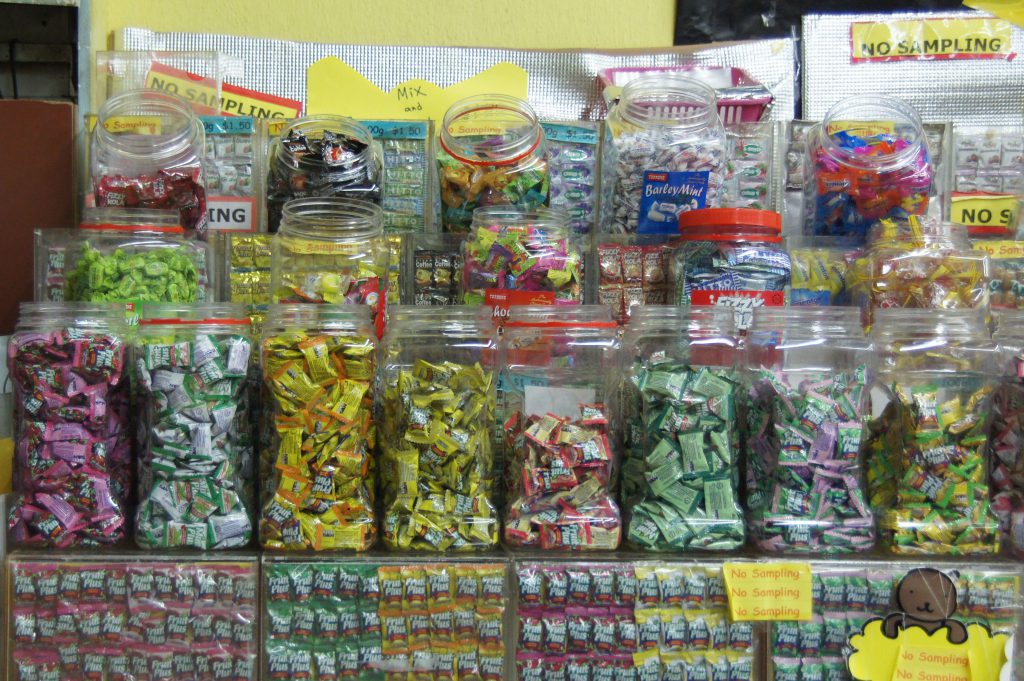

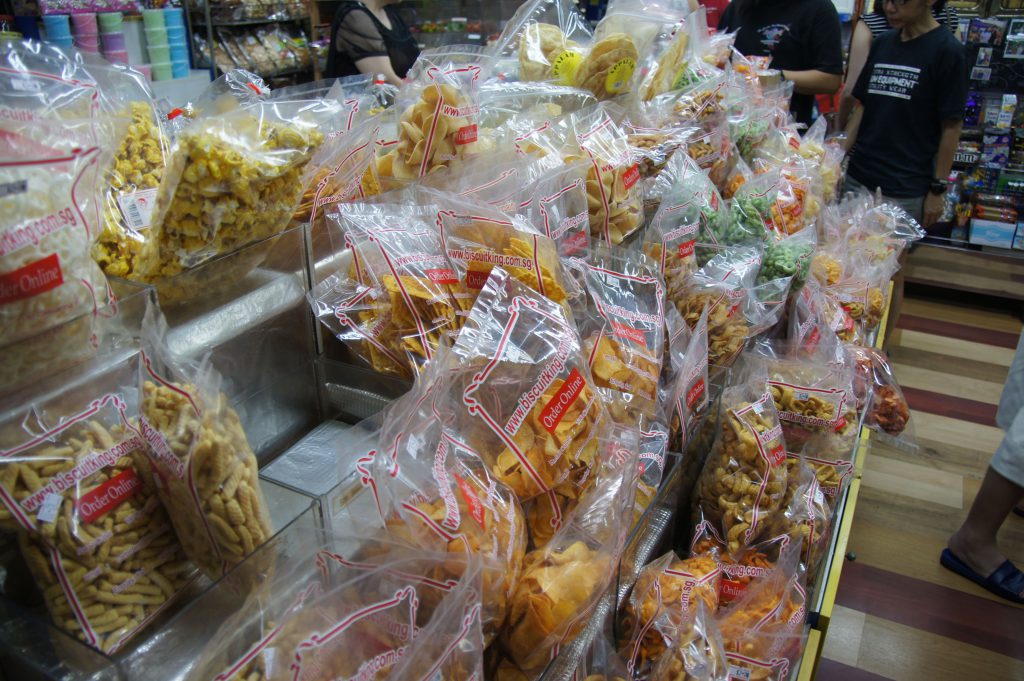

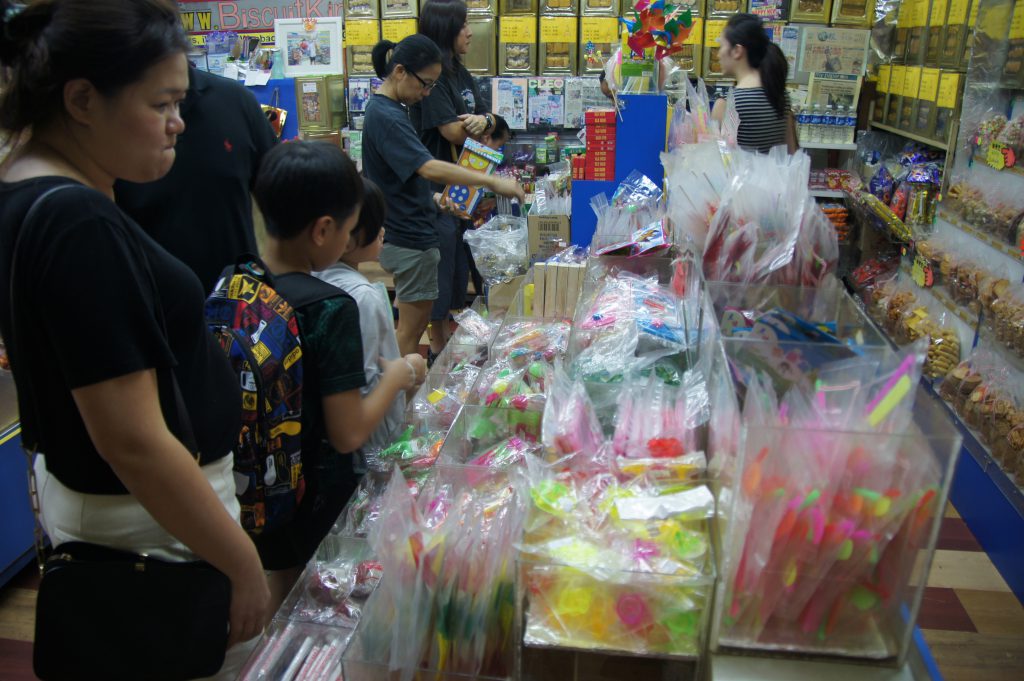



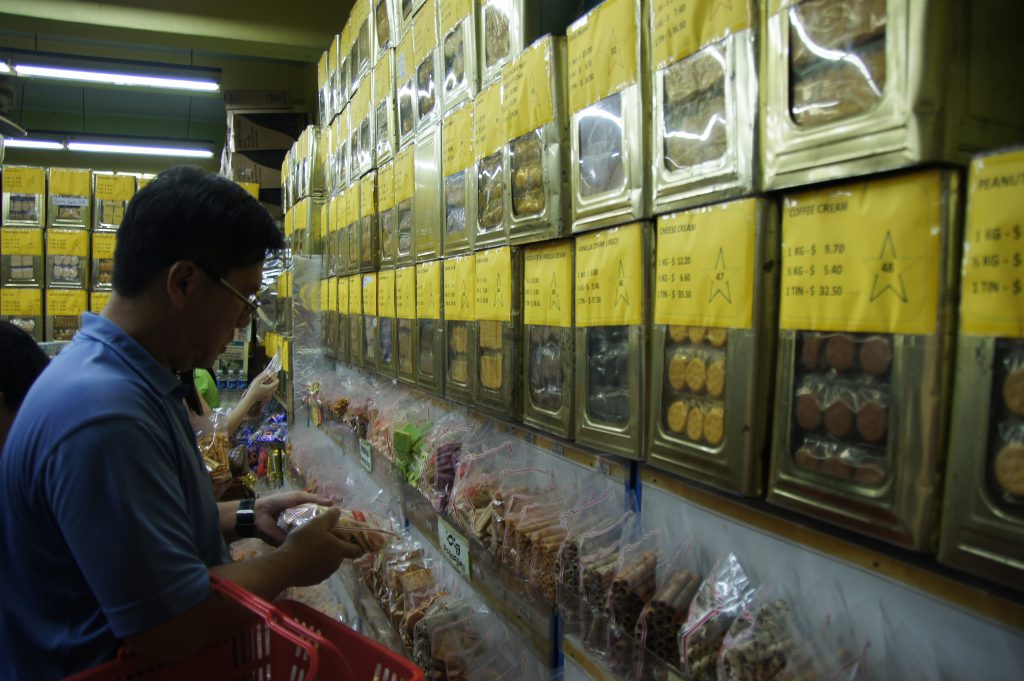
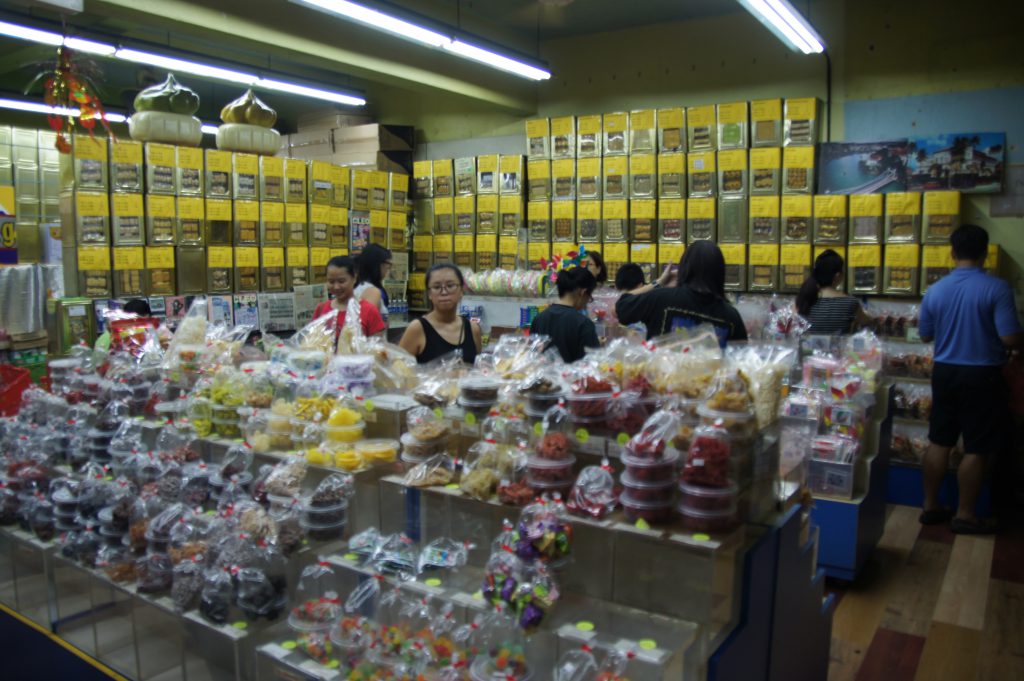
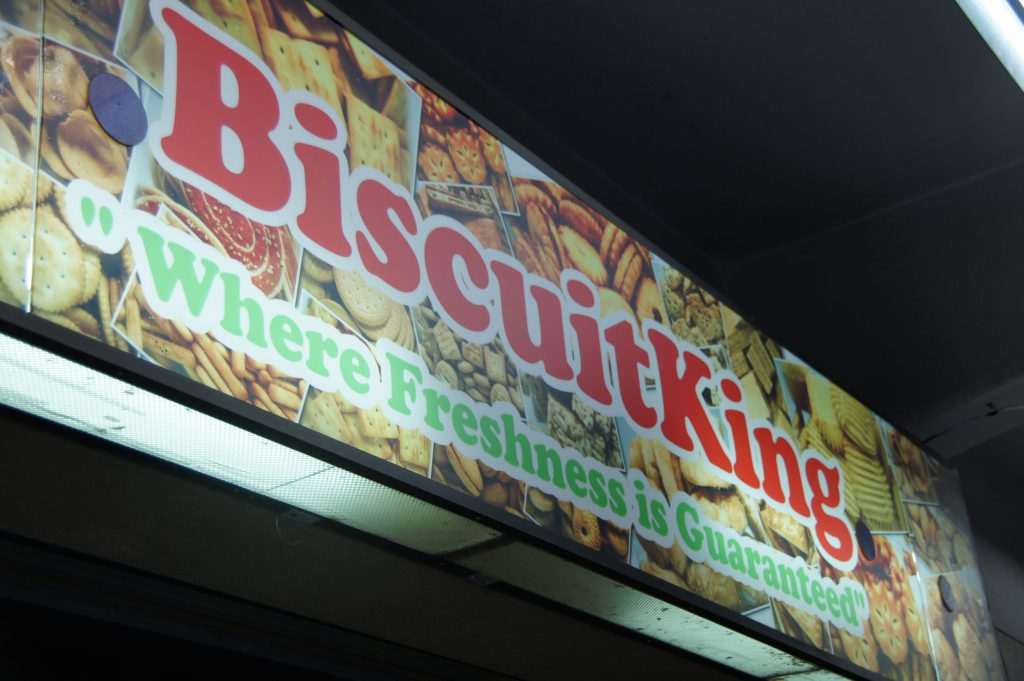
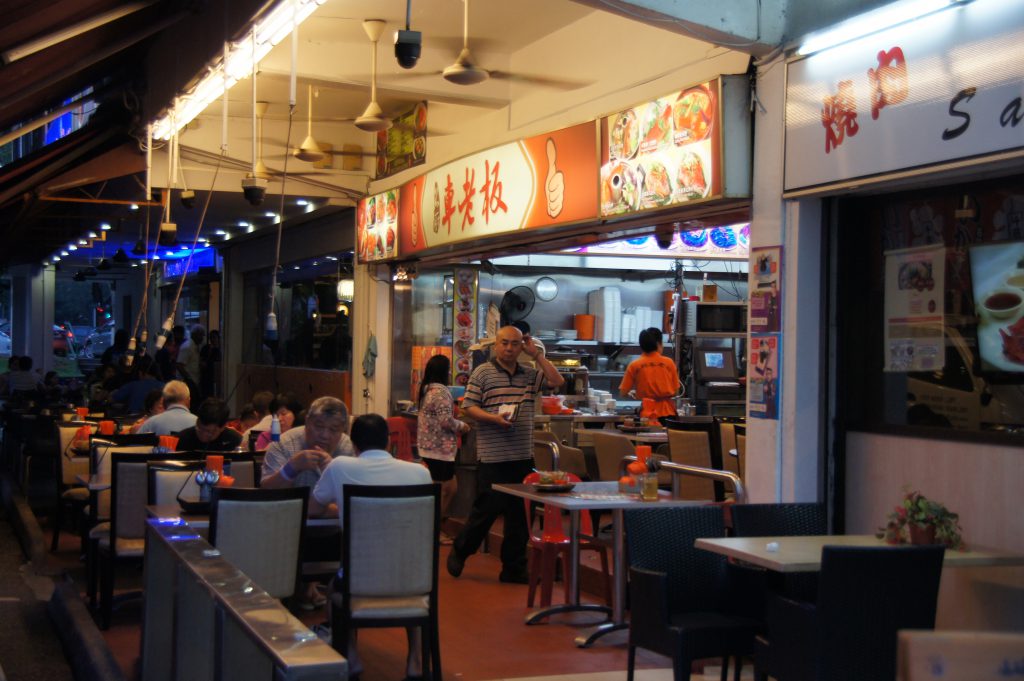
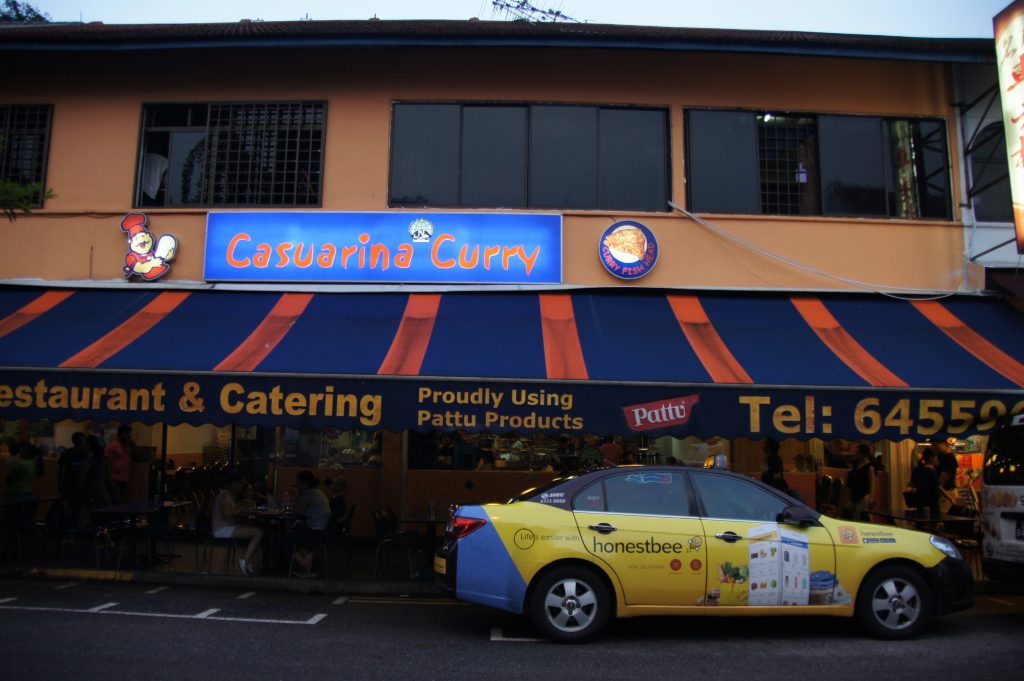

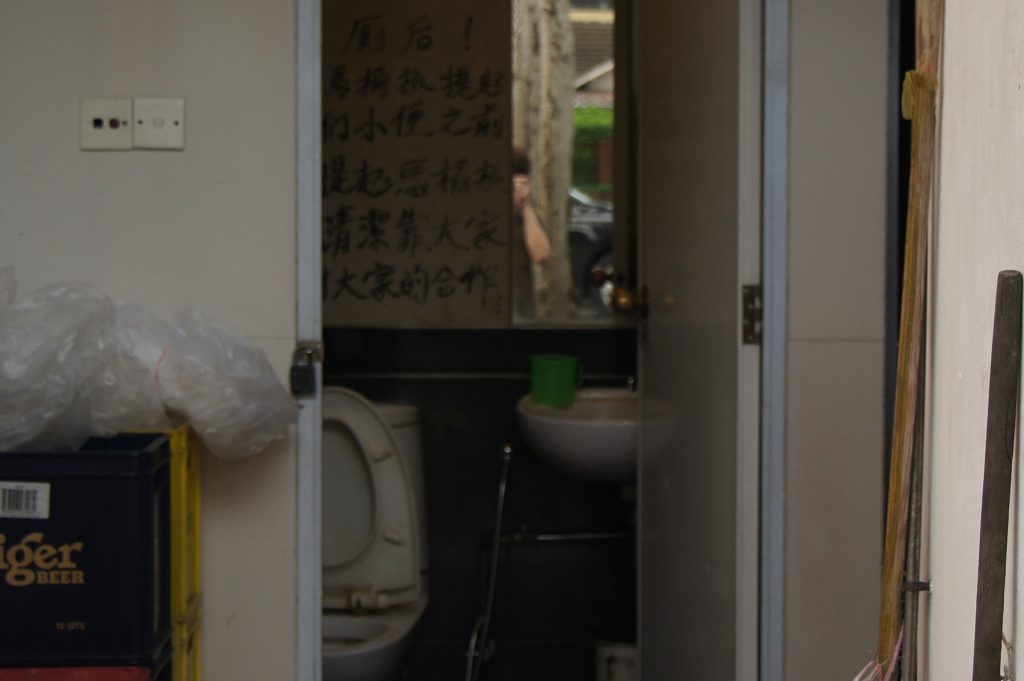
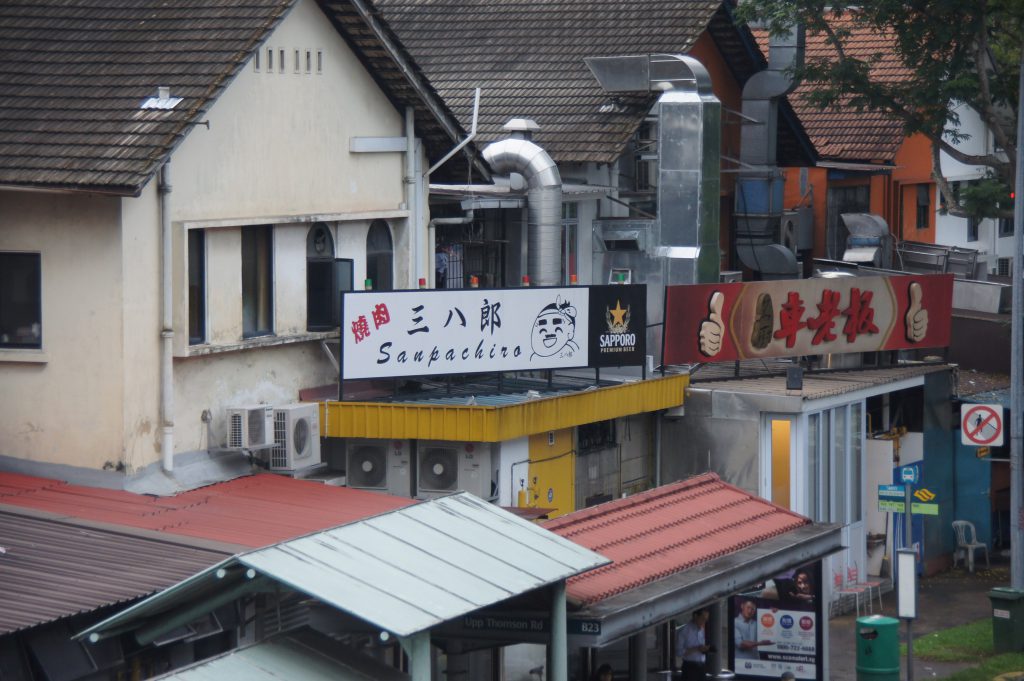
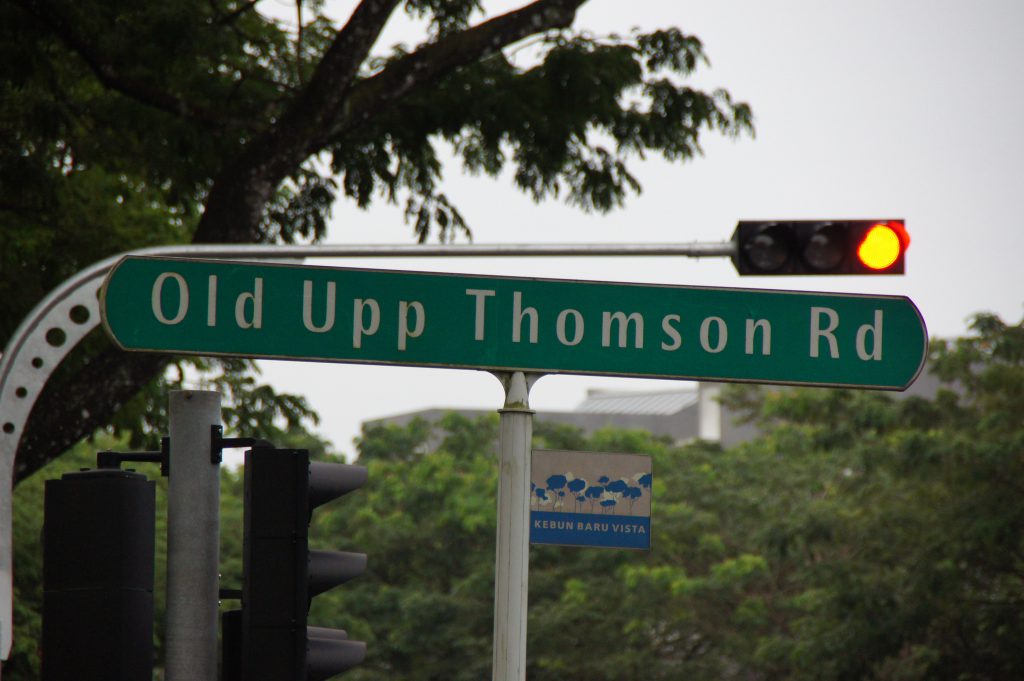
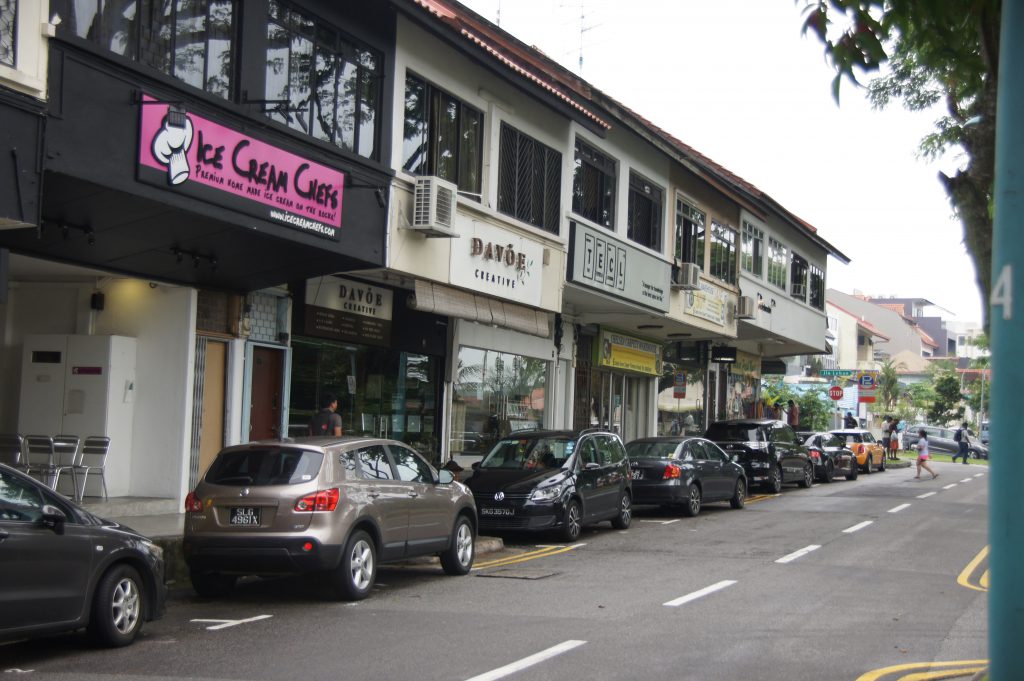

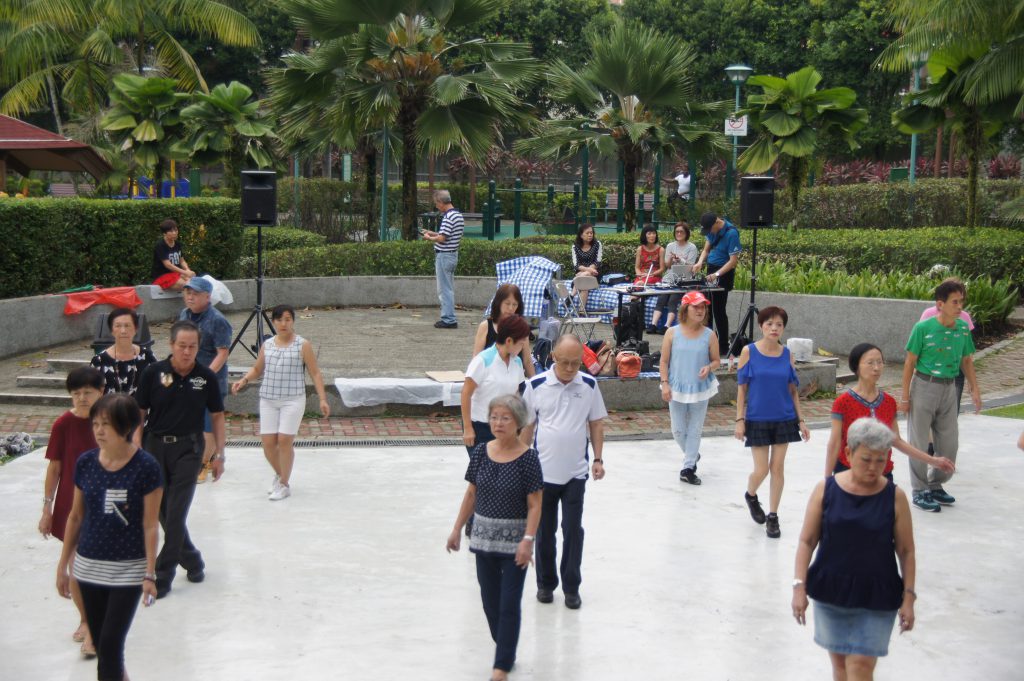
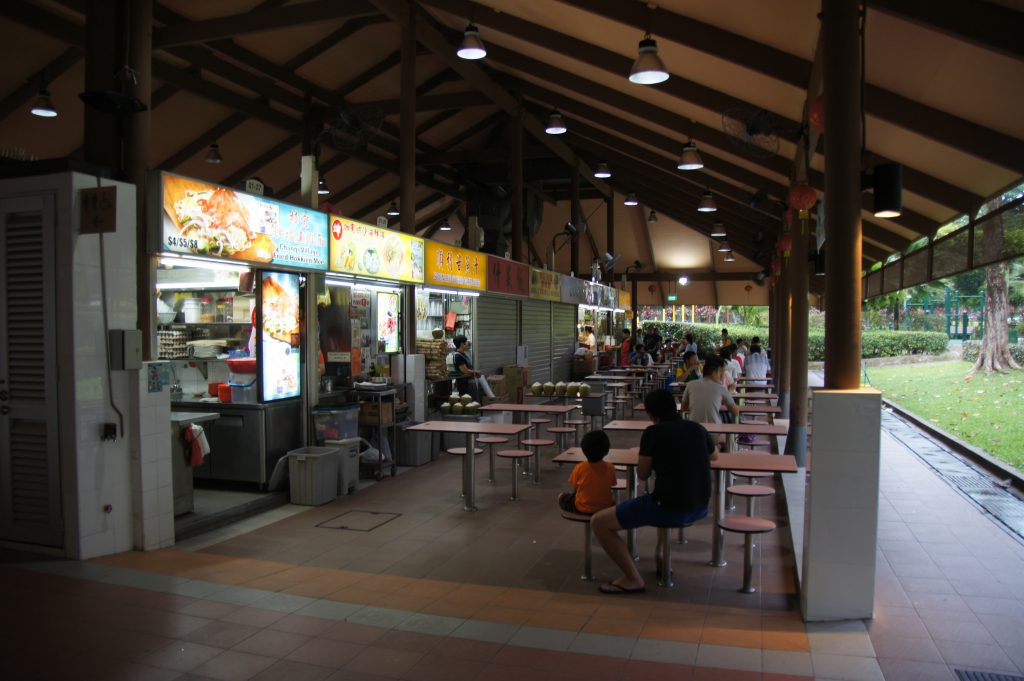
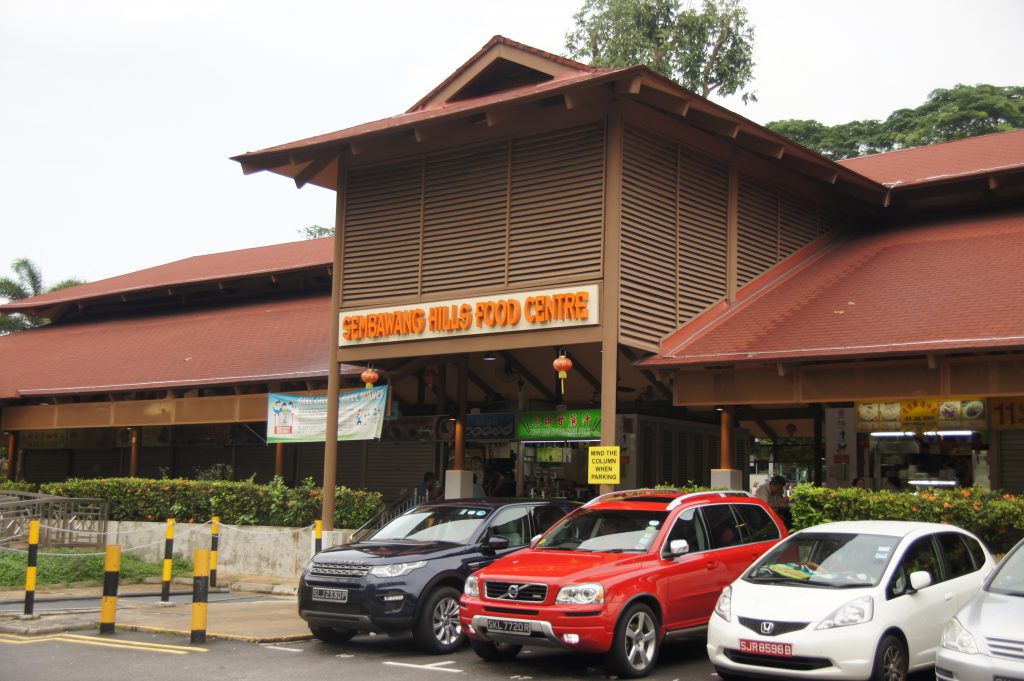
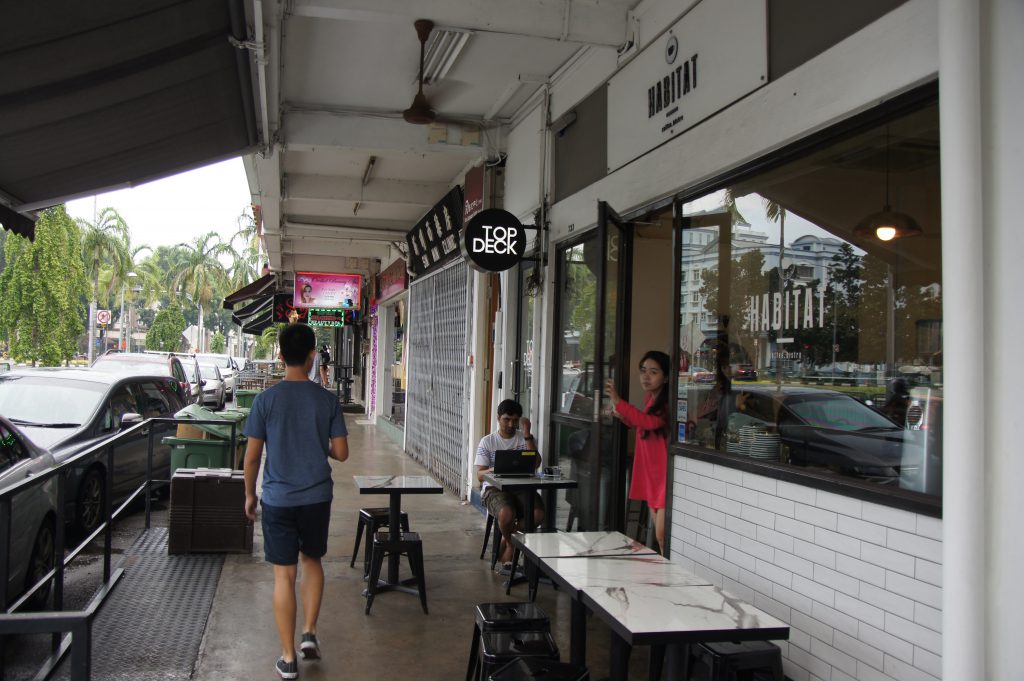
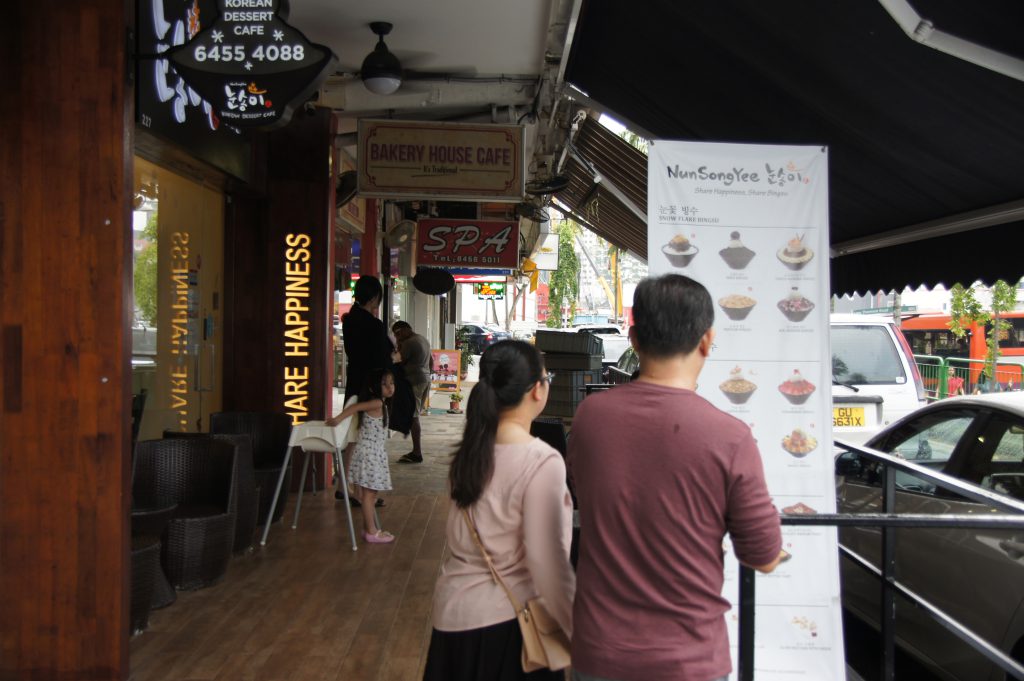
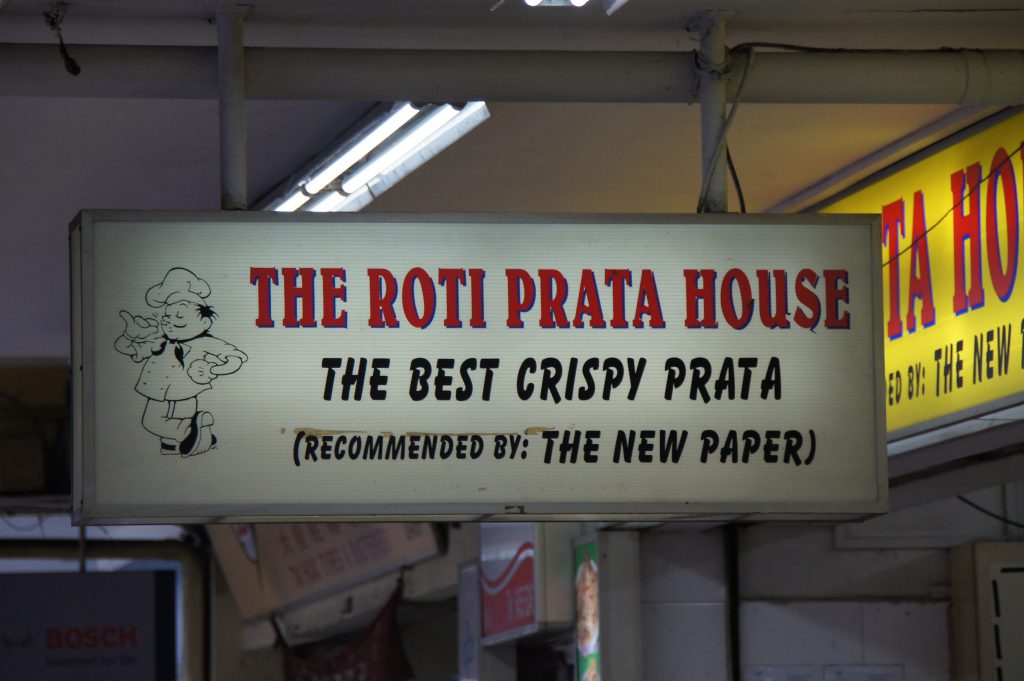
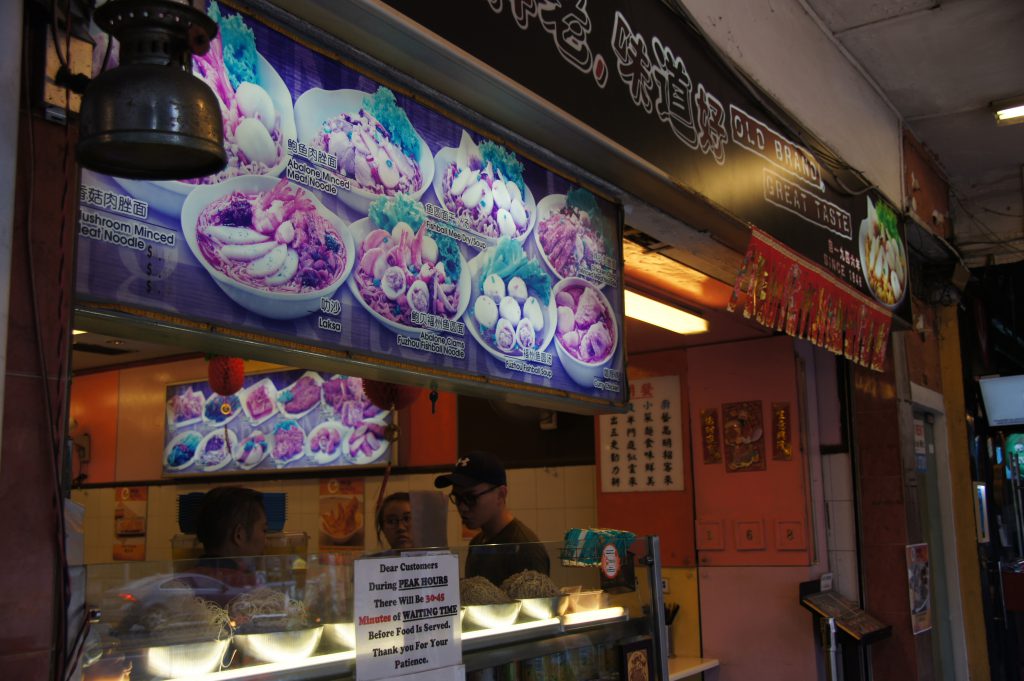


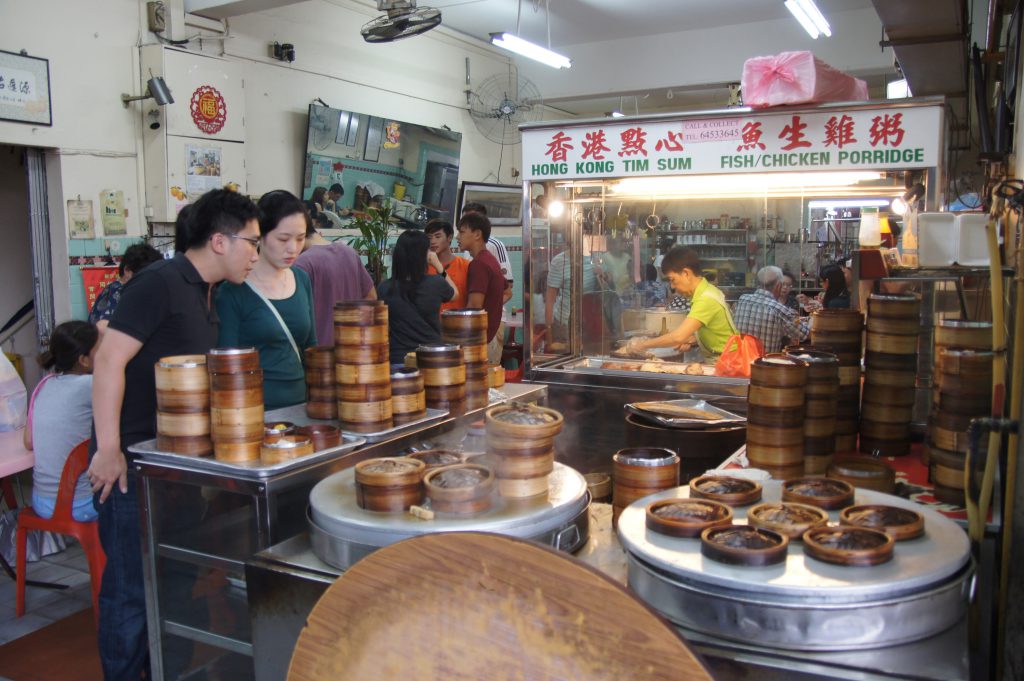
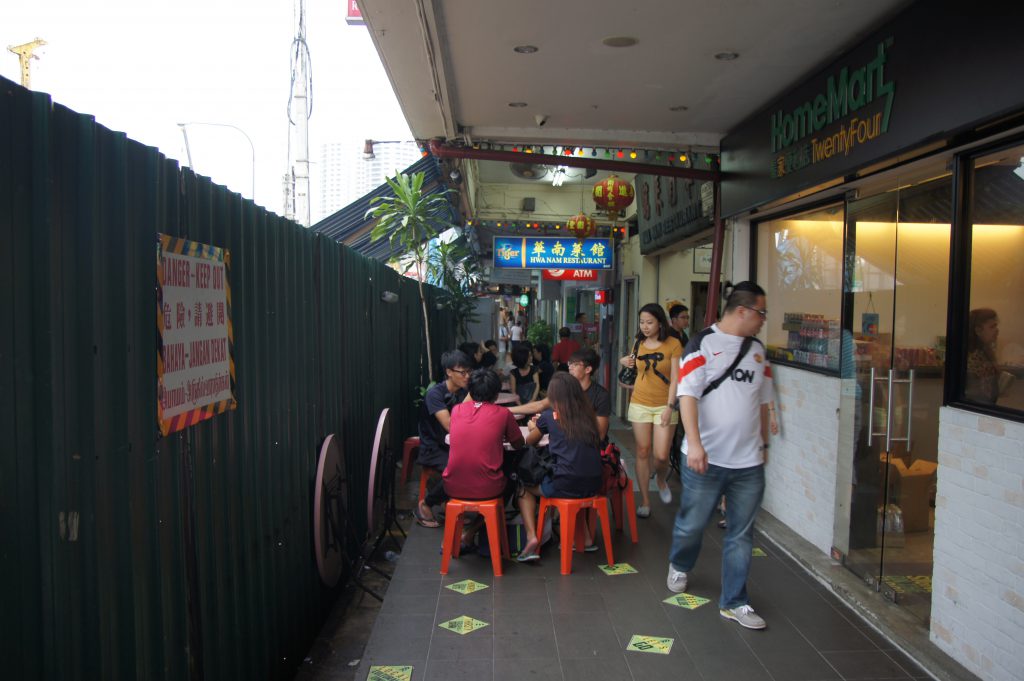
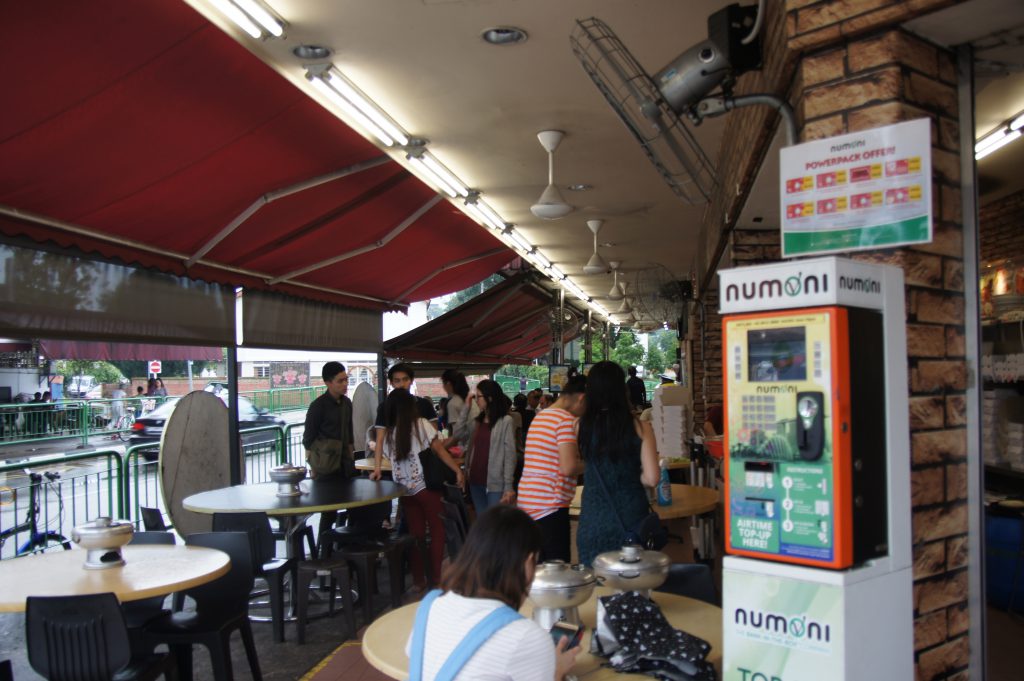
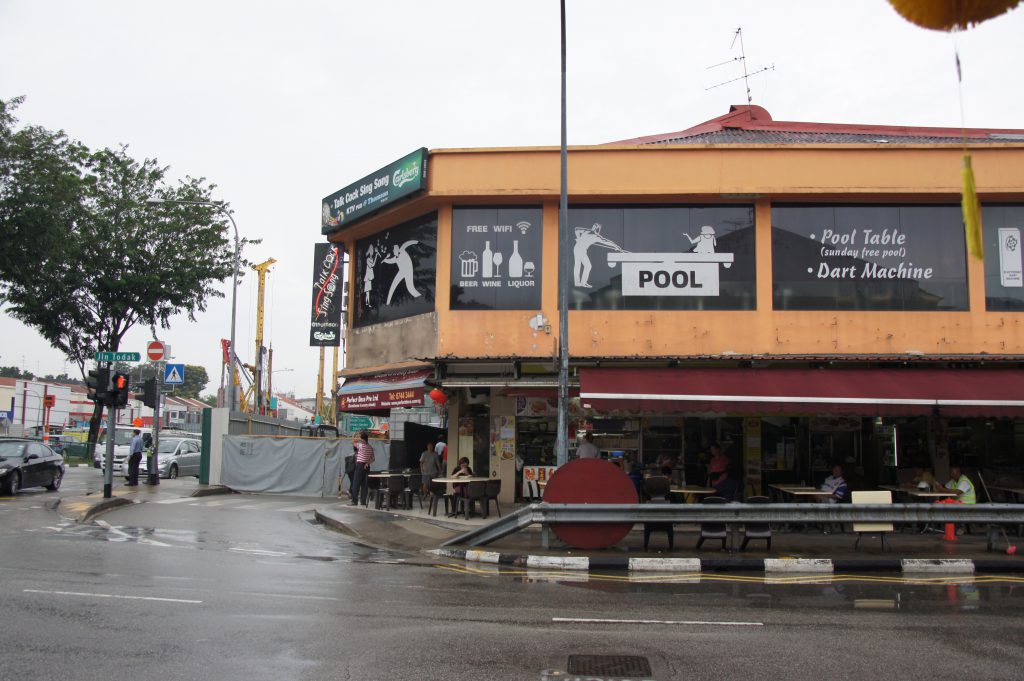
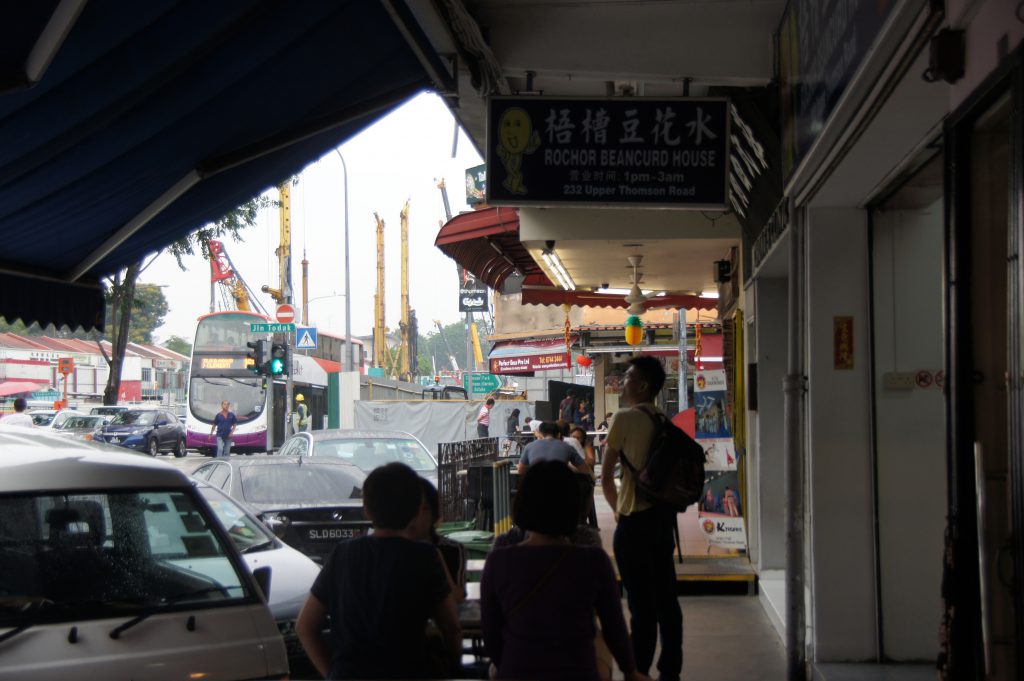
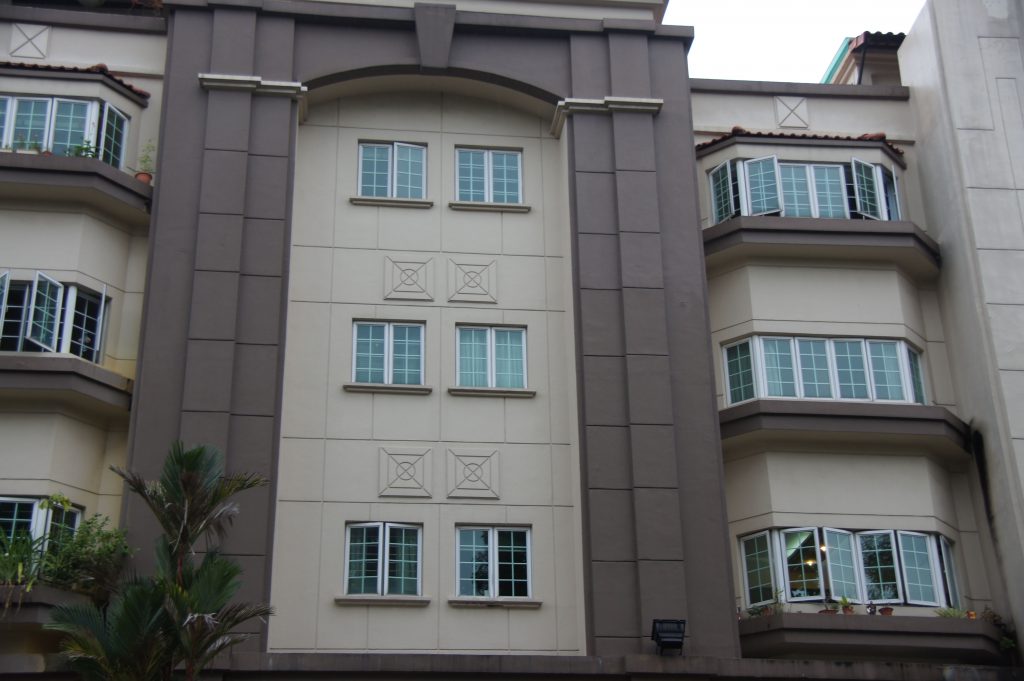
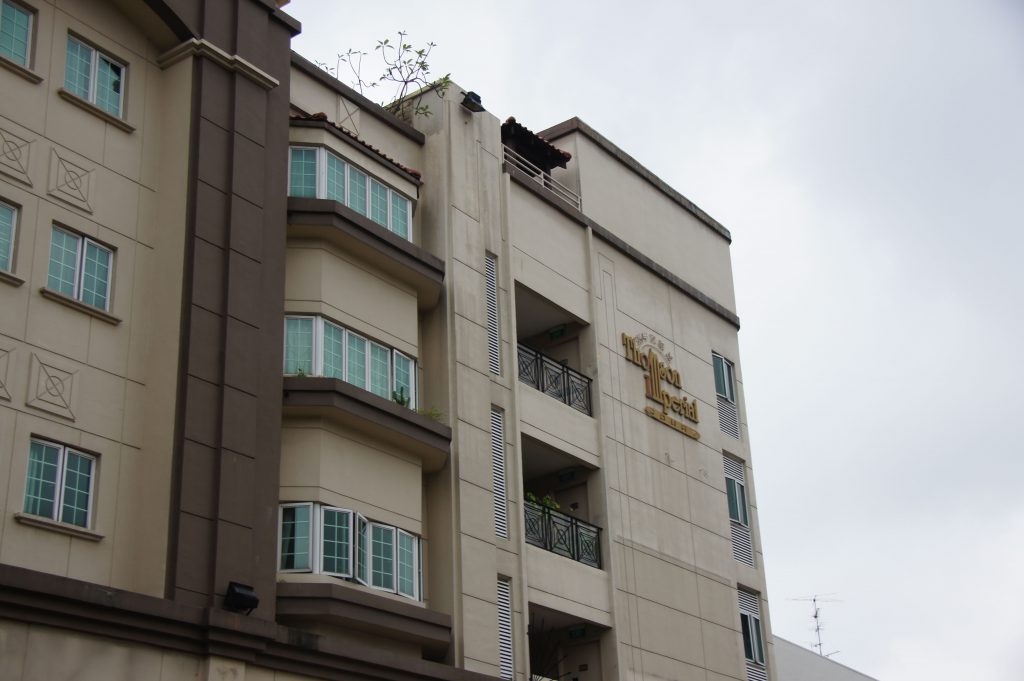

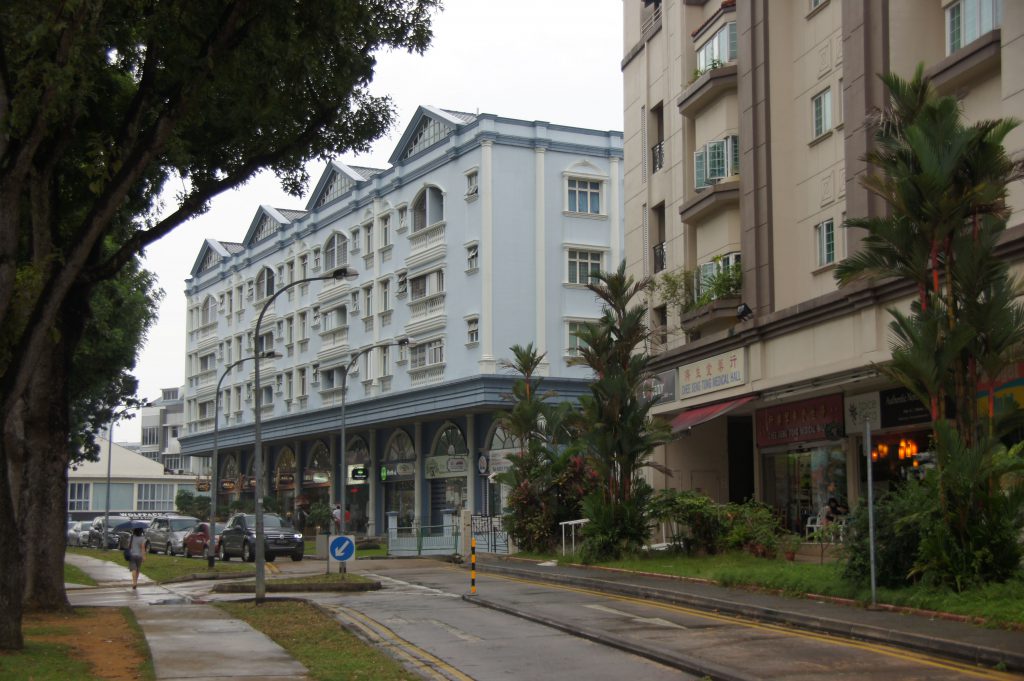
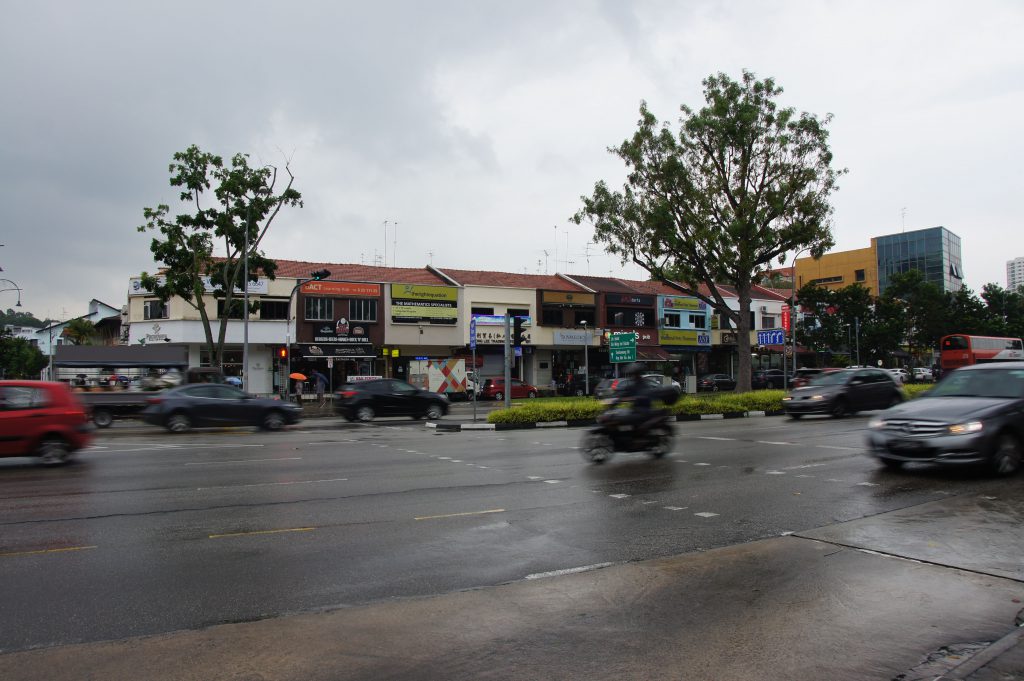
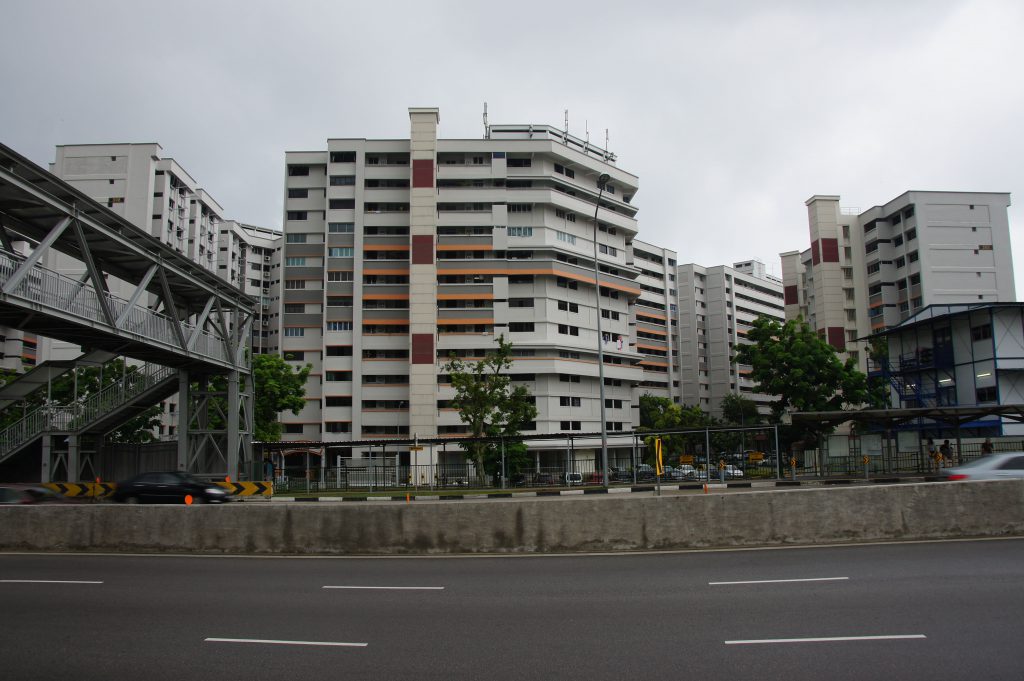


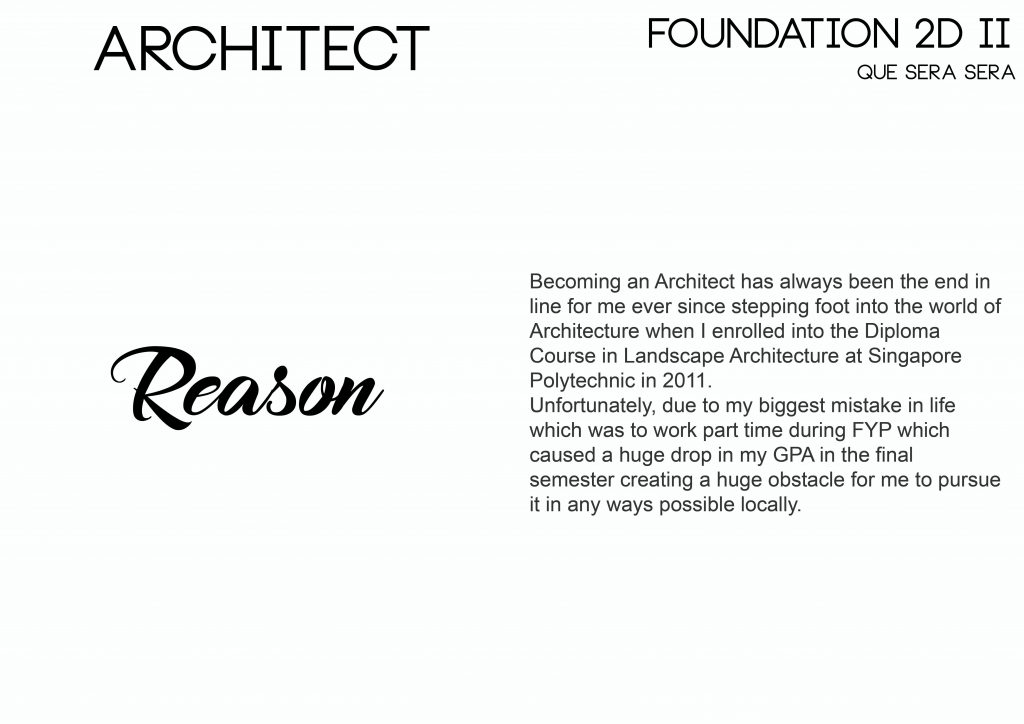






















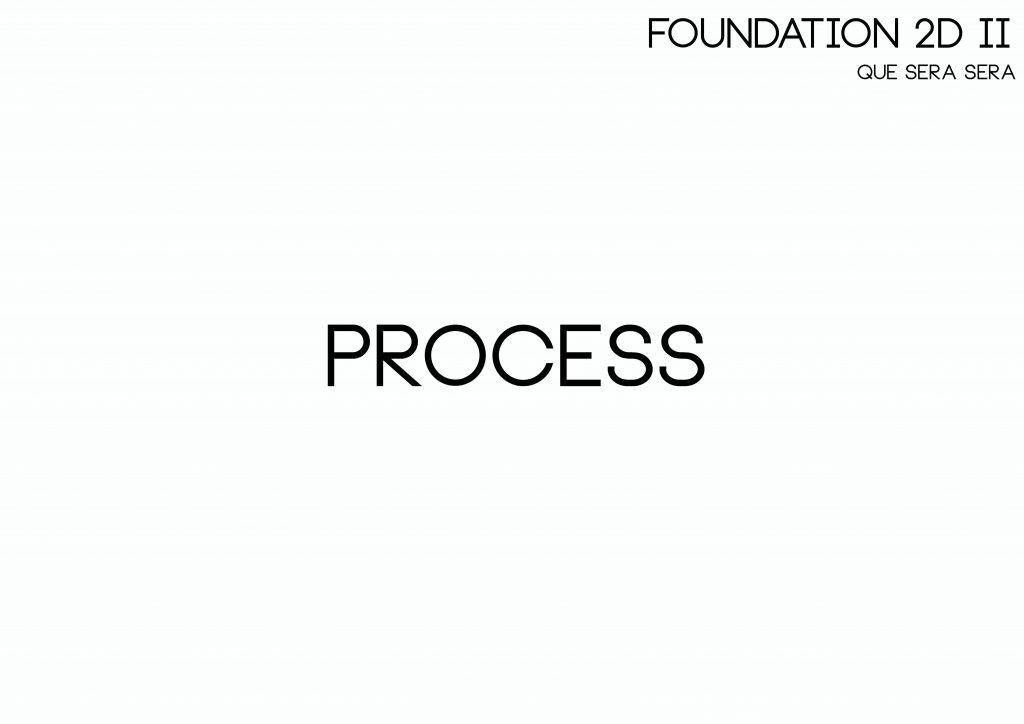
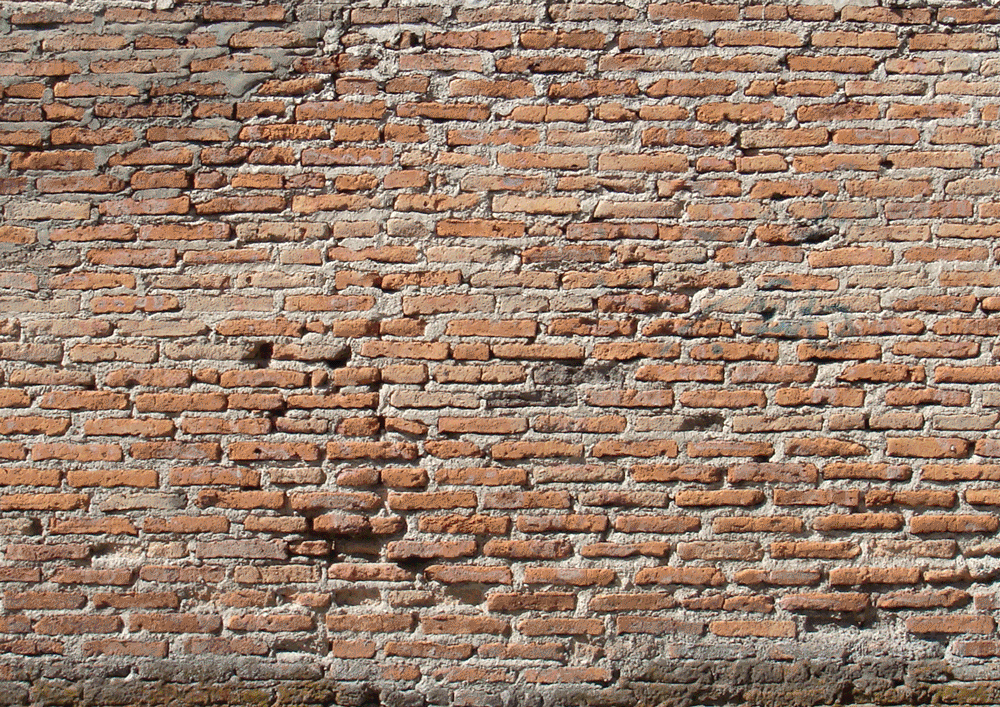


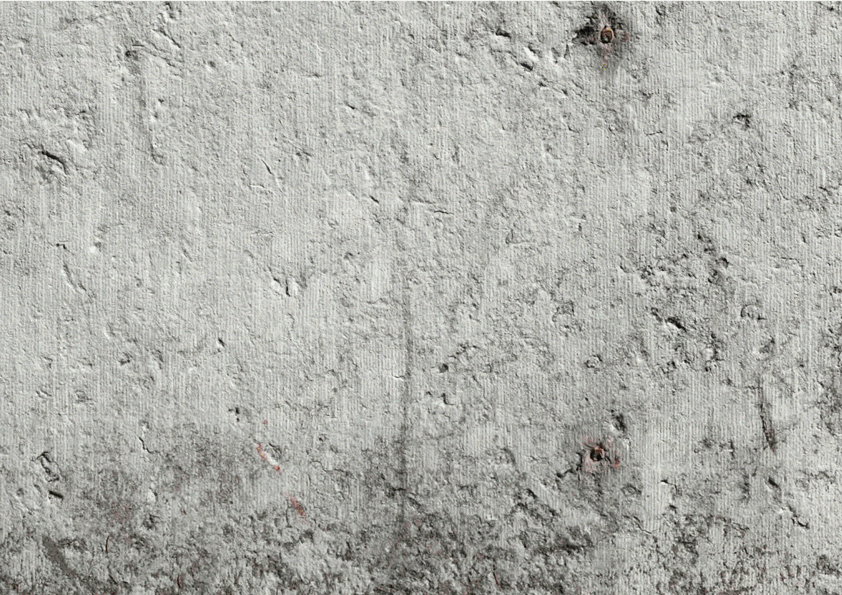




![Das schöne Mädchen [The Beautiful Girl]](https://d7hftxdivxxvm.cloudfront.net/?resize_to=fit&width=249&height=300&quality=95&src=https%3A%2F%2Fd32dm0rphc51dk.cloudfront.net%2FzvMffa3m-b45hujyM3j6BA%2Flarge.jpg)
